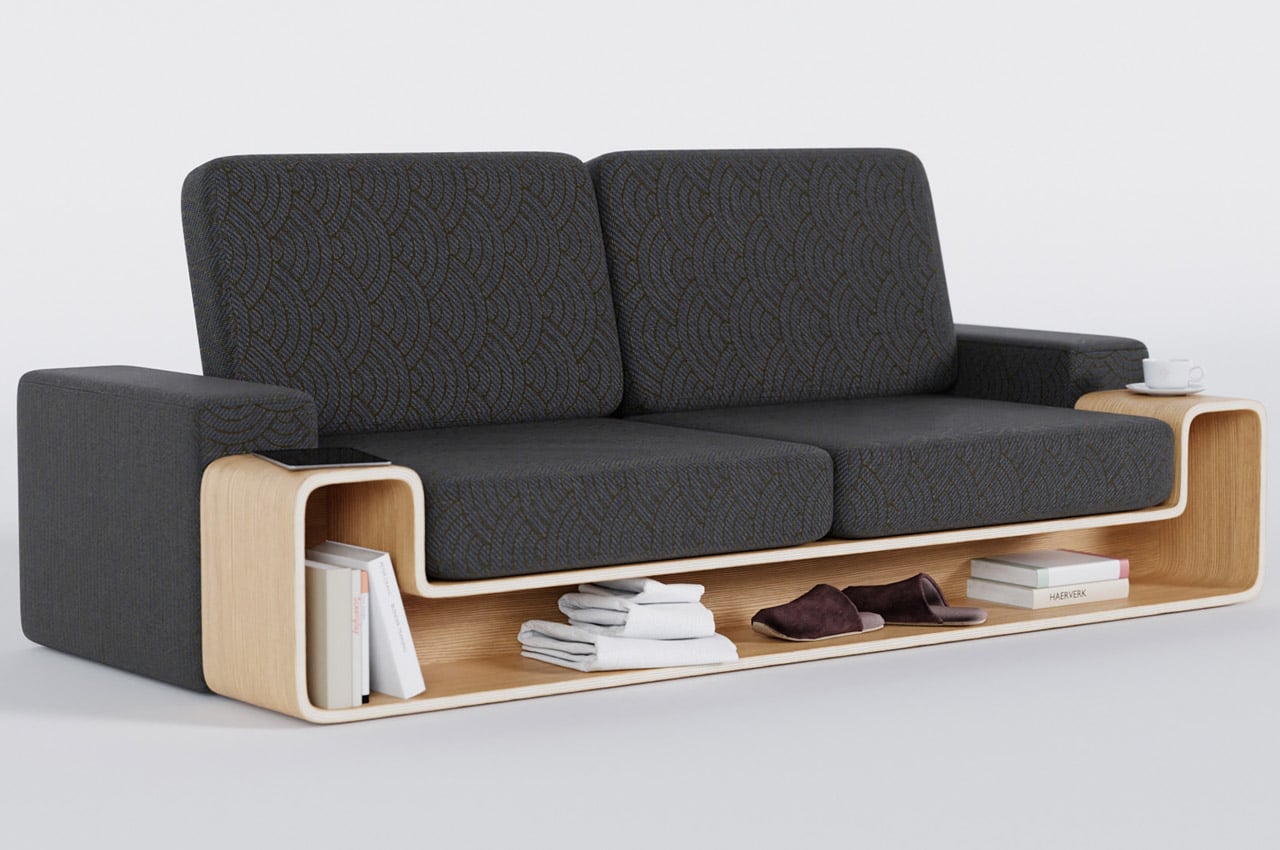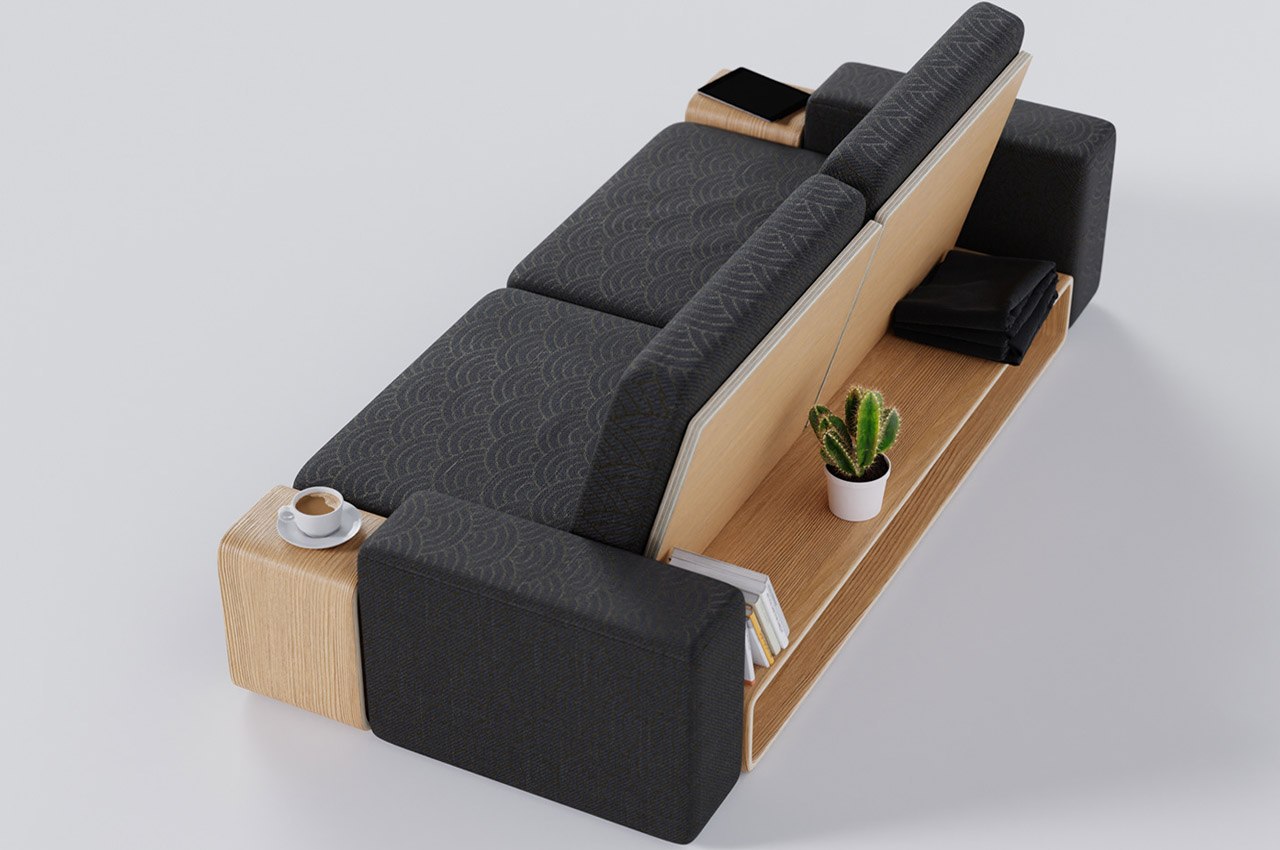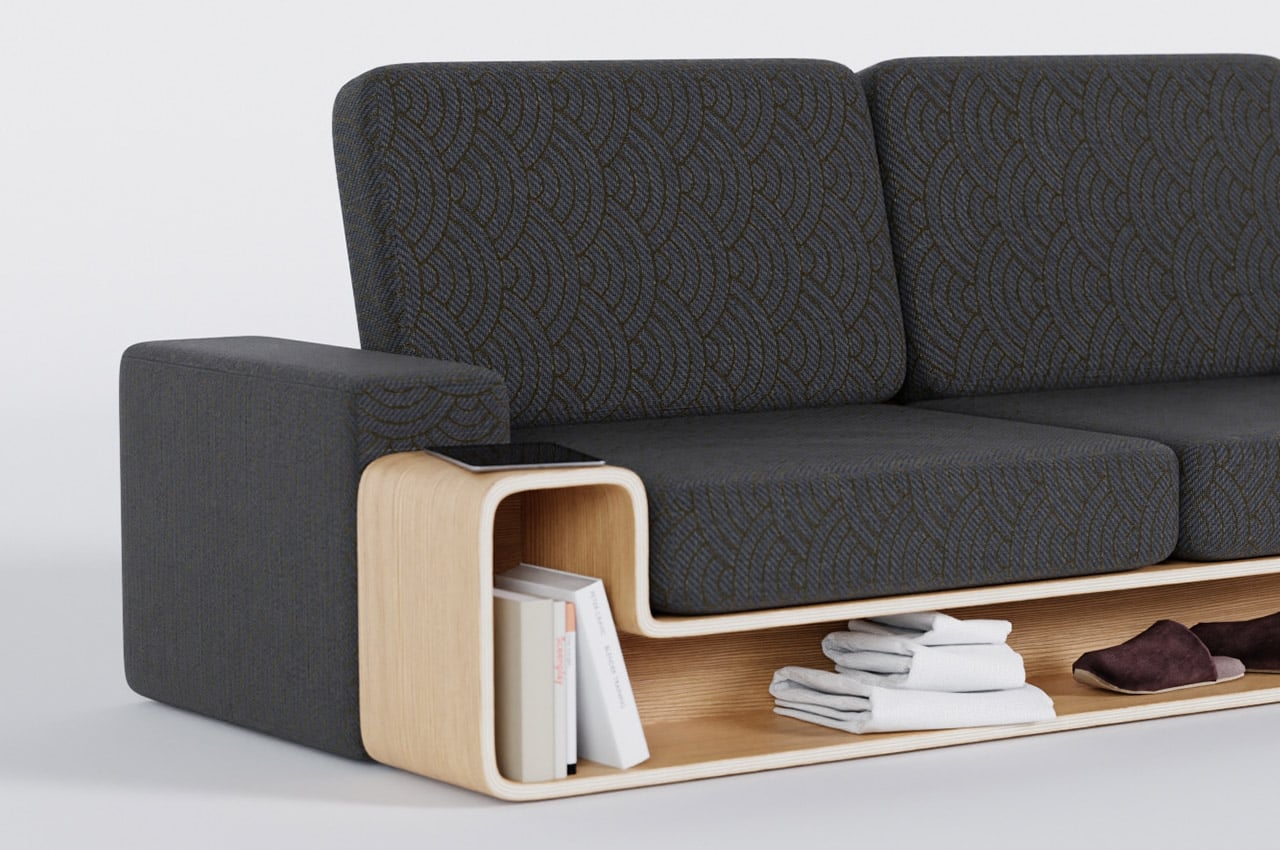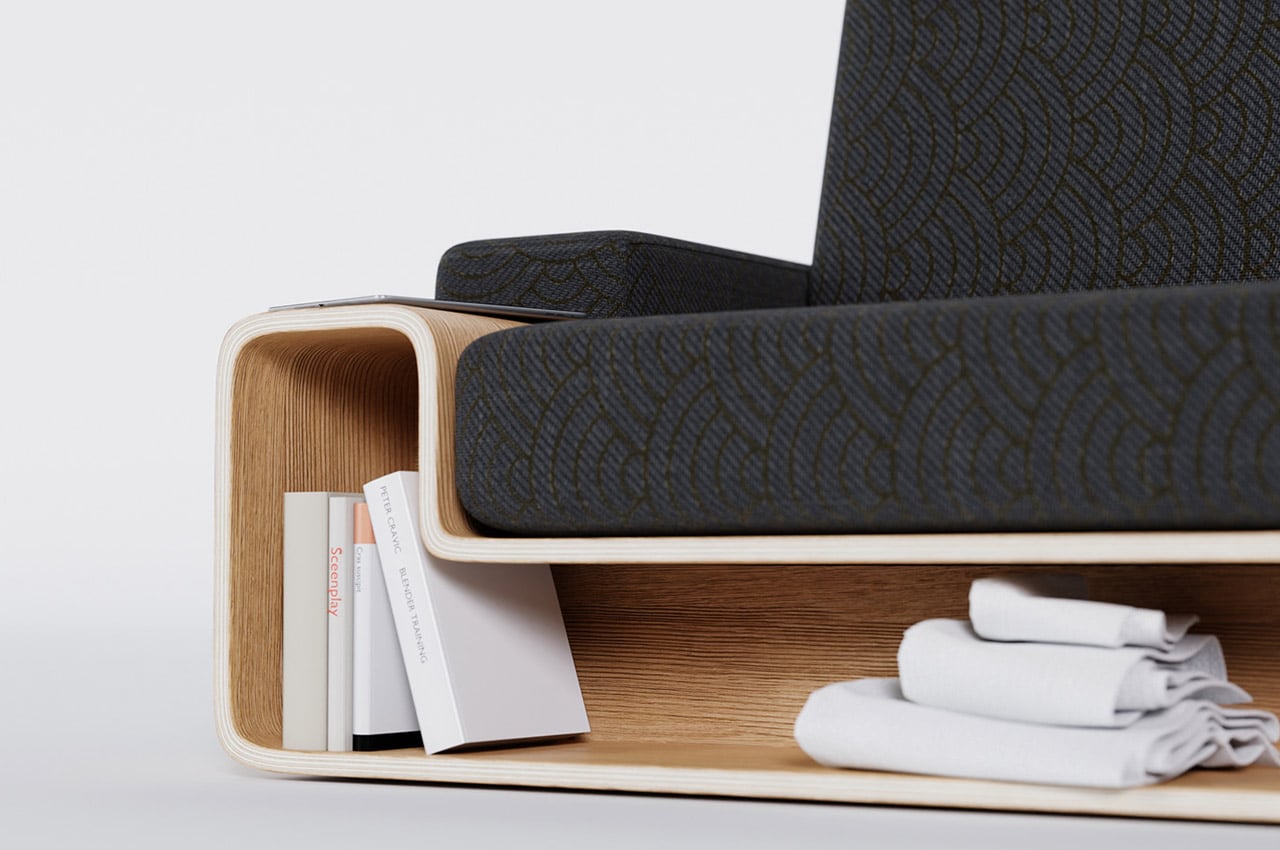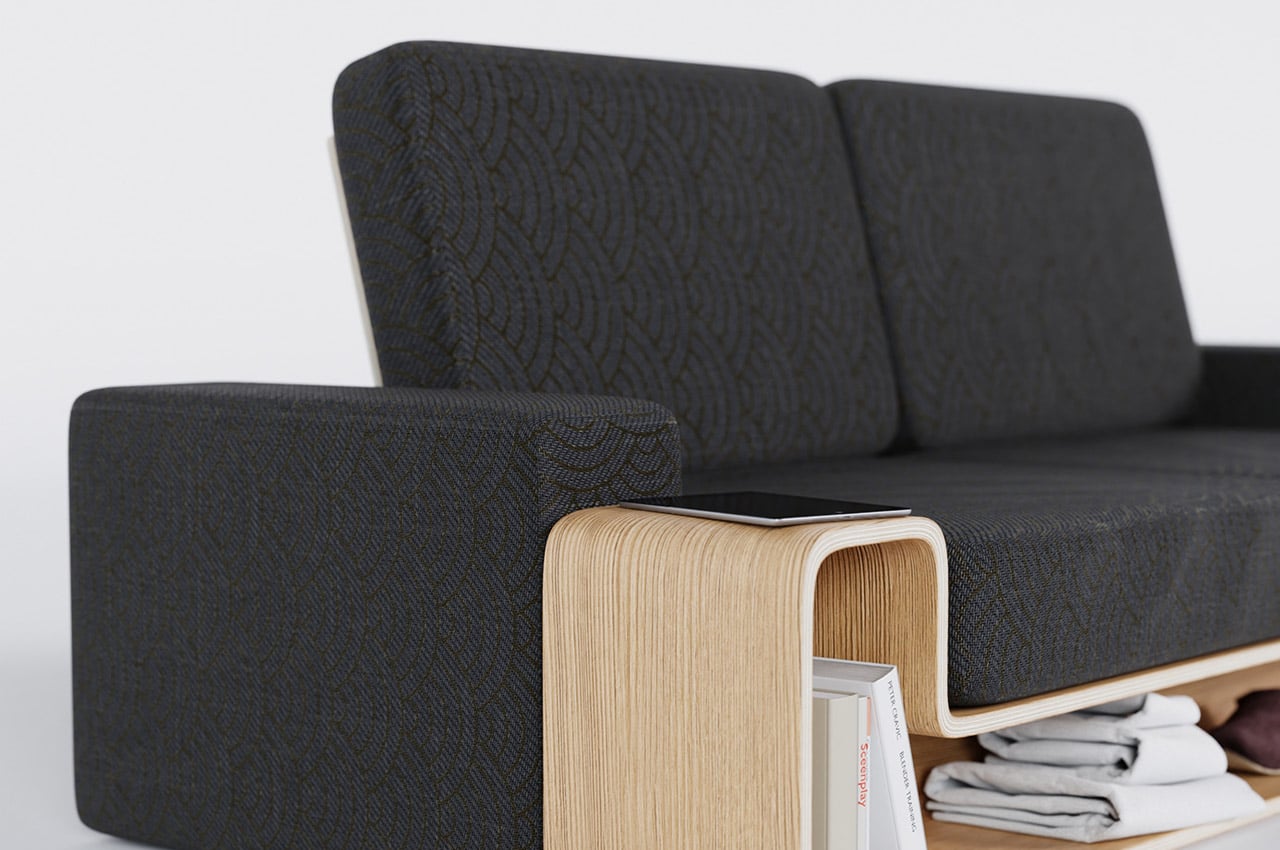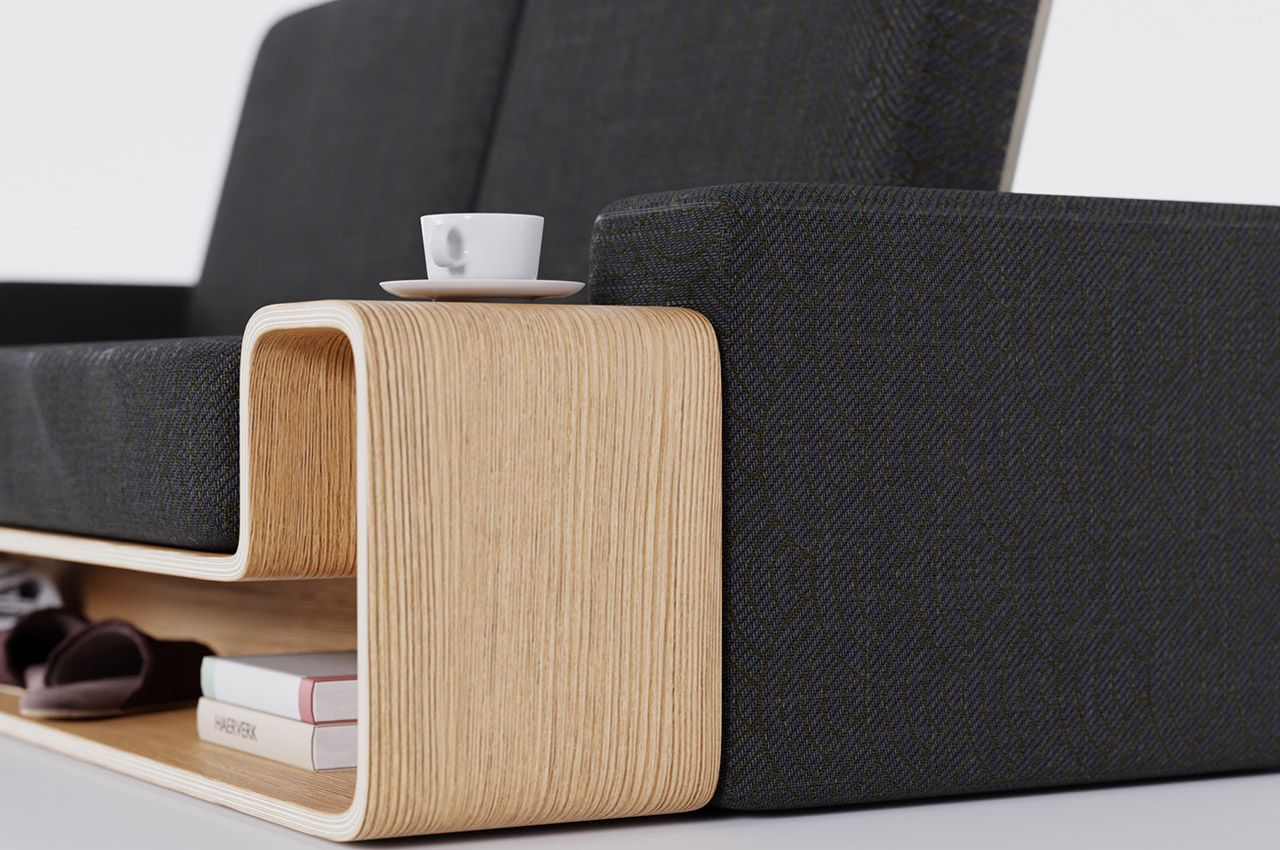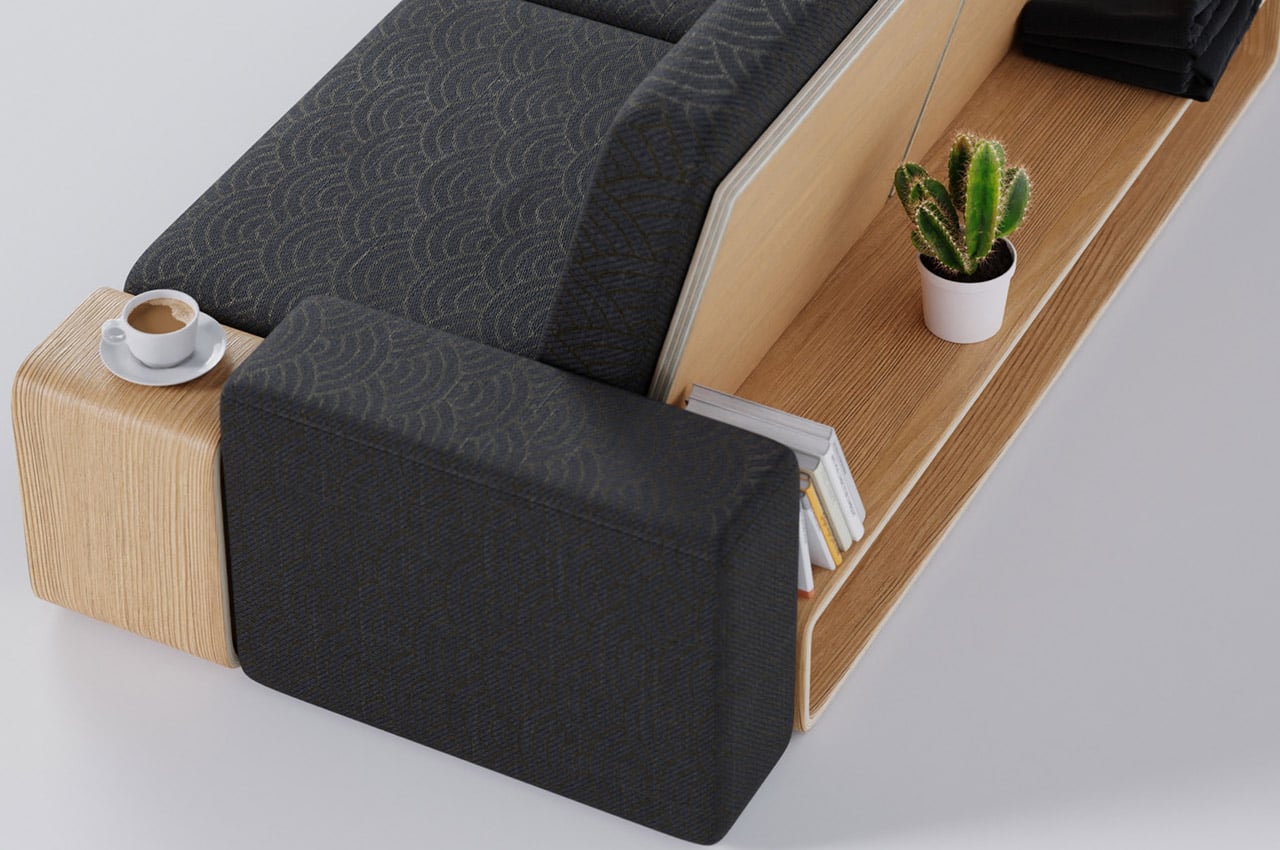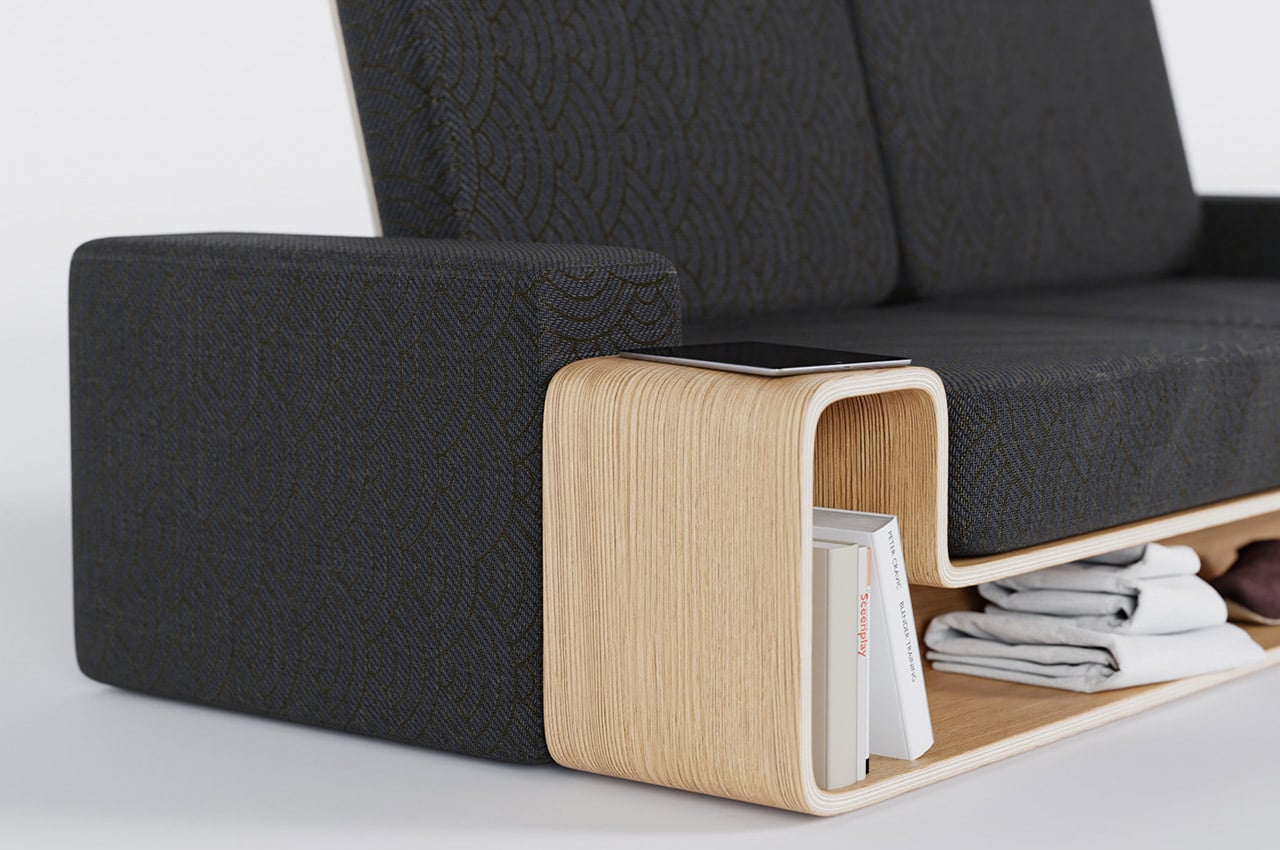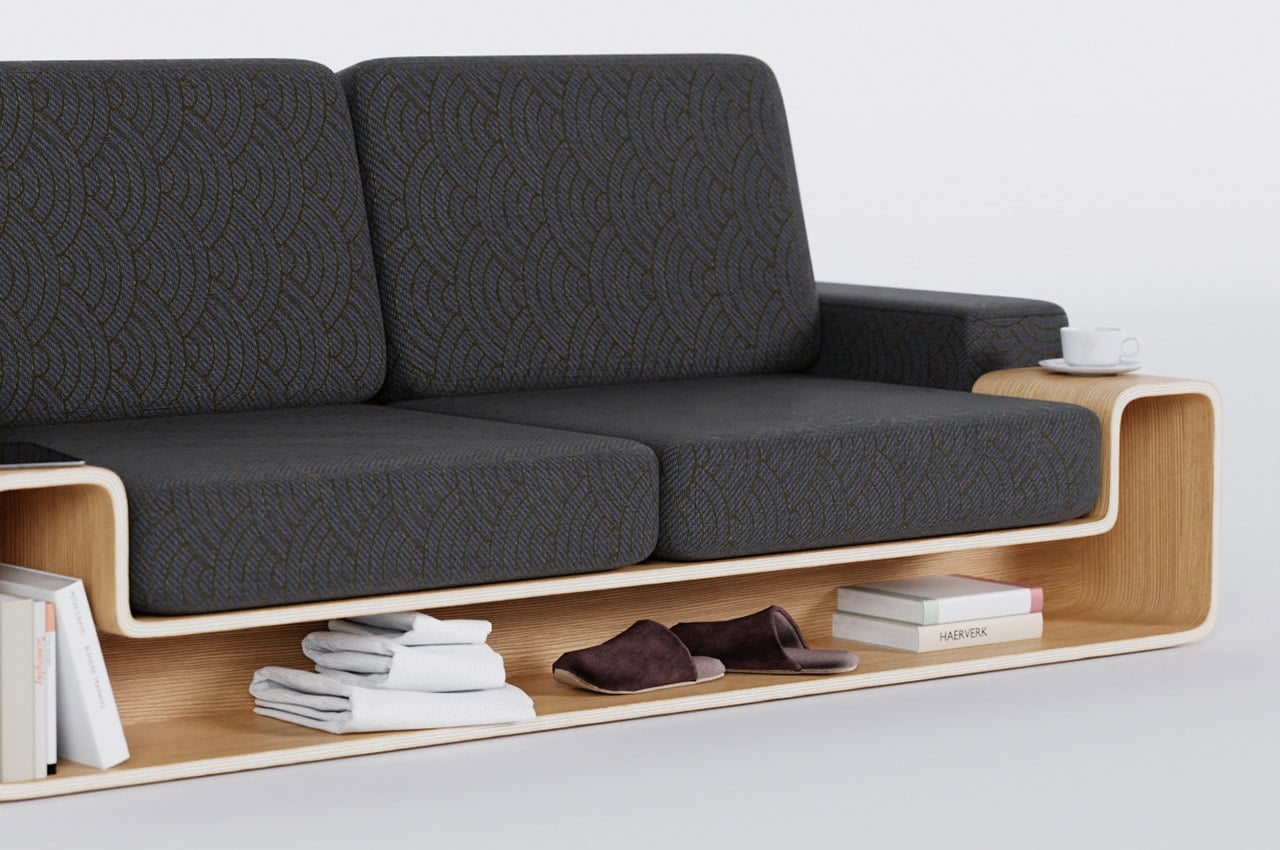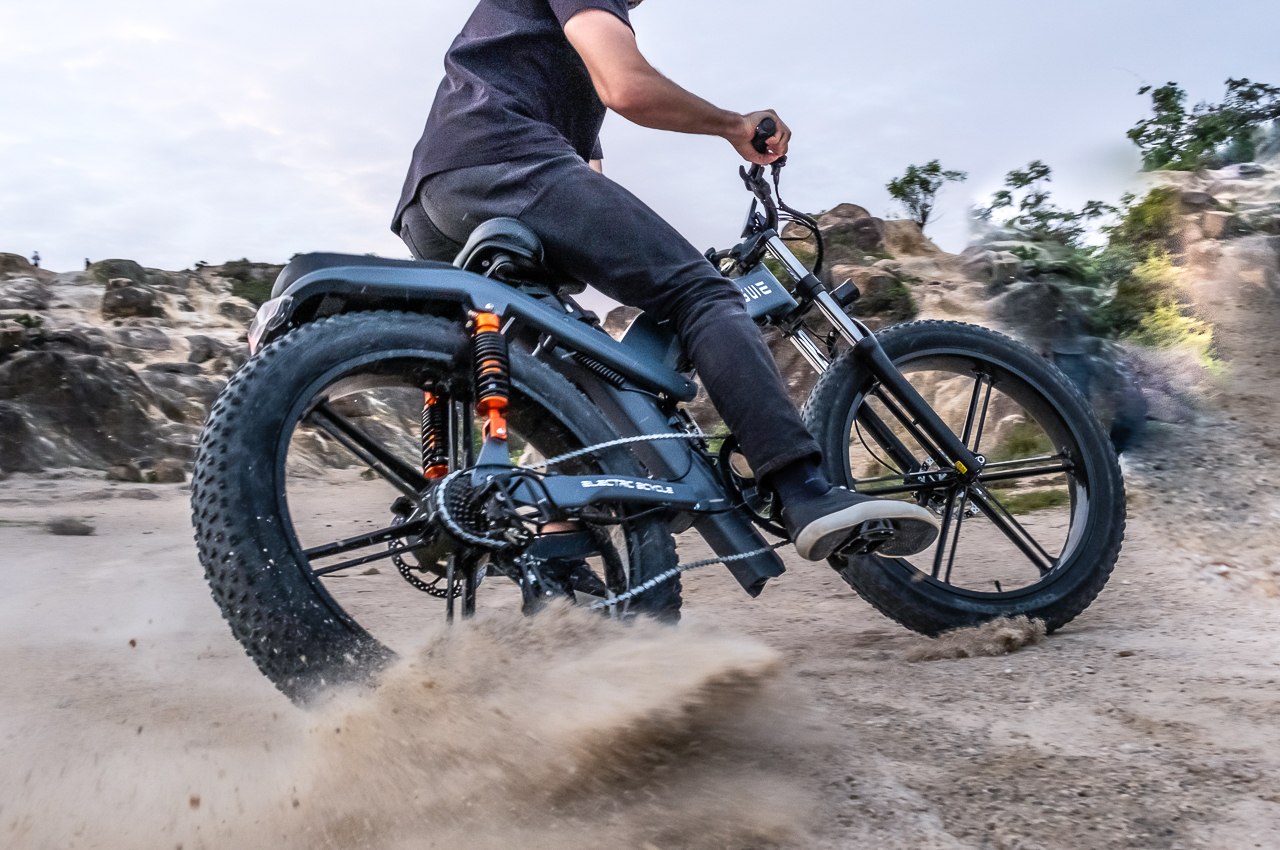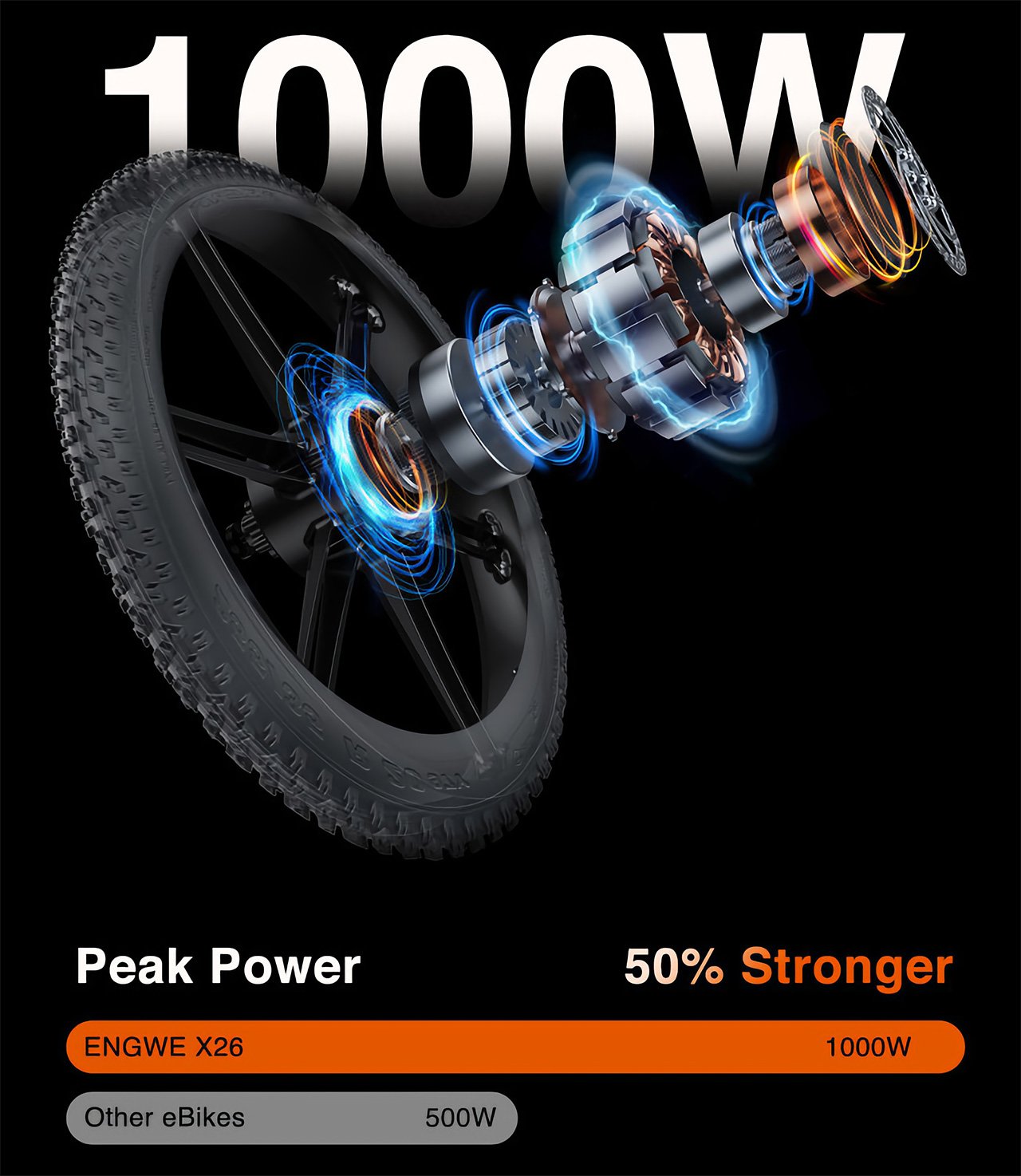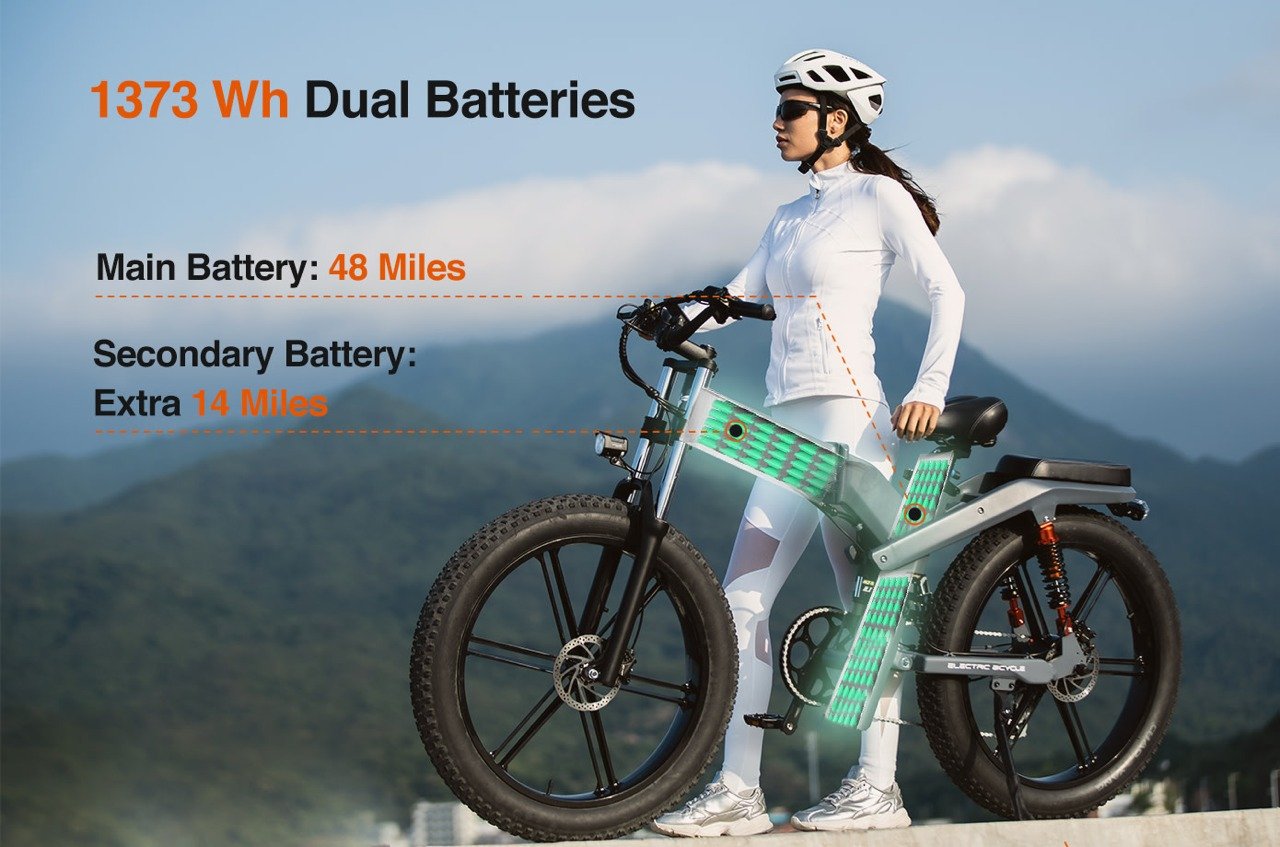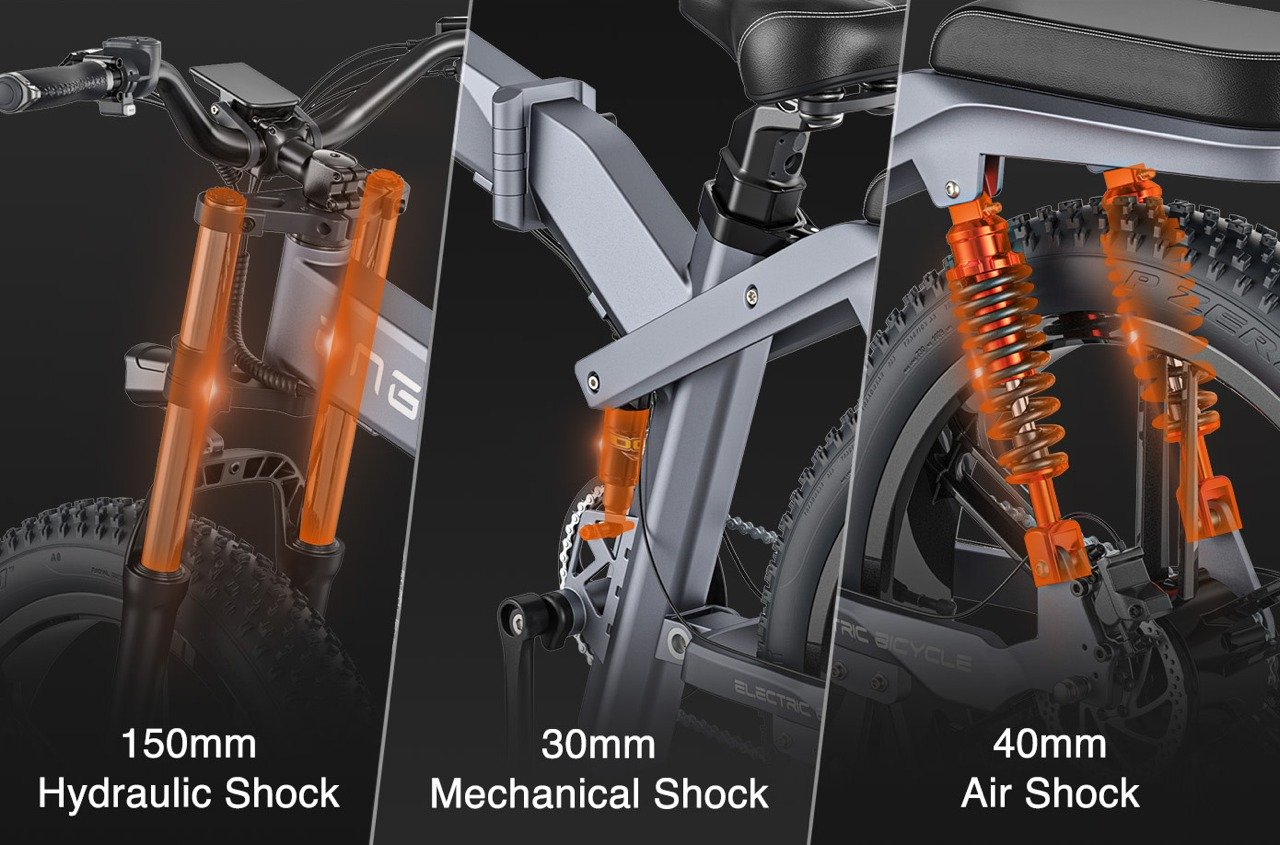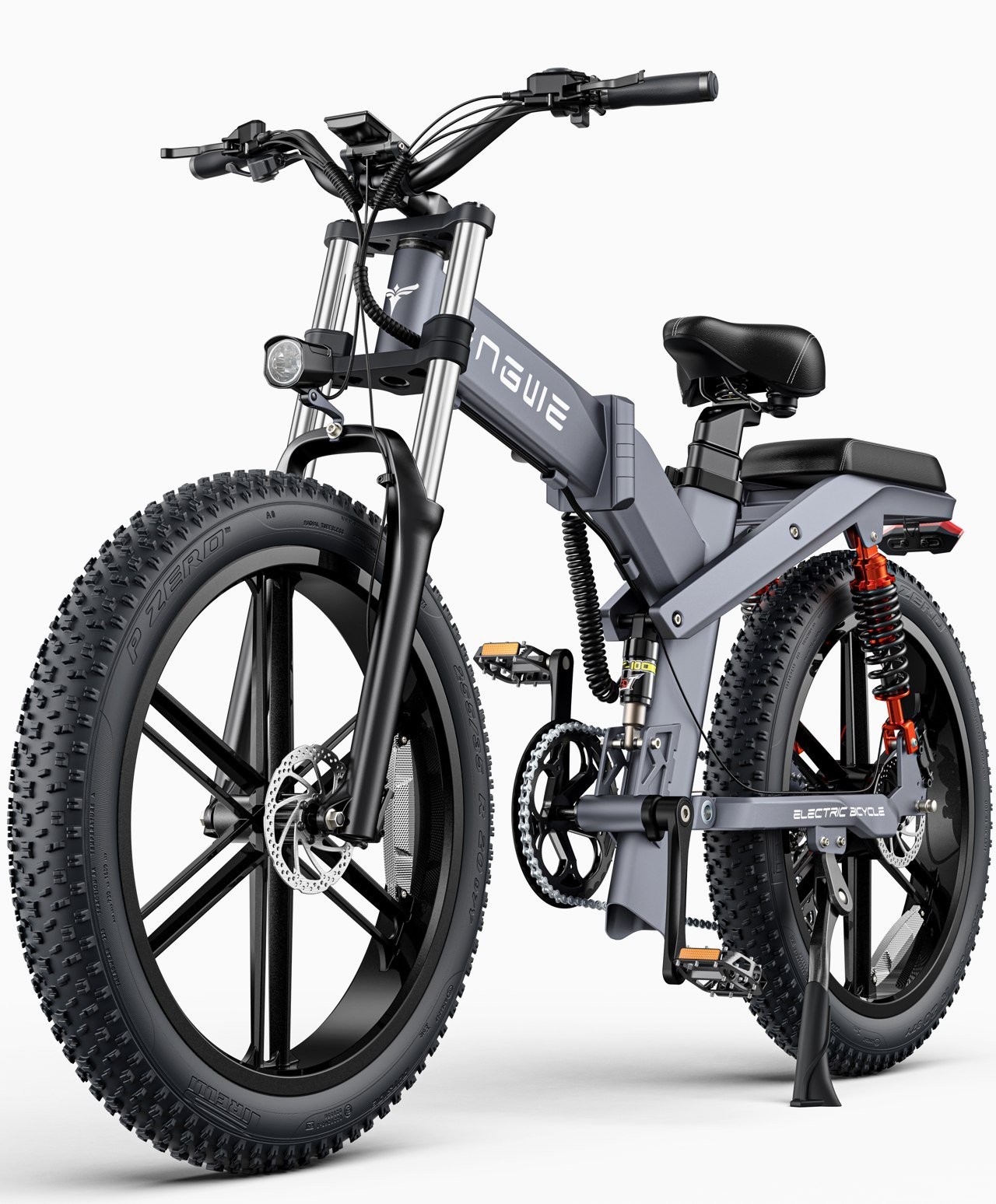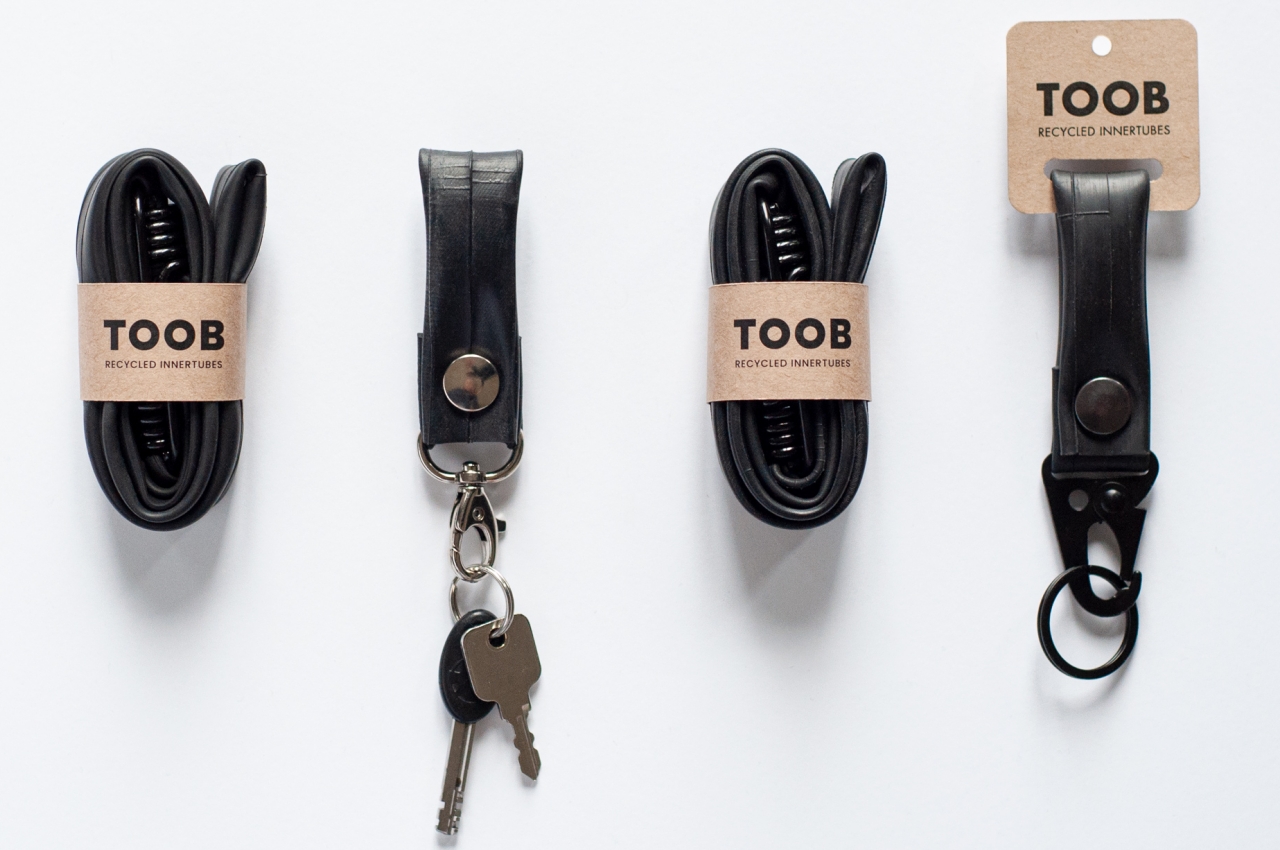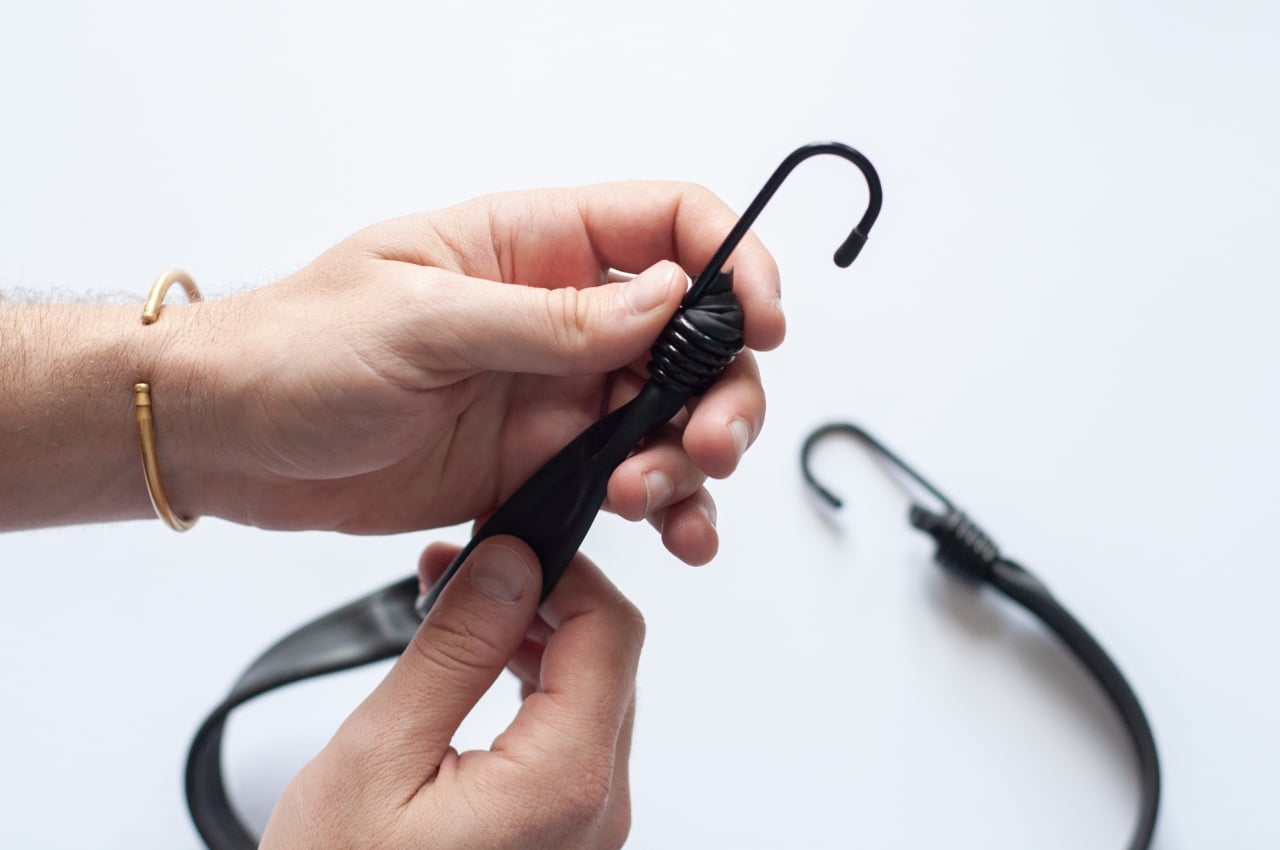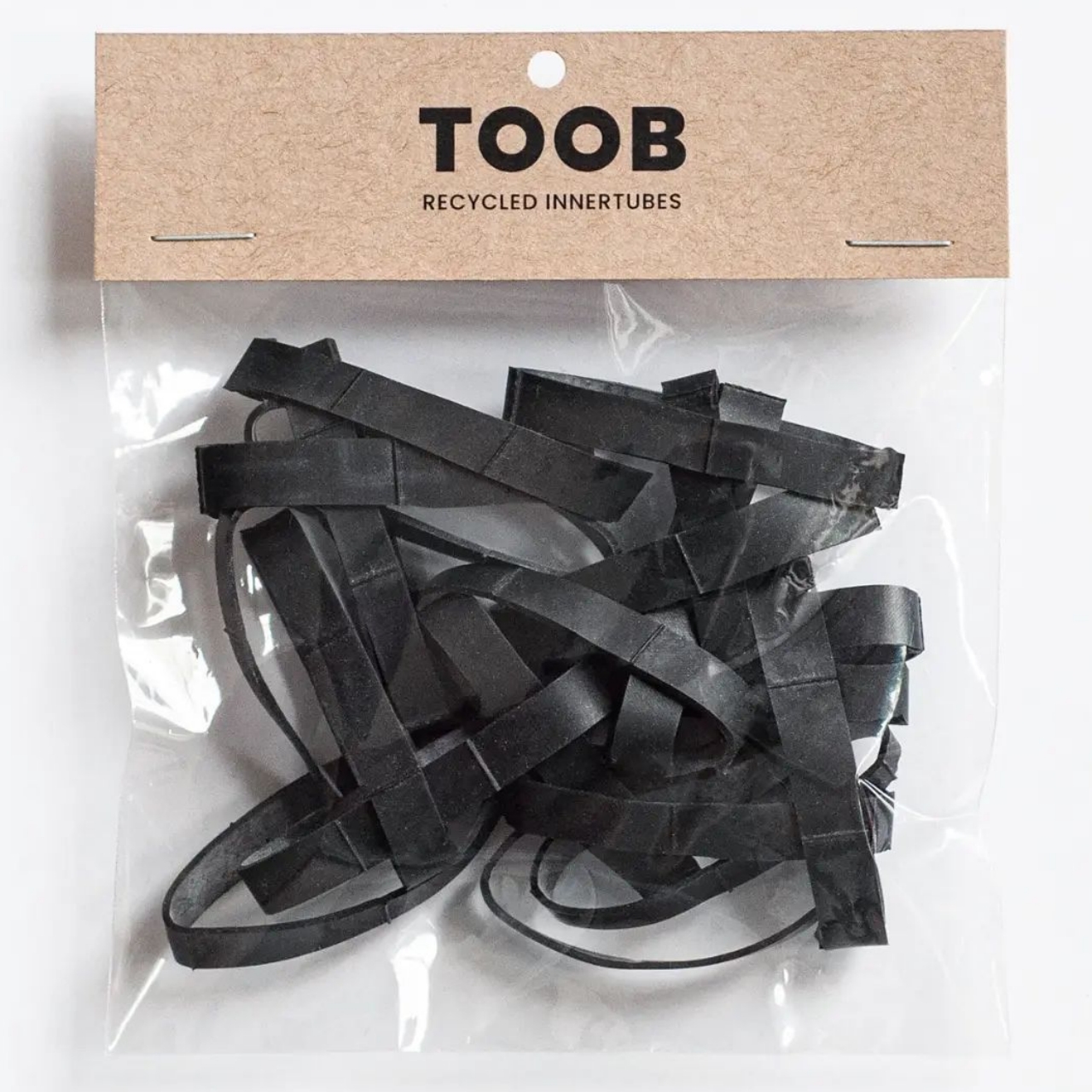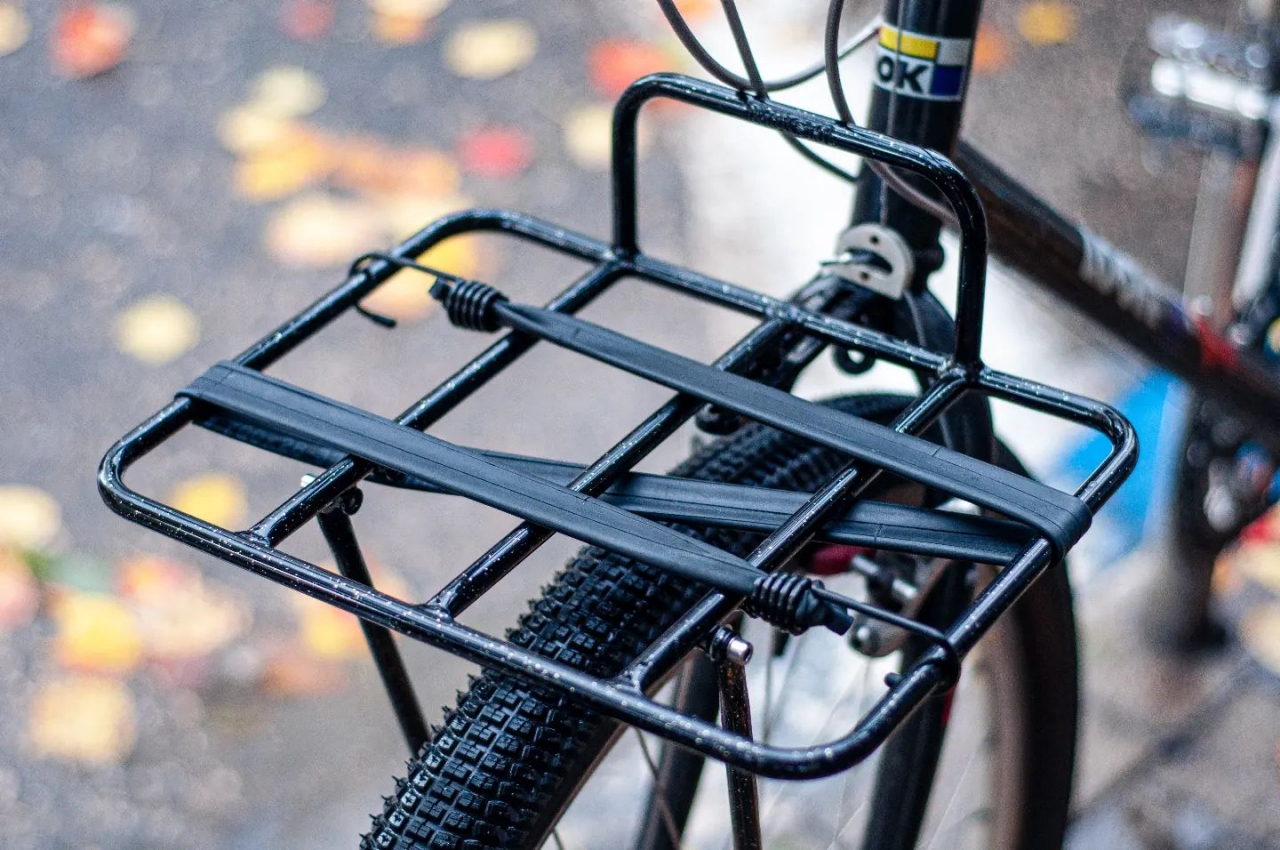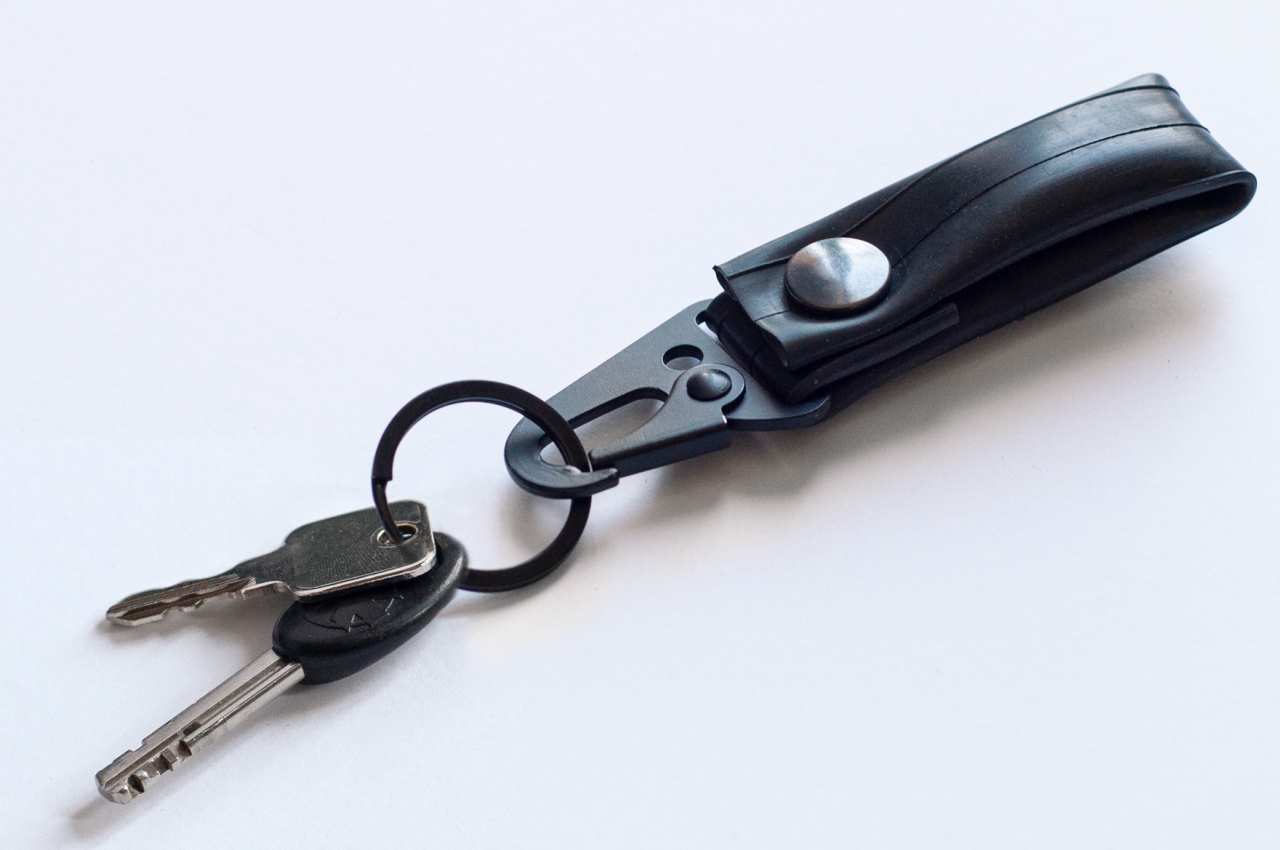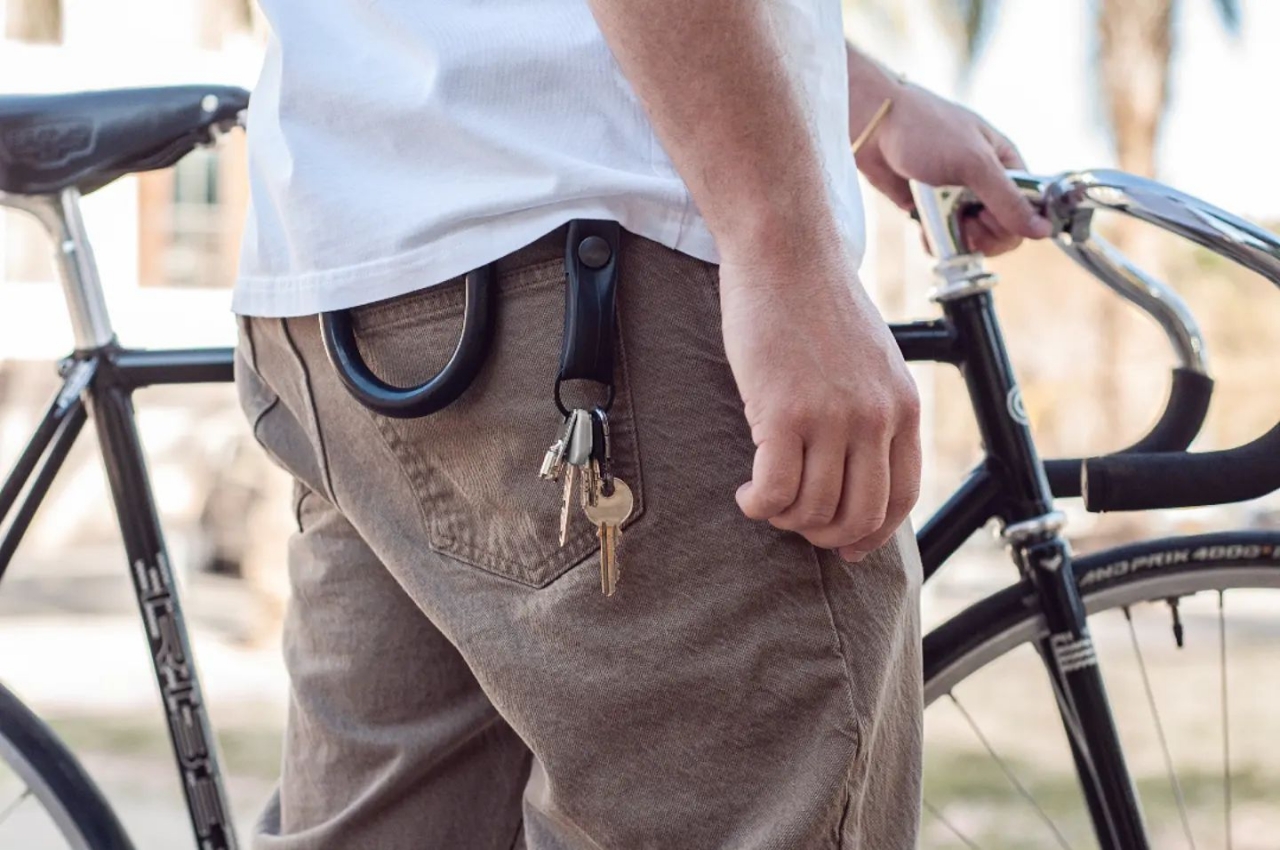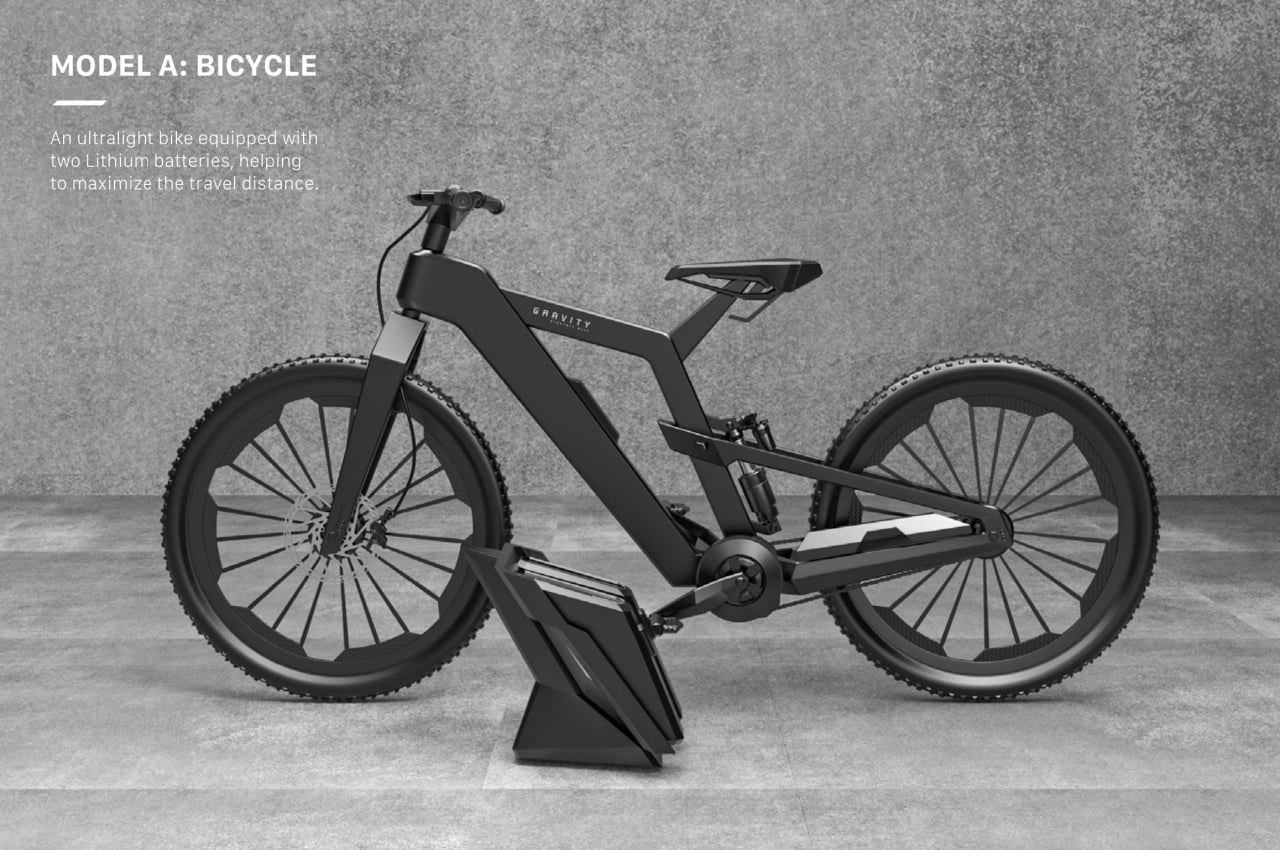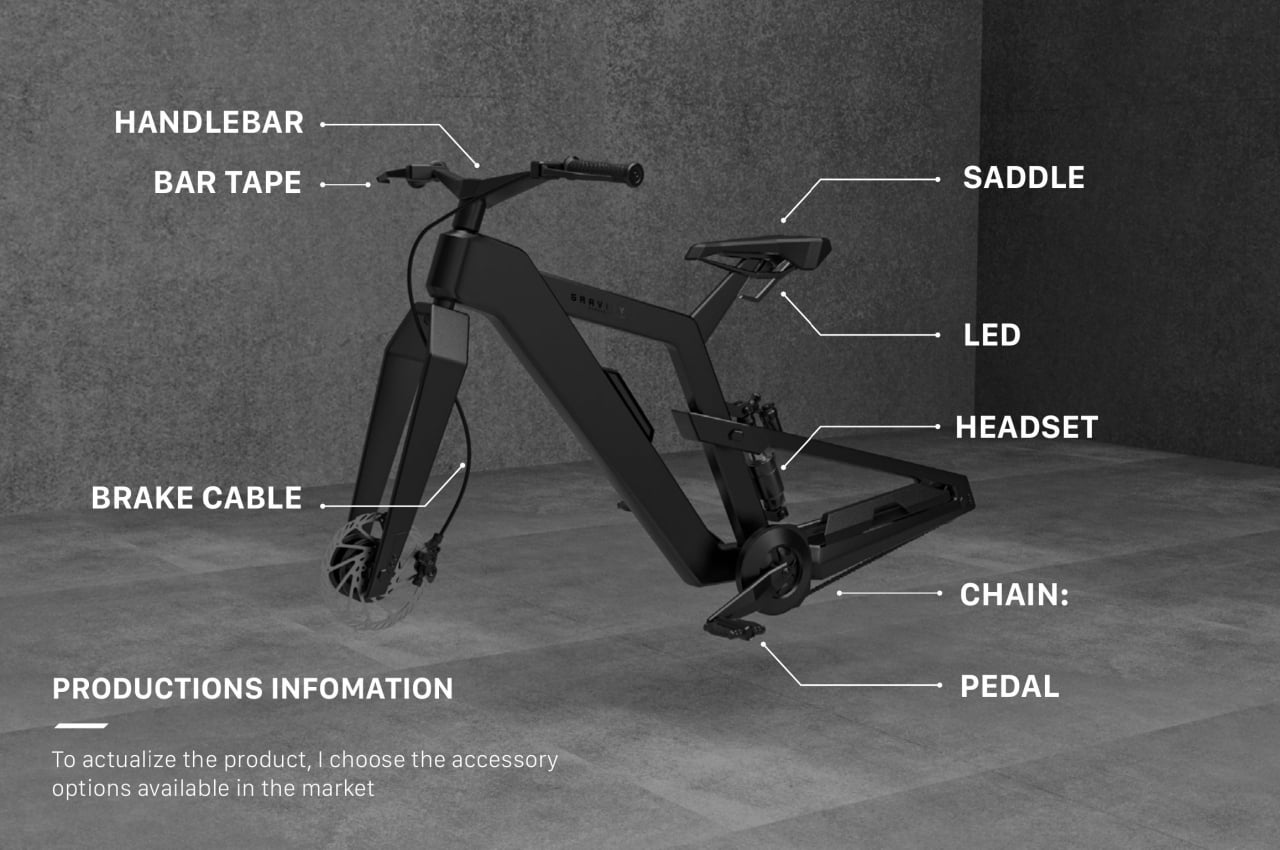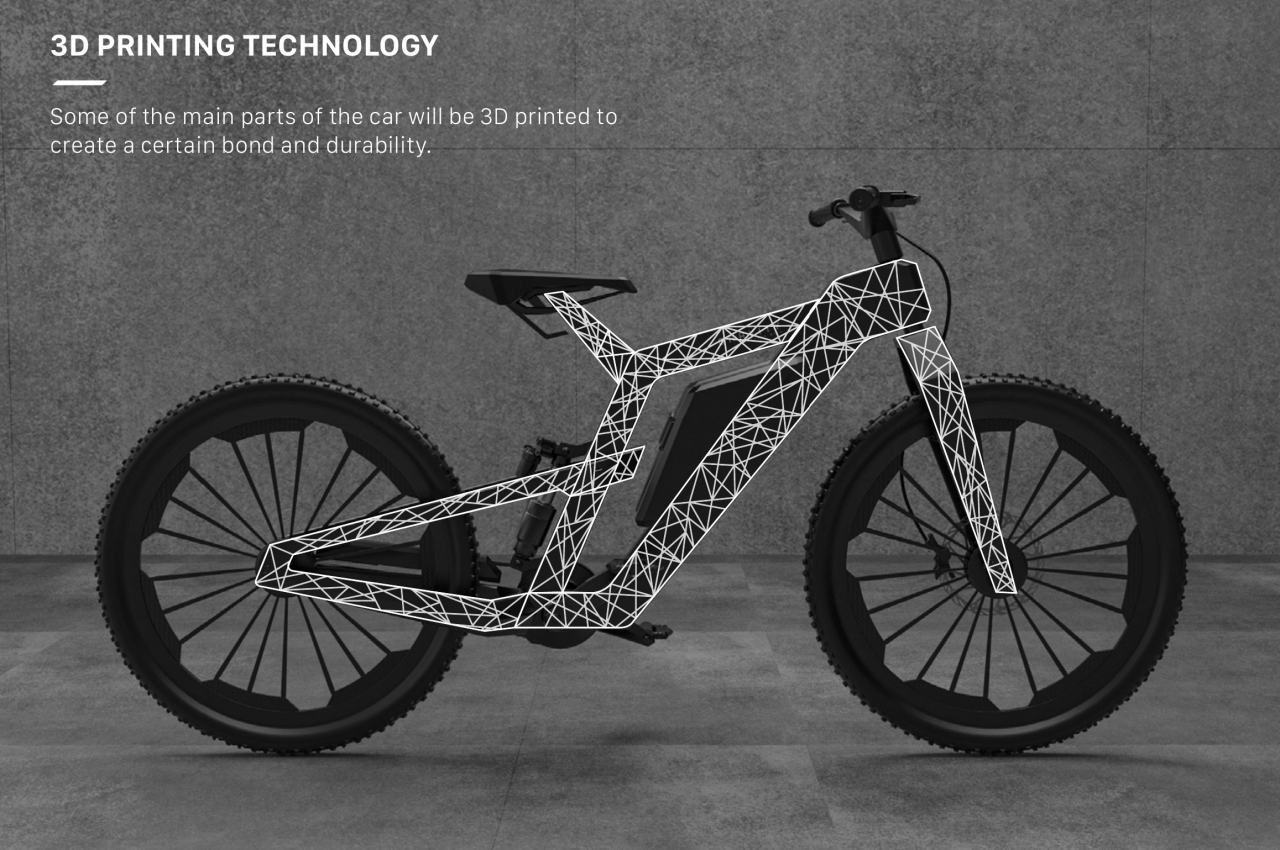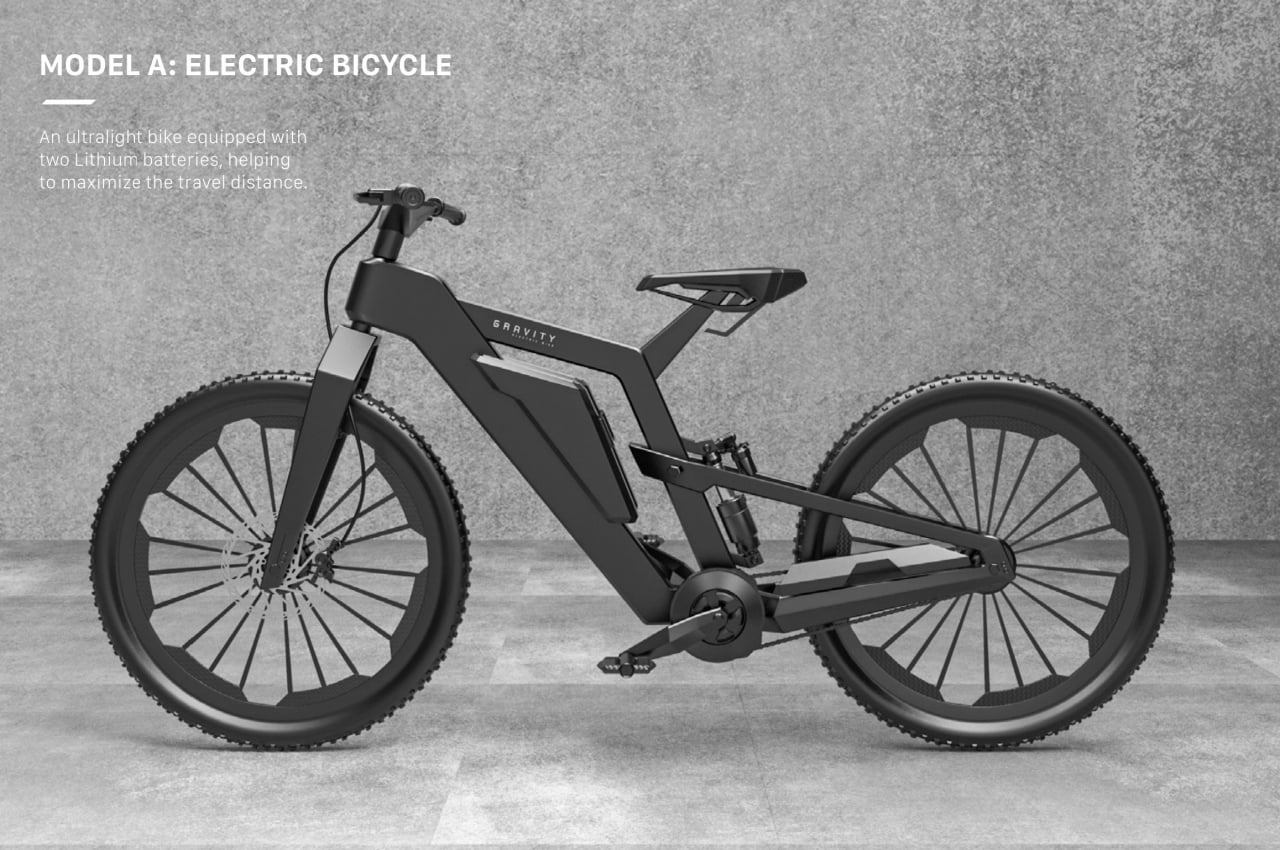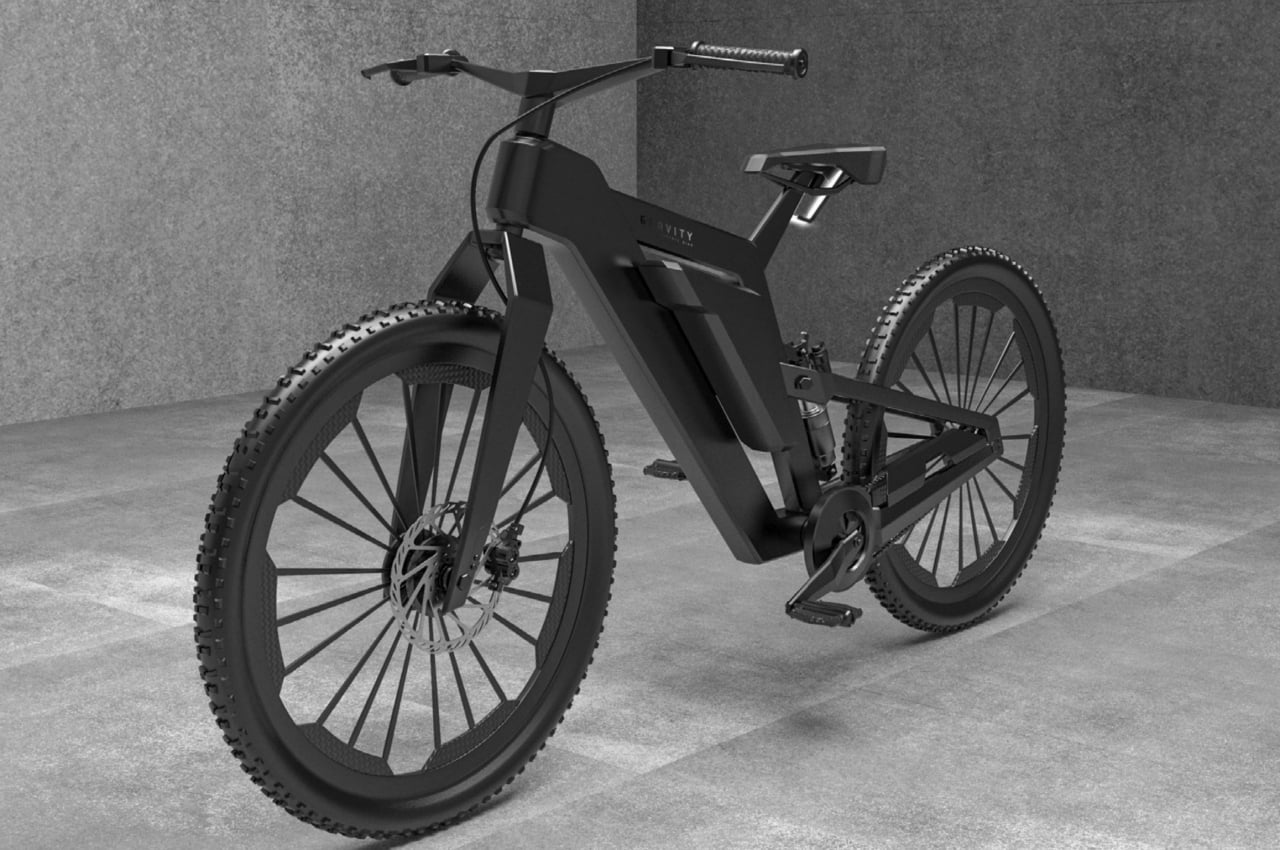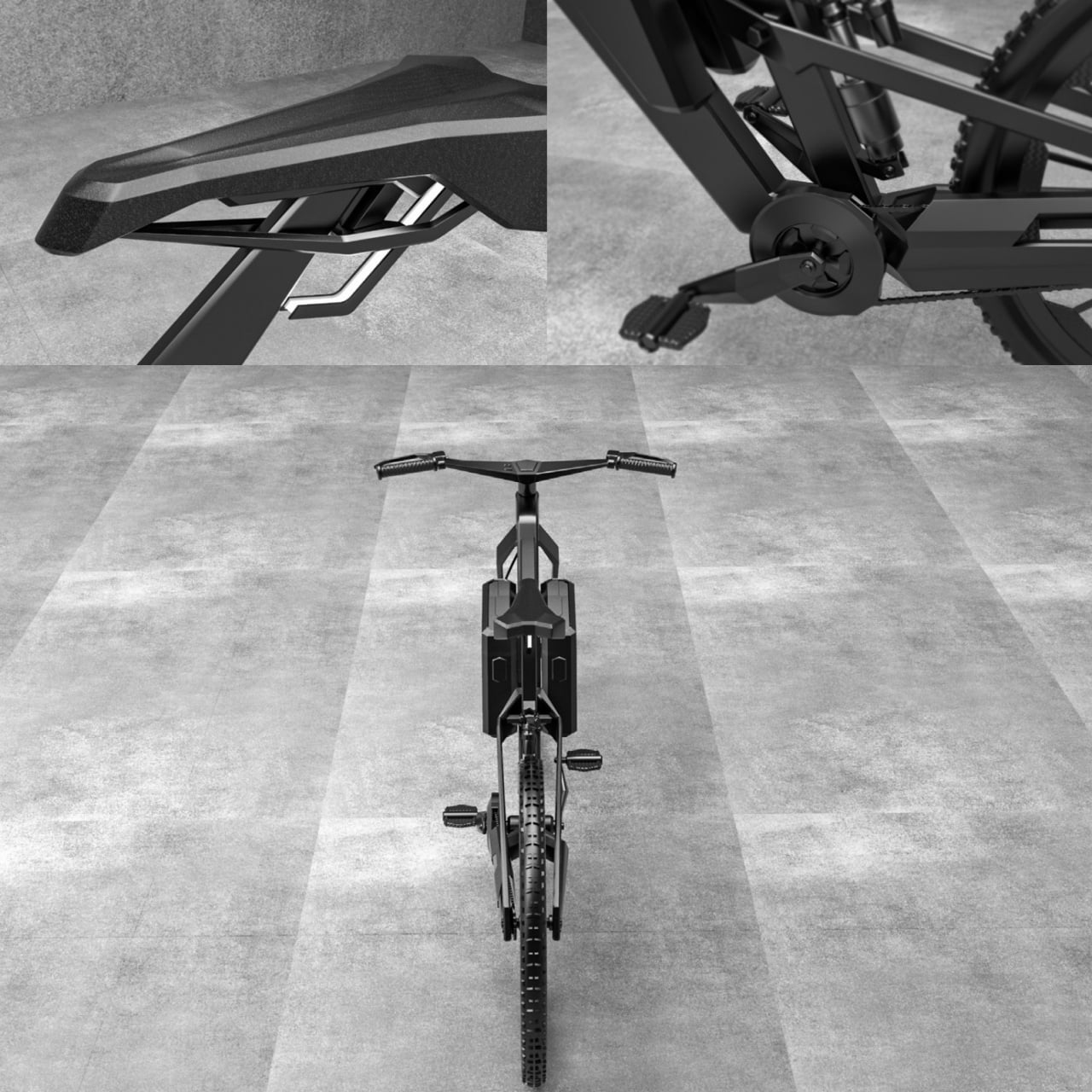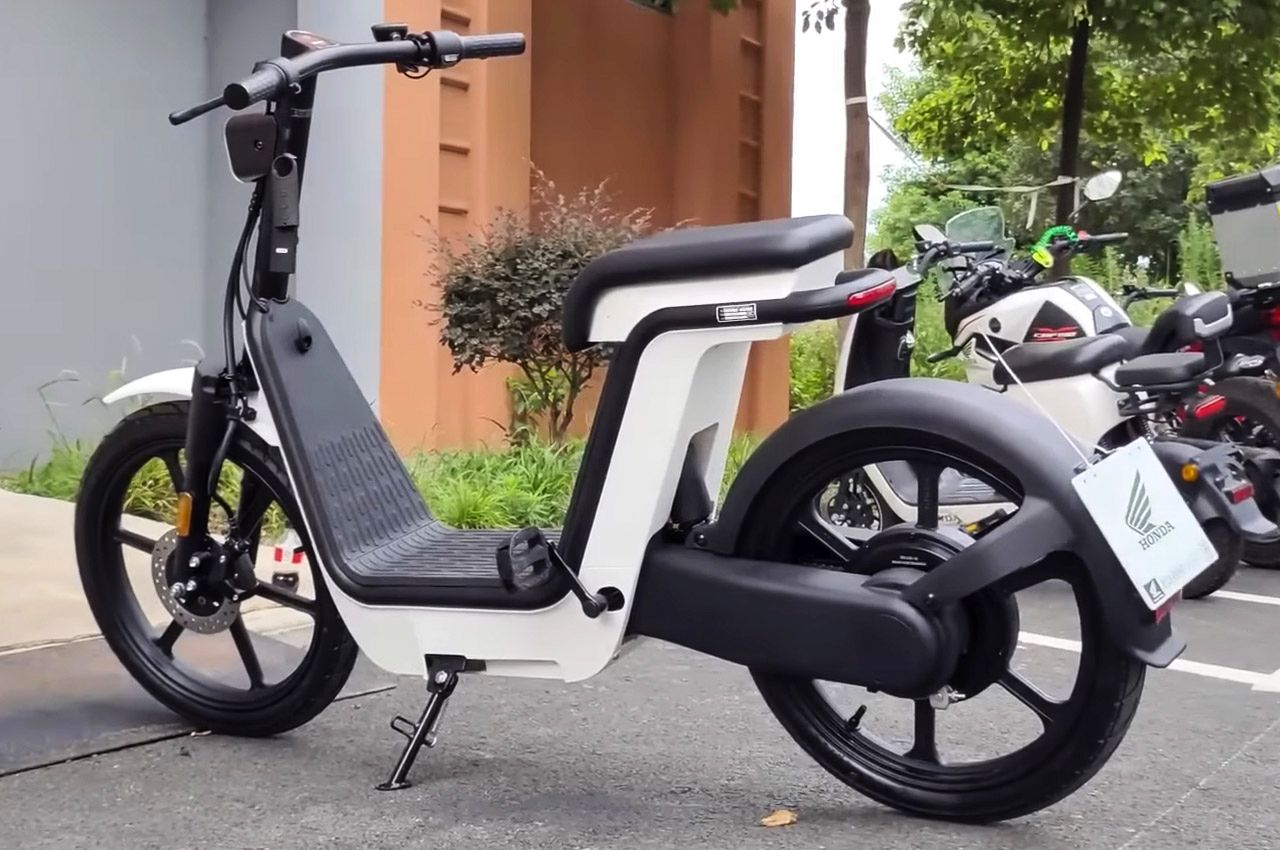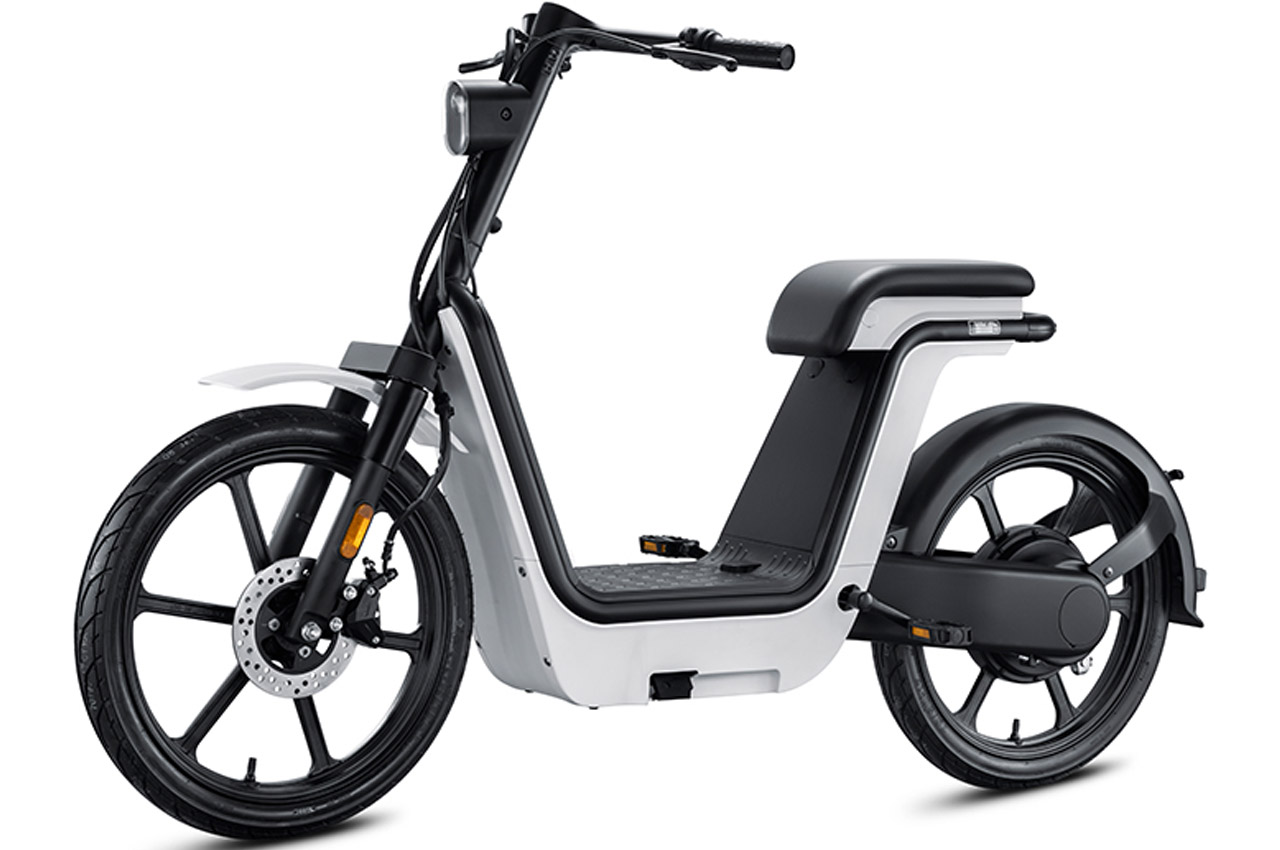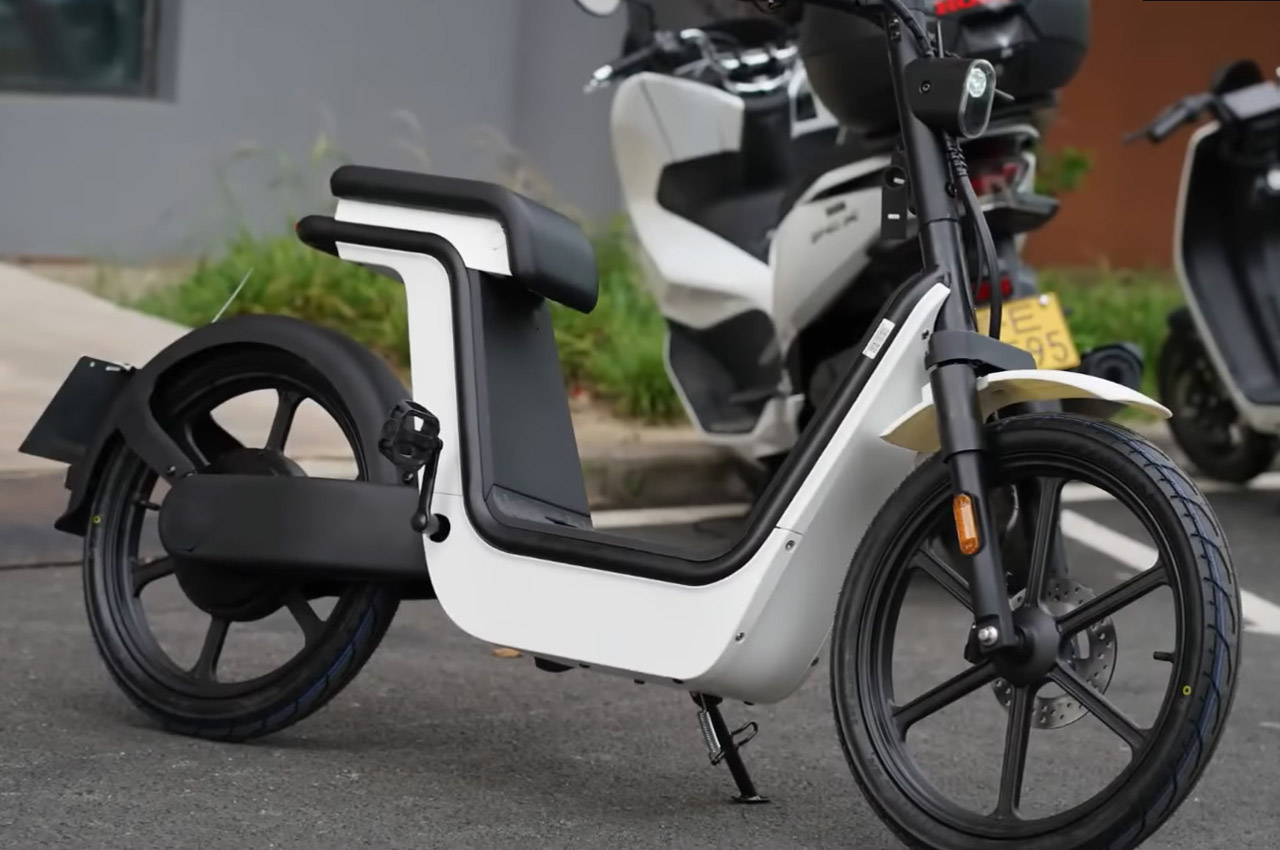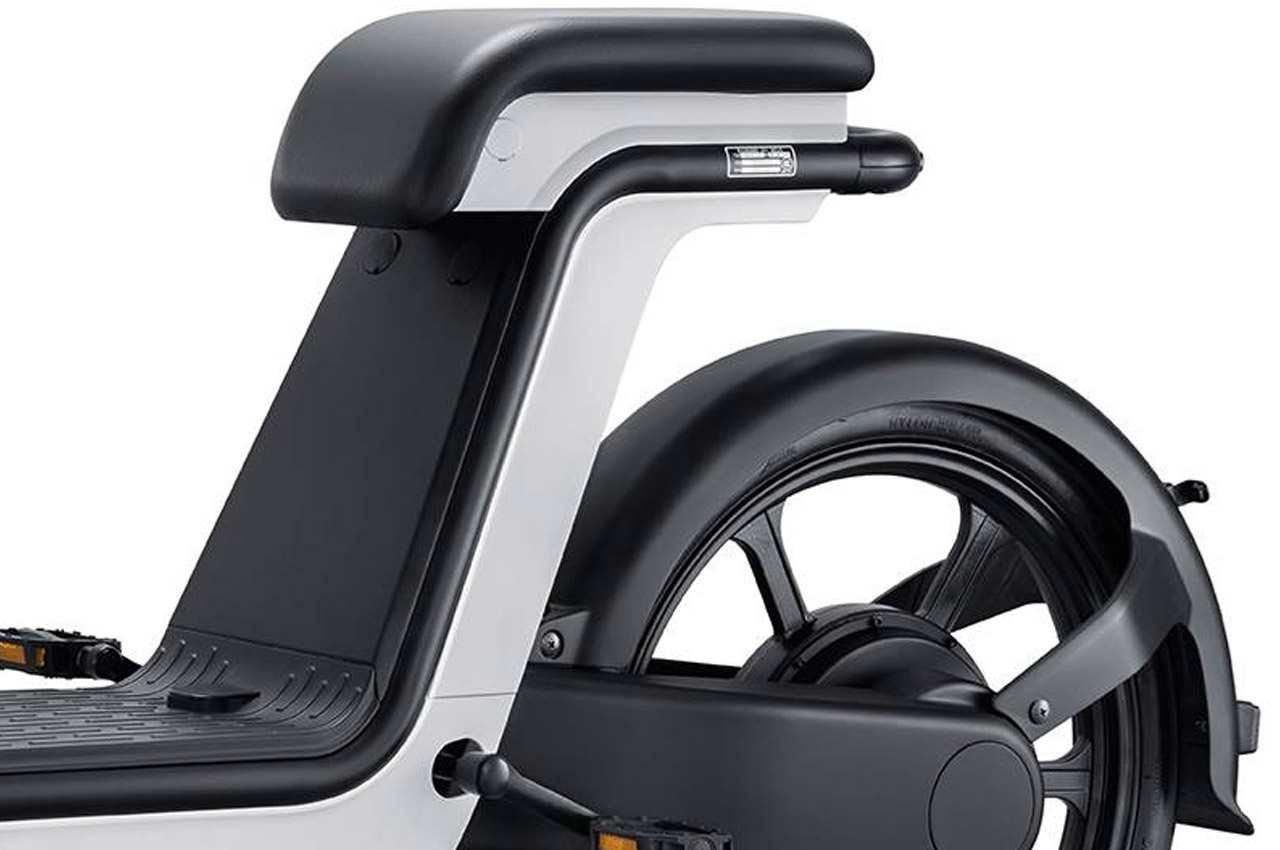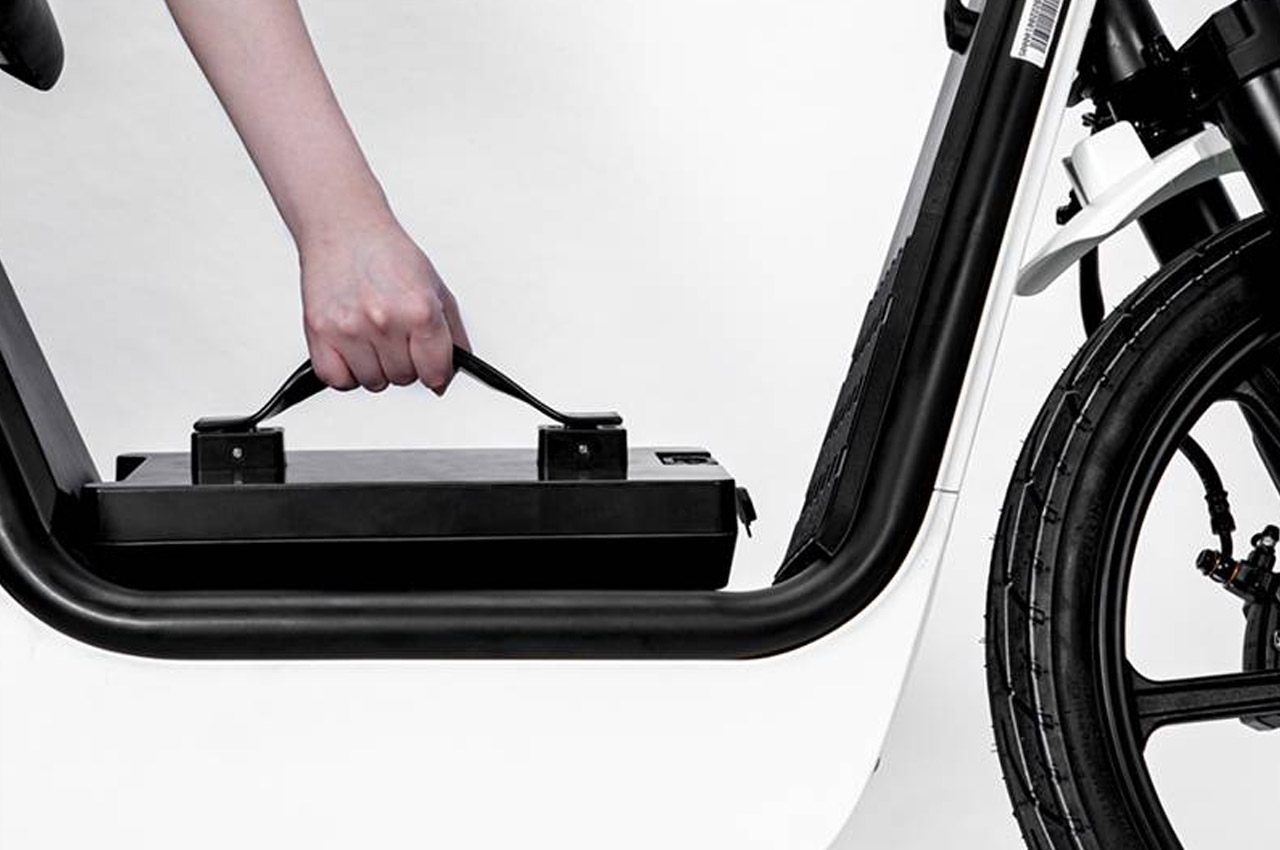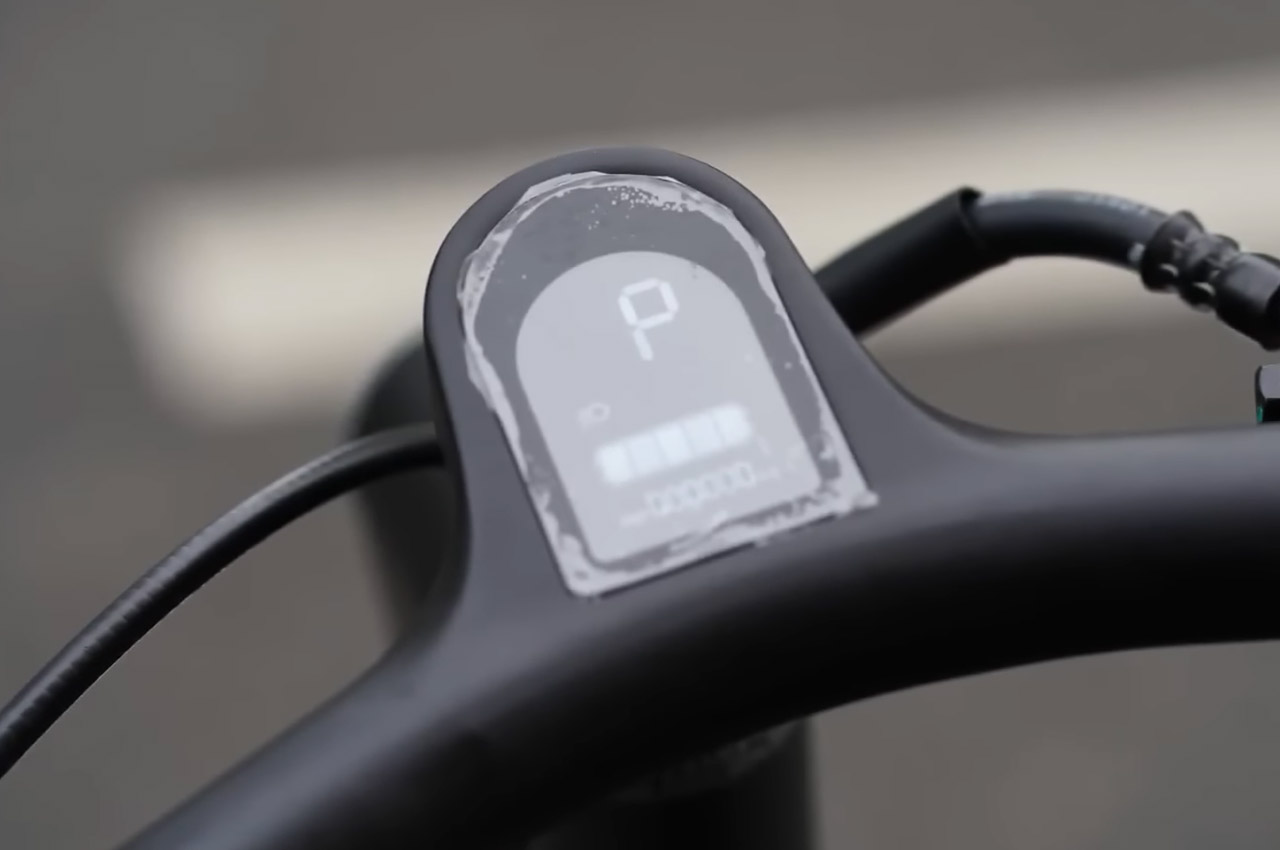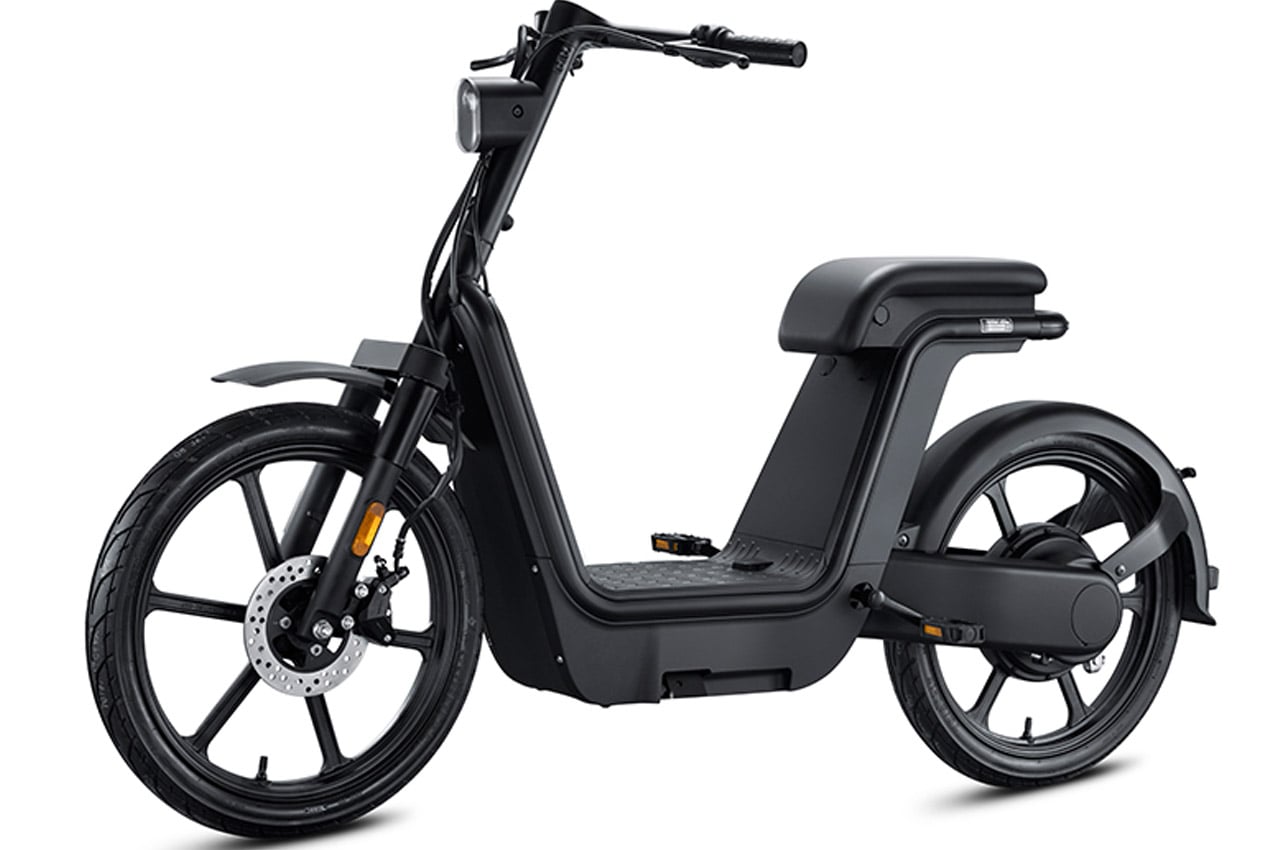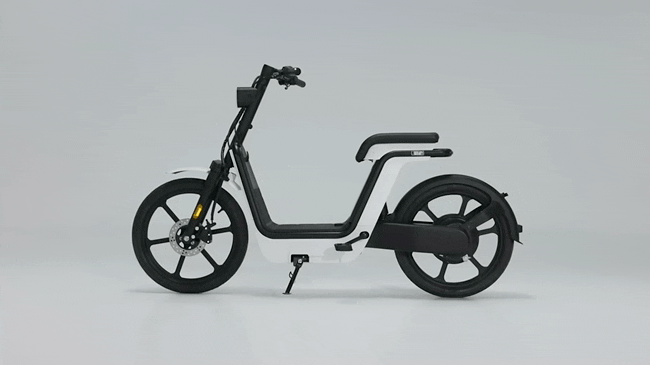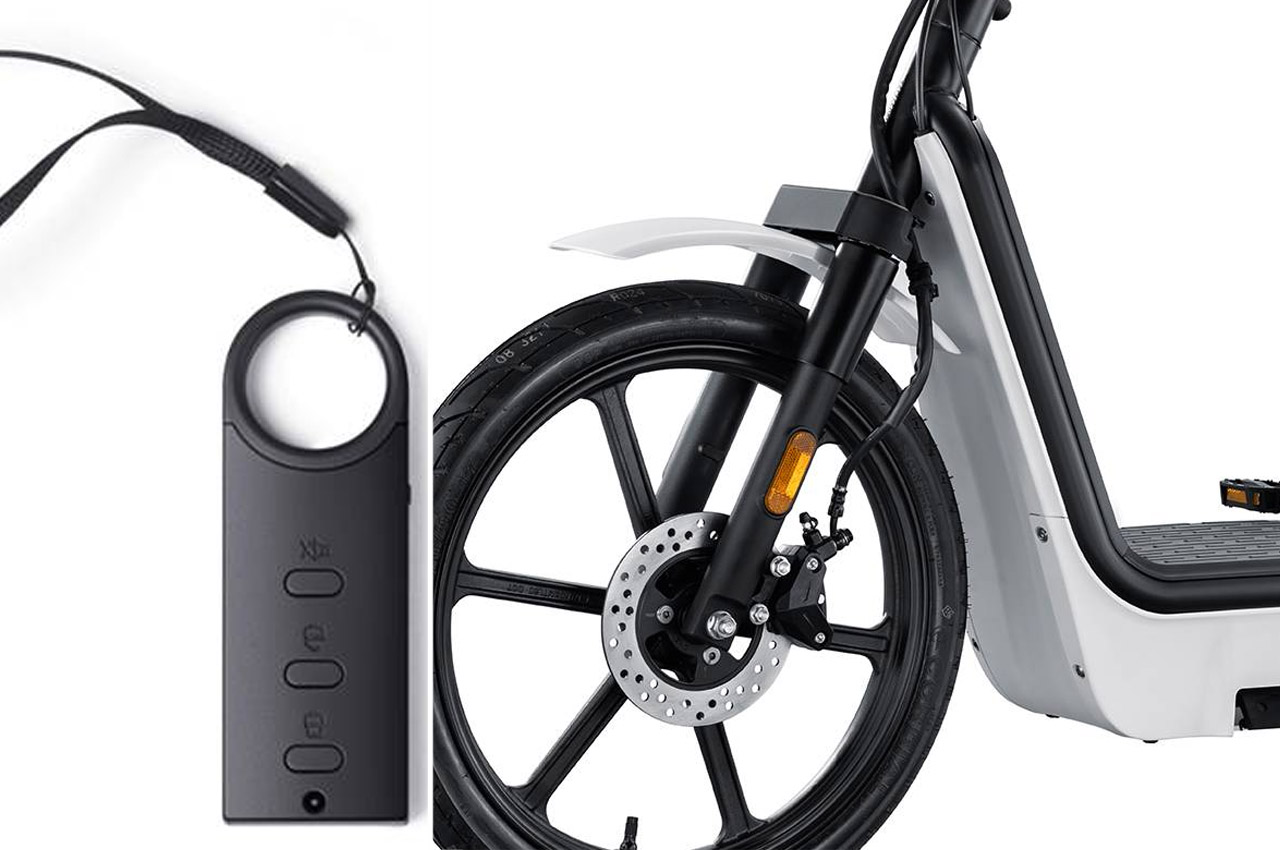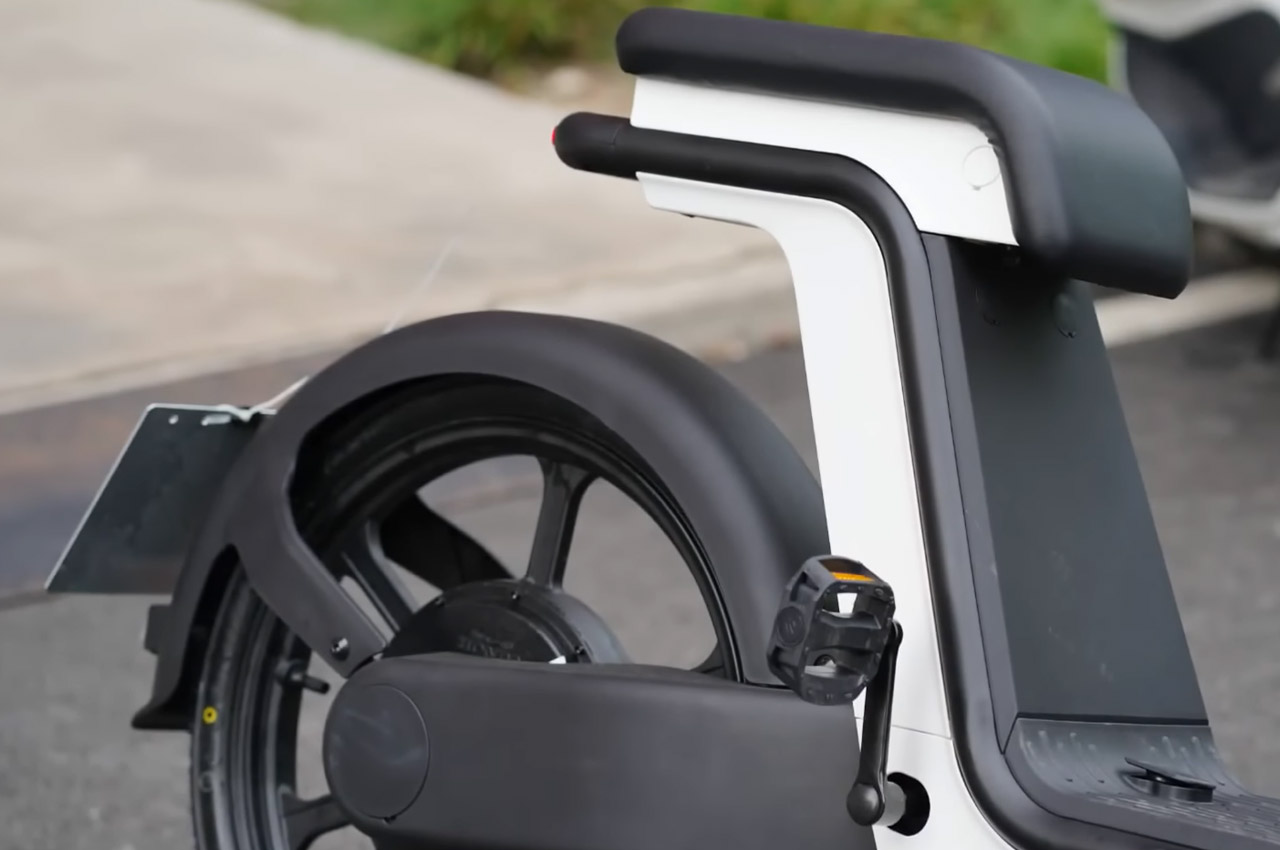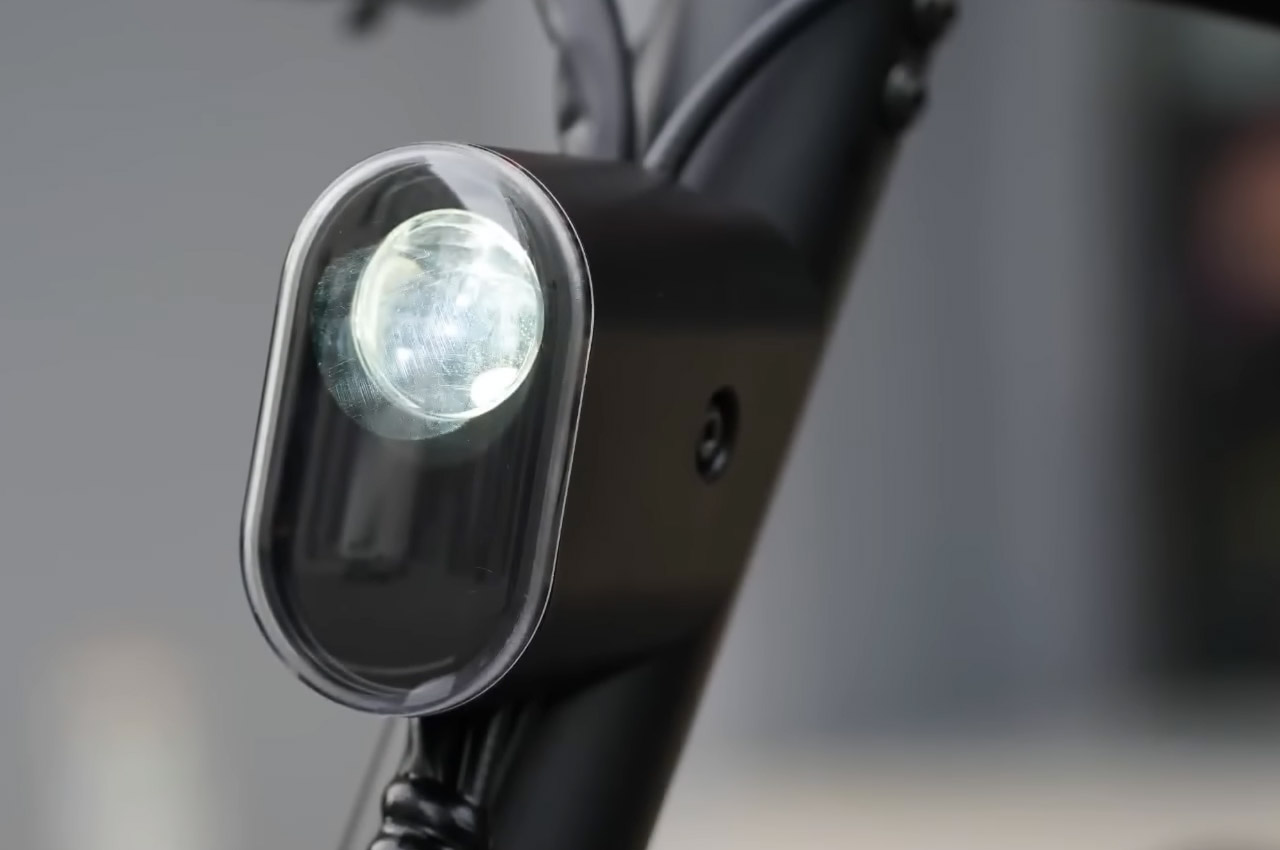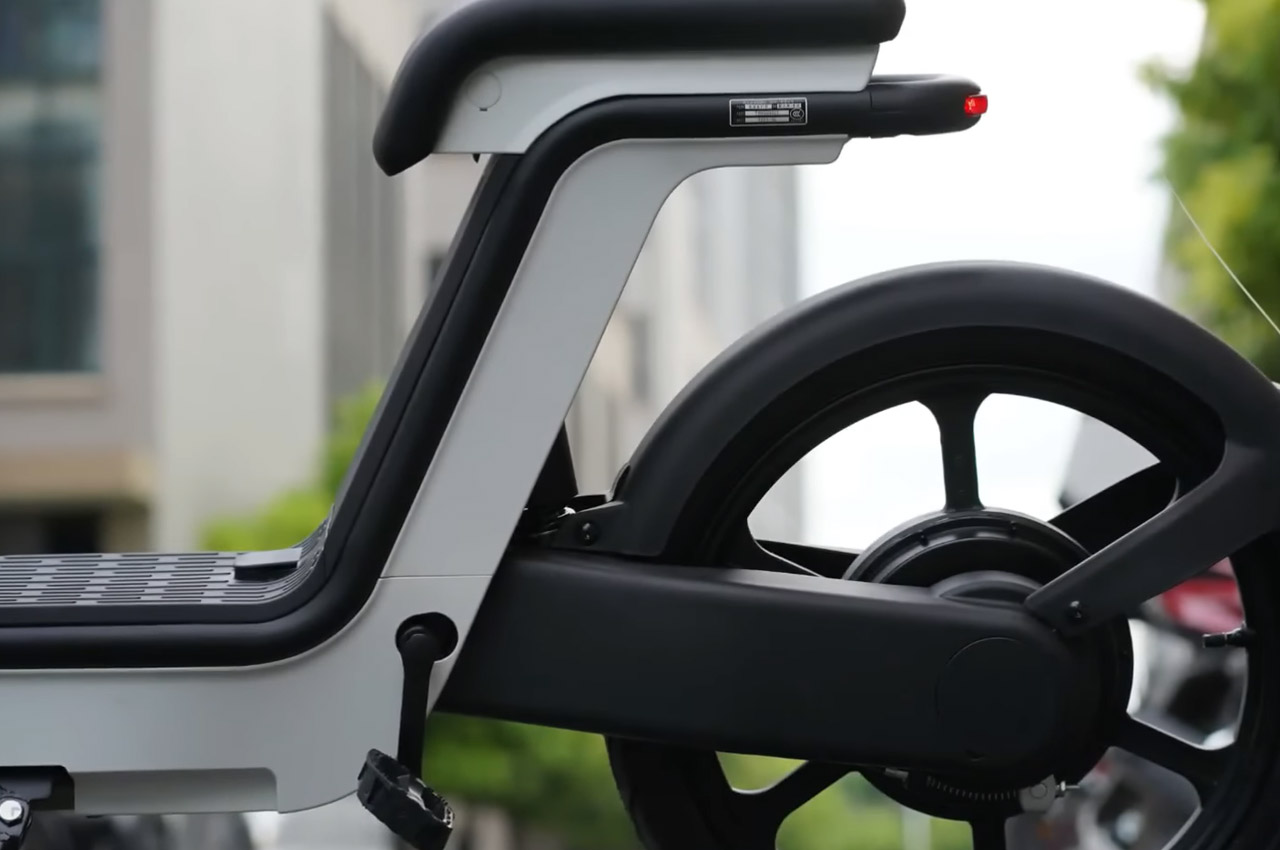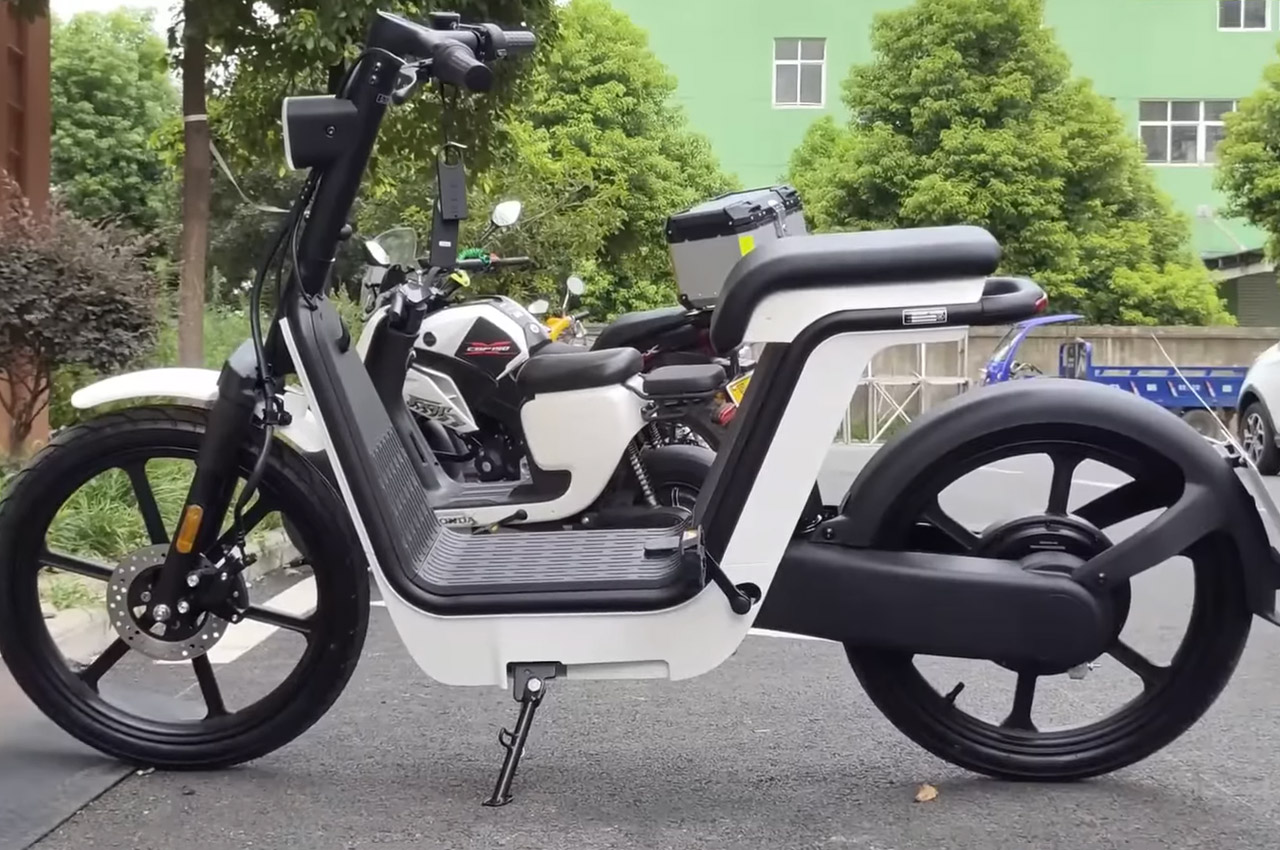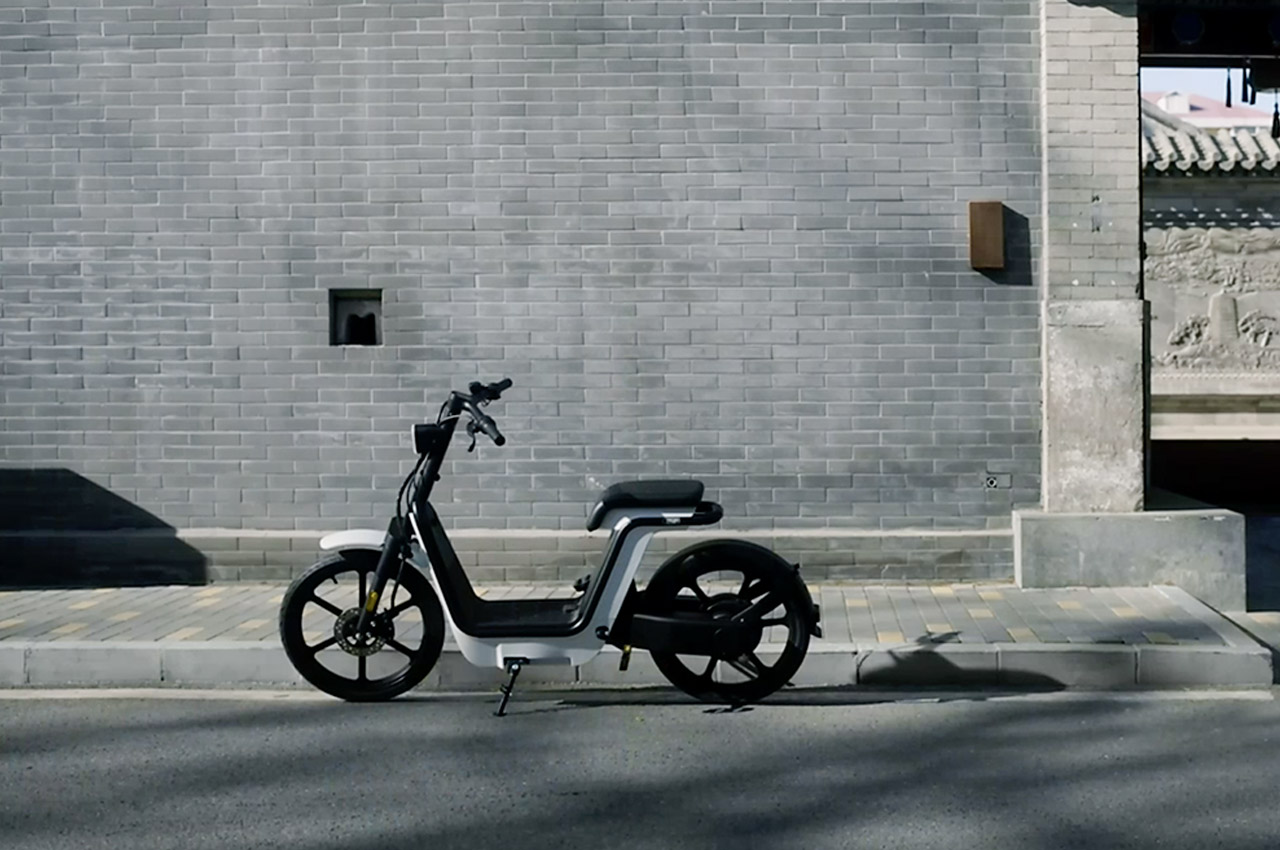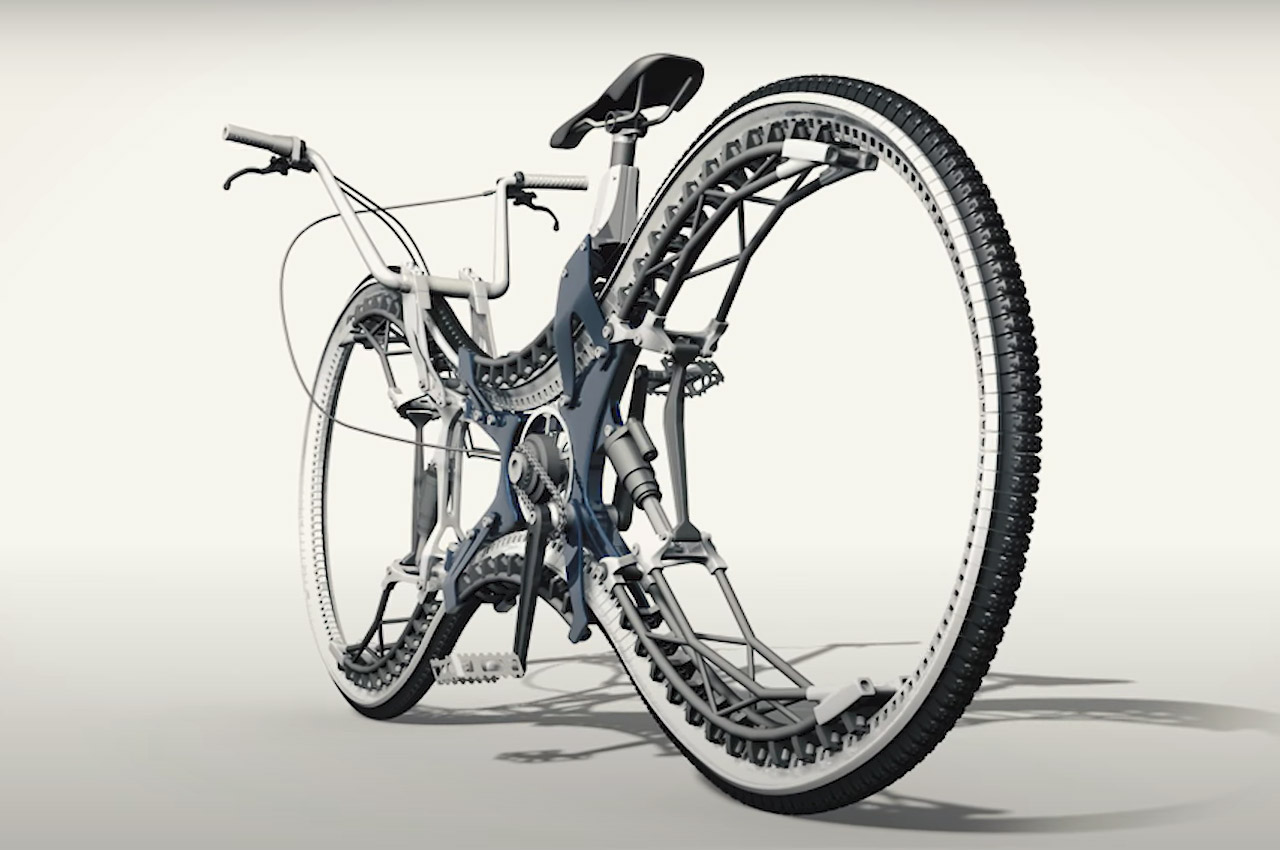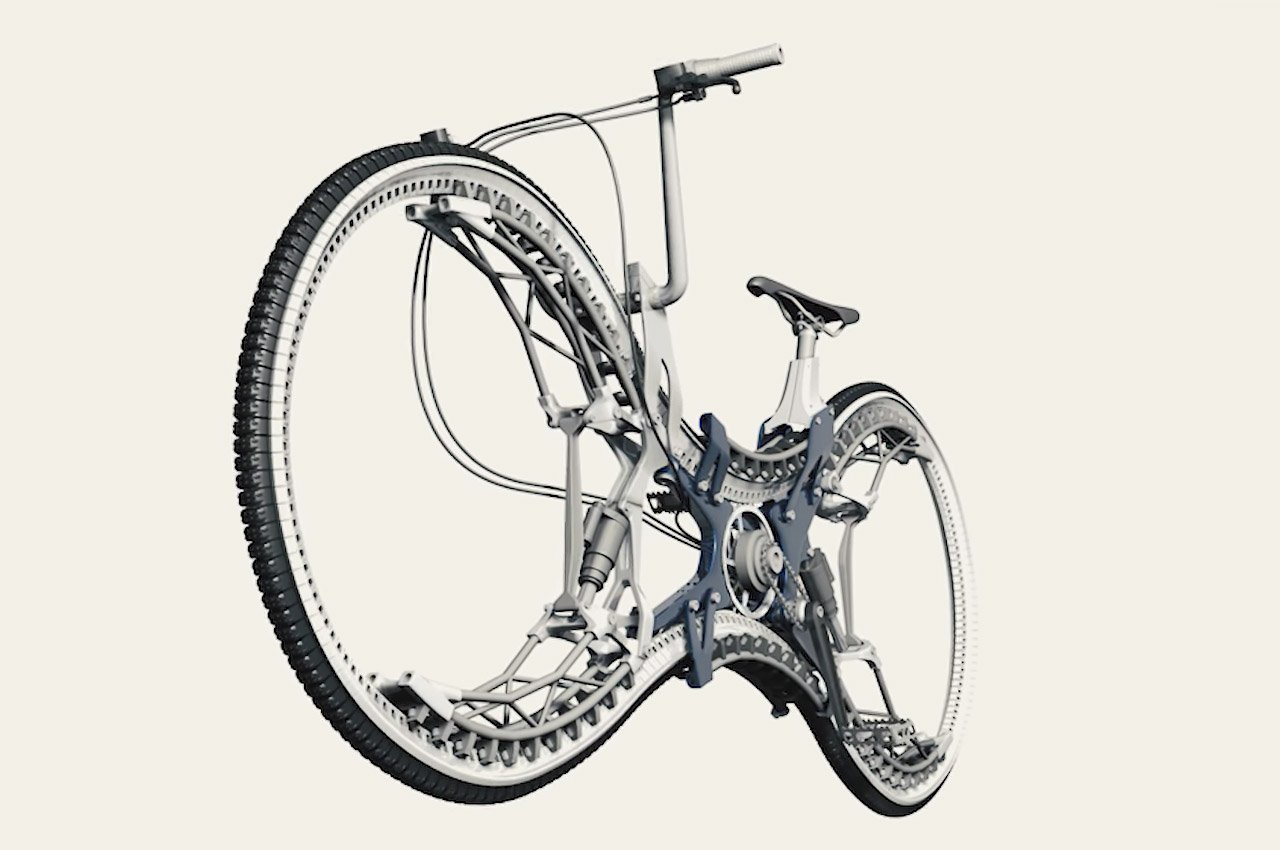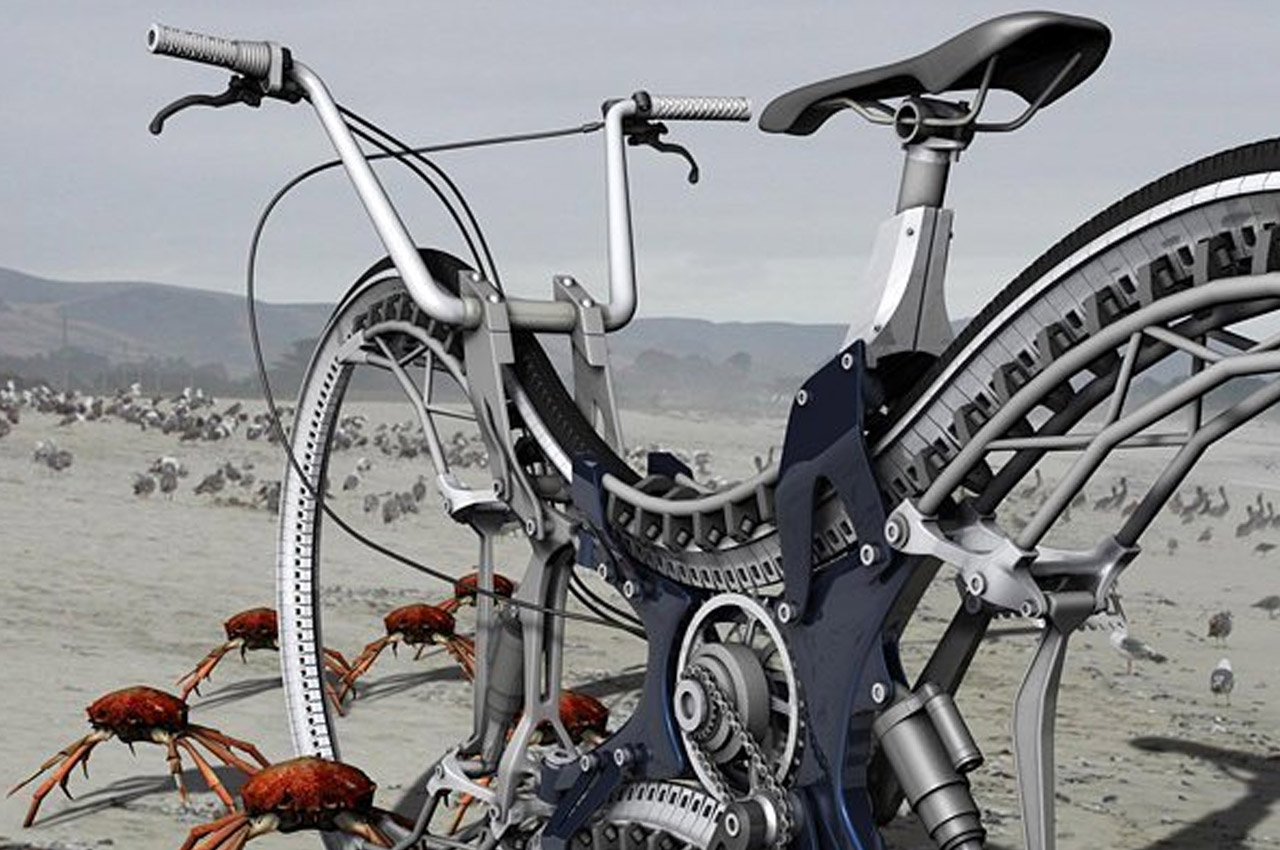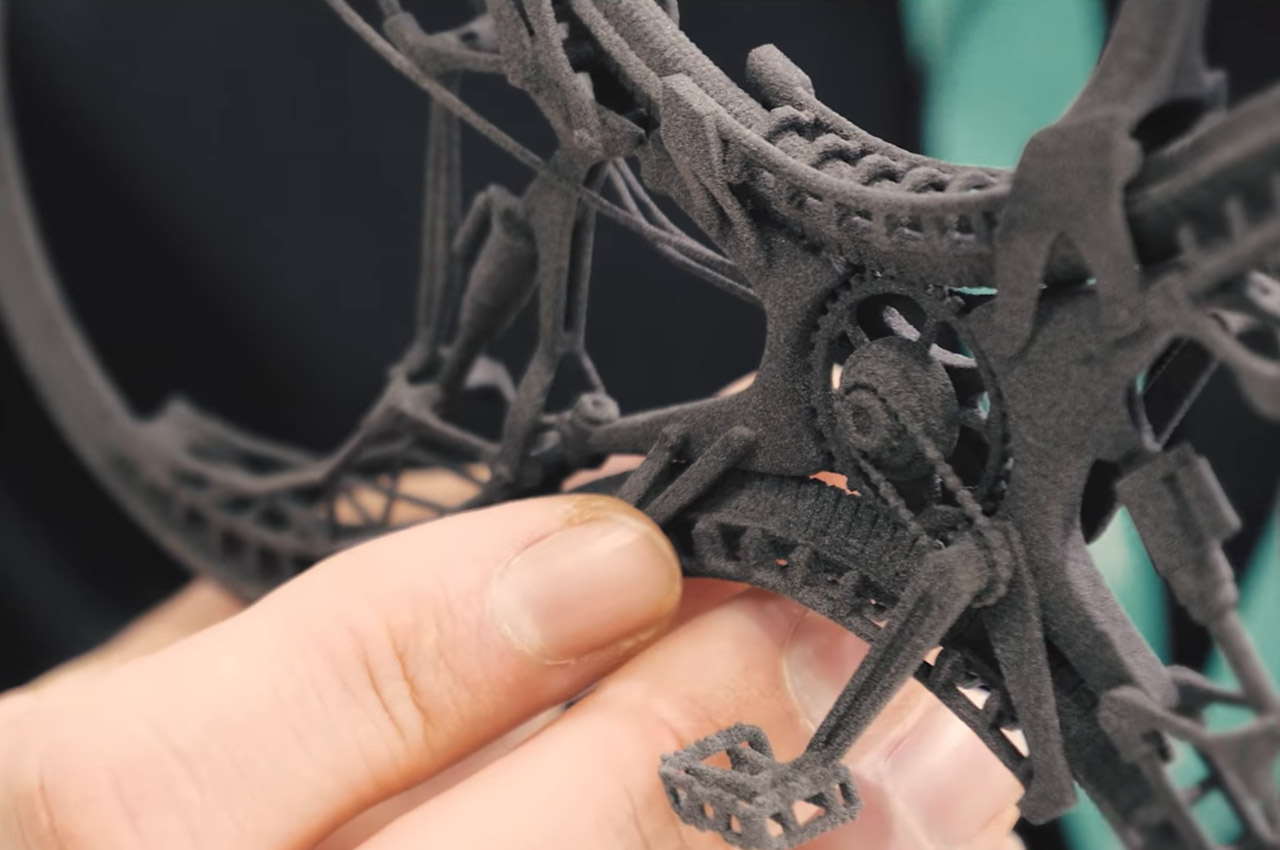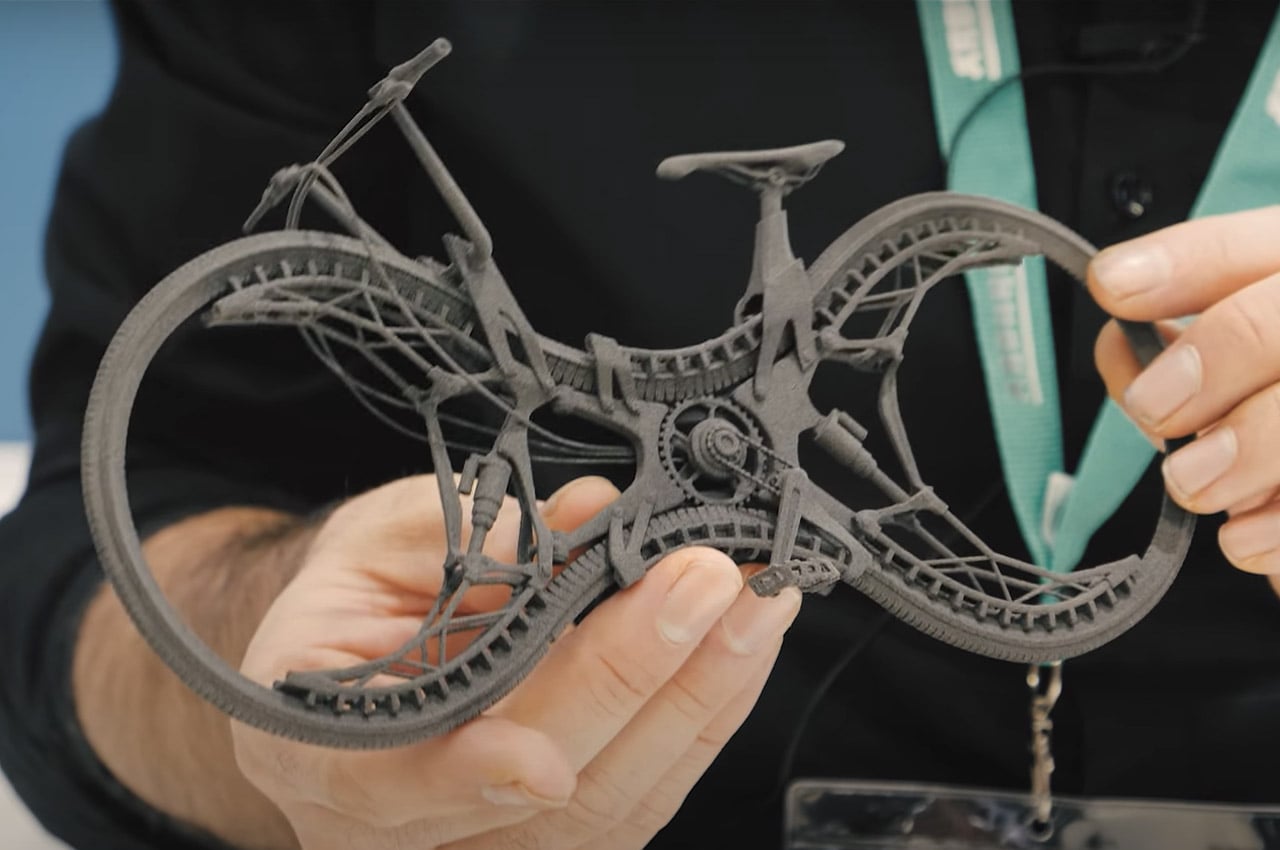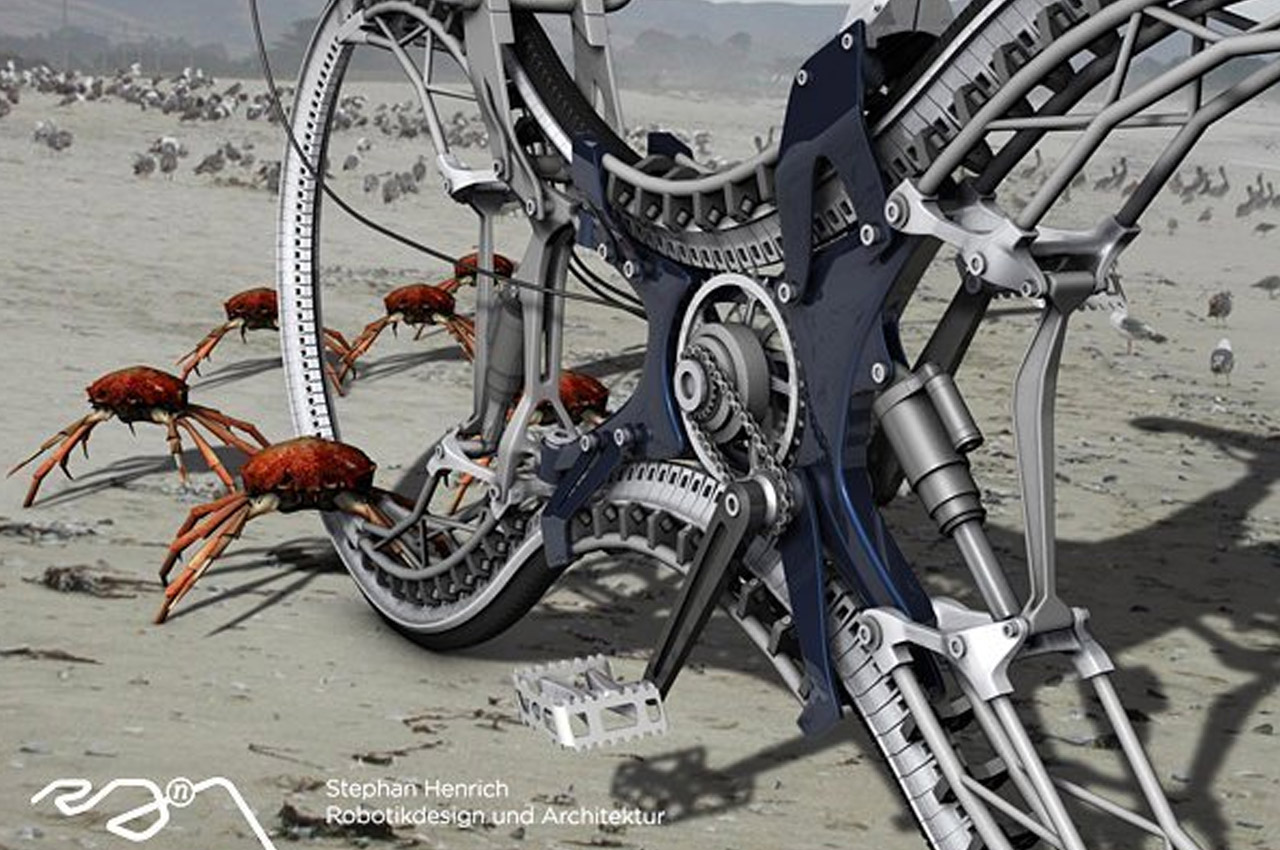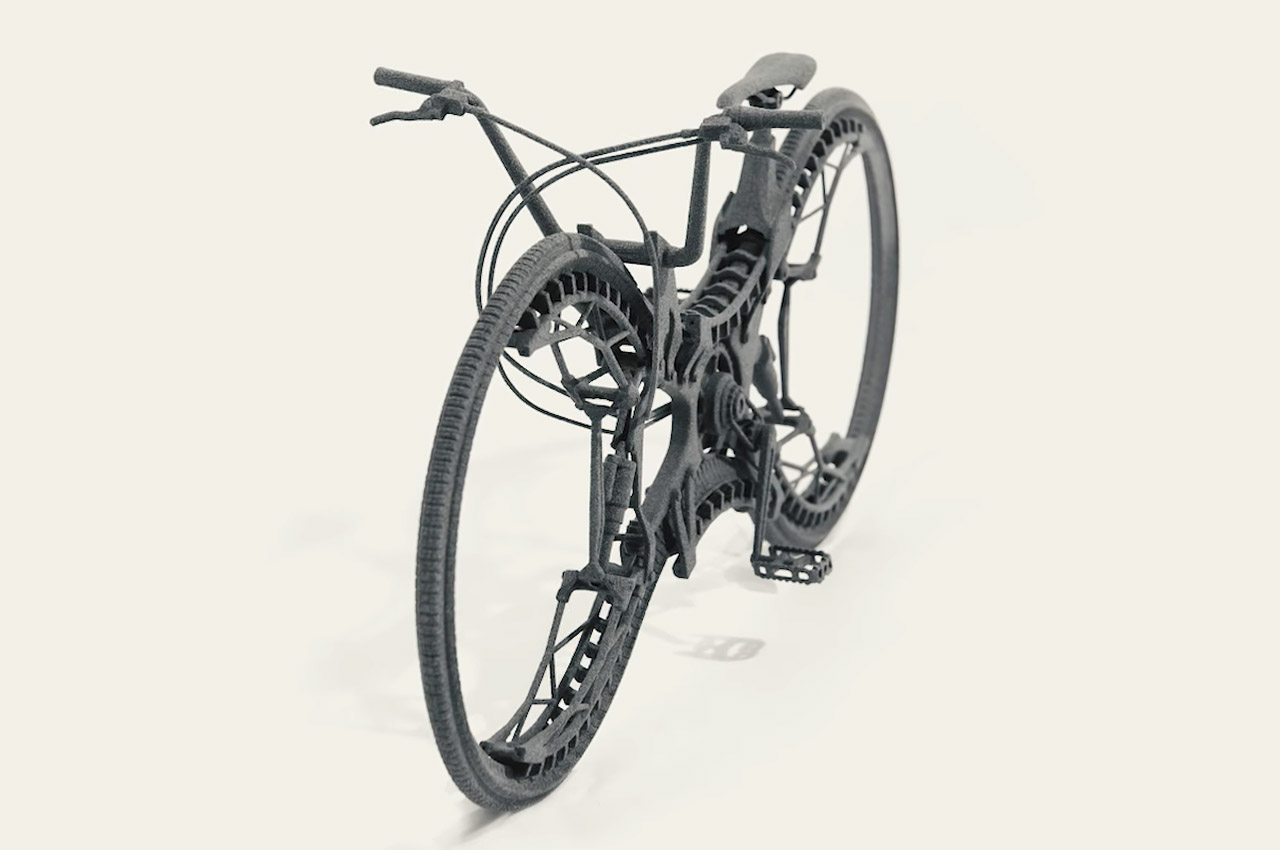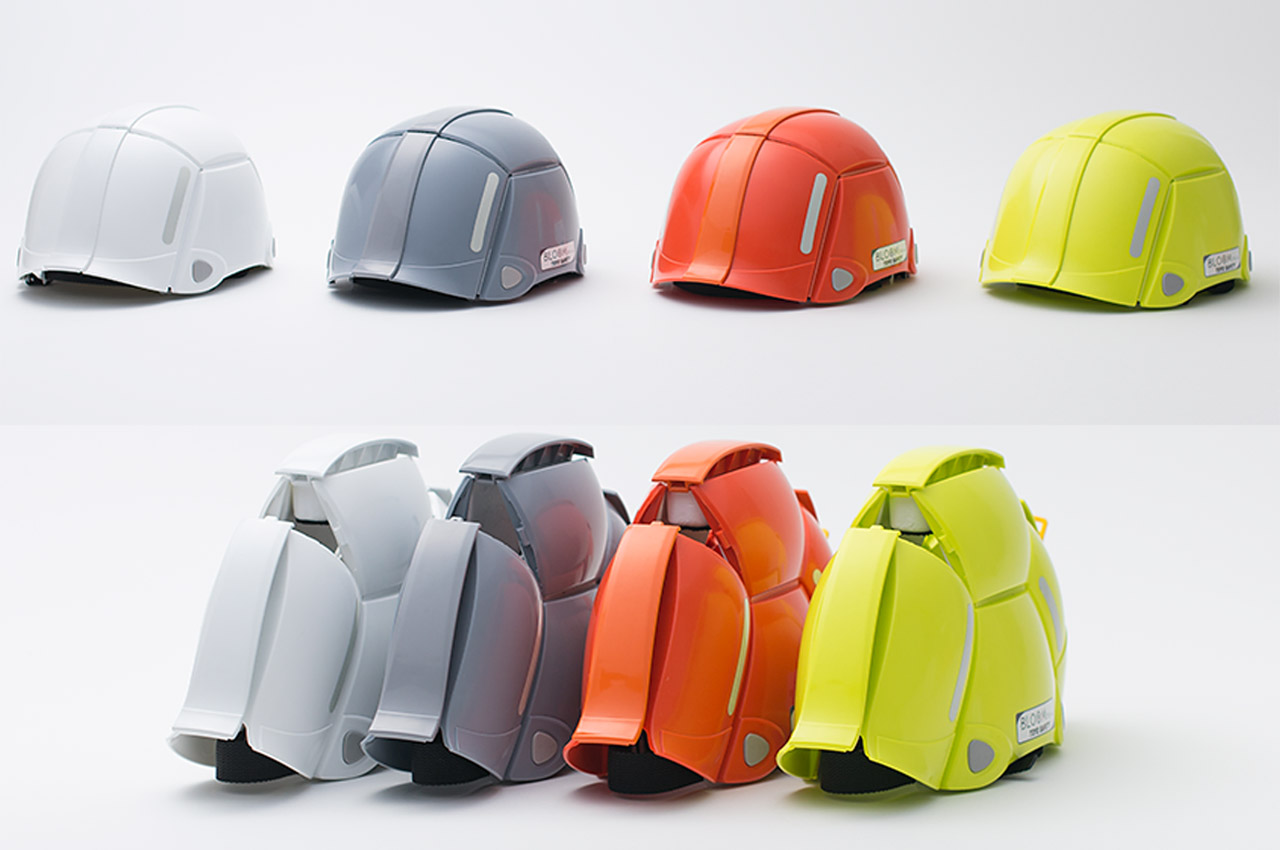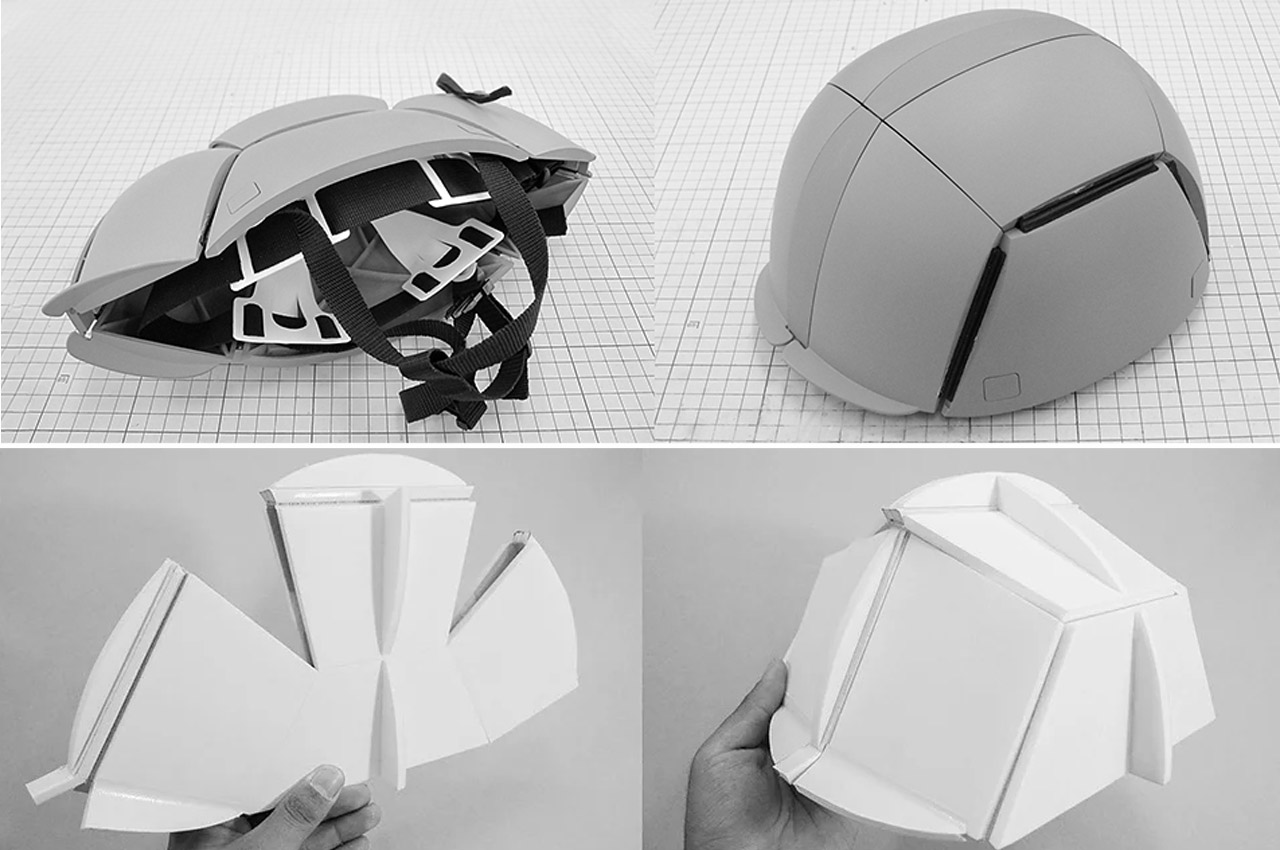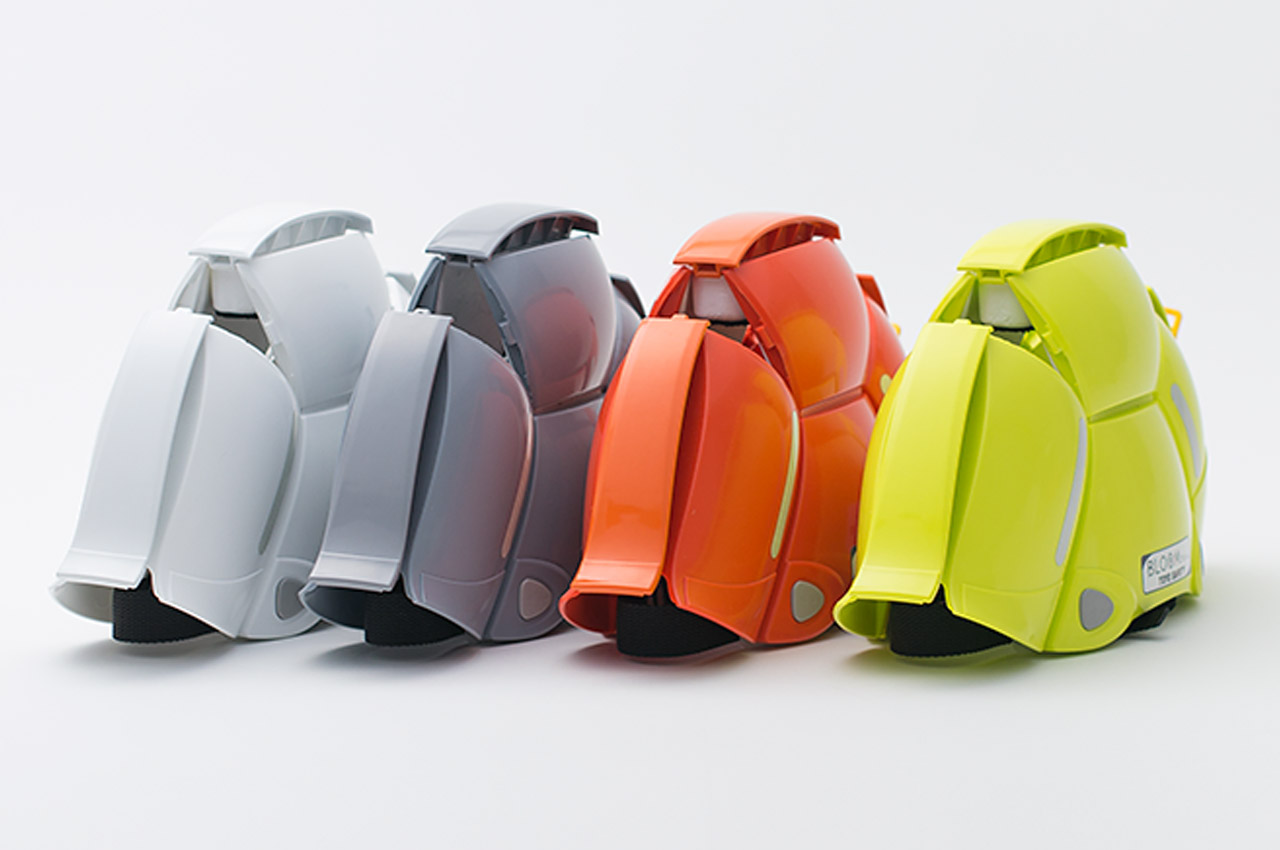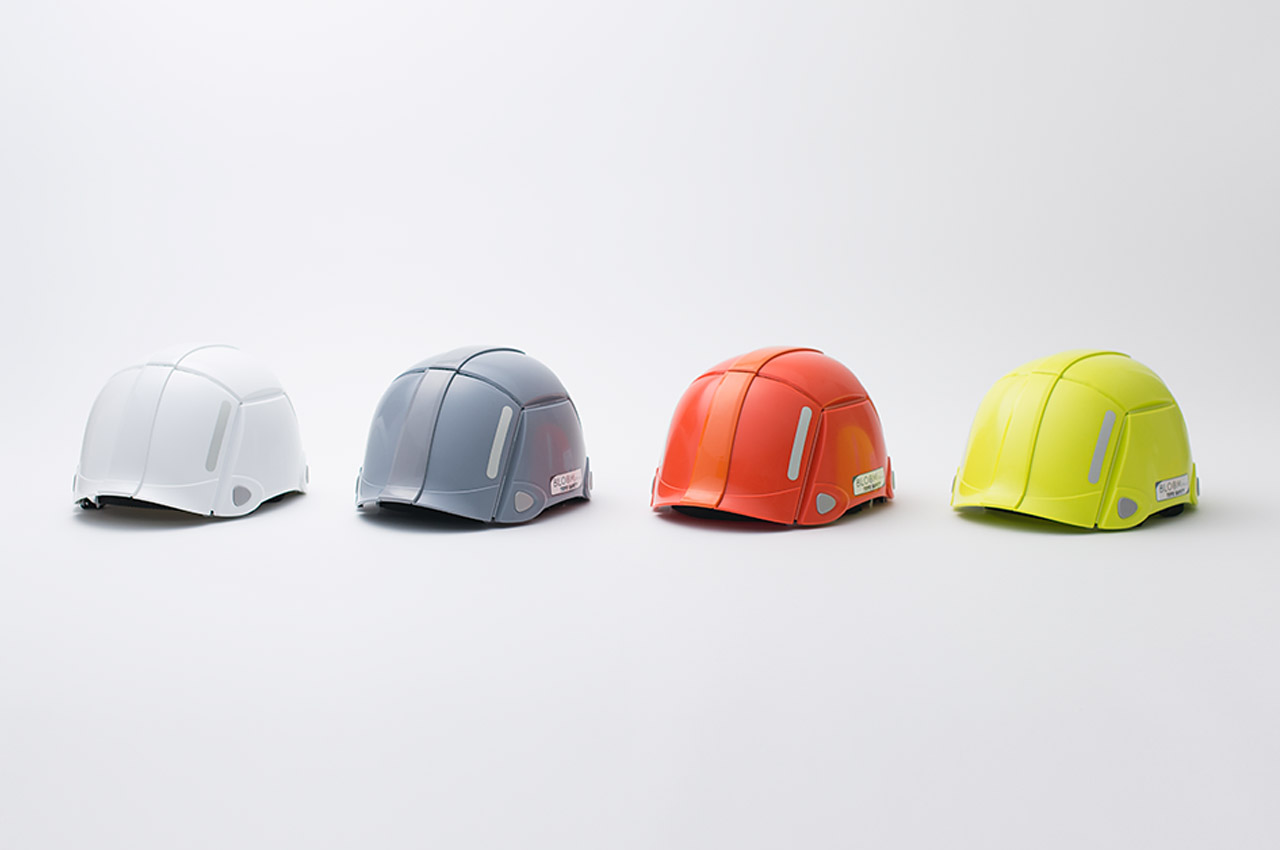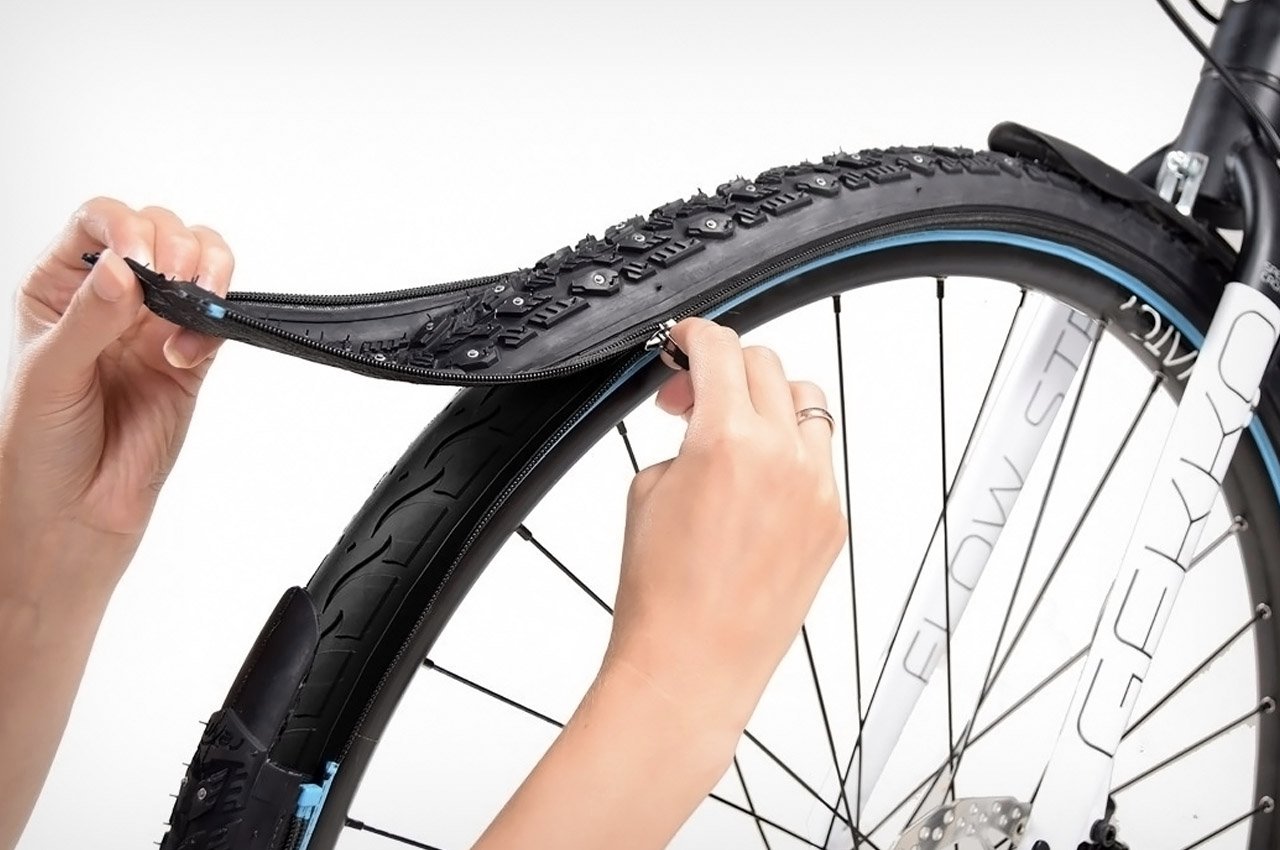
If in this era of pollution, pandemic, and panic, you aren’t already a bicycle person, it’s high time you convert into one! Bicycles are slowly becoming people’s preferred means of transportation. People are ditching the fossil fuel consuming and air pollution causing automobiles for the more eco-friendly option of bikes! Not only are bicycles a boon to the environment, but they also promote good health and ensure we get our daily dose of physical exercise done. In fact, you can even upgrade and amp up your bicycle with some fun and functional accessories! From an ingenious folding helmet to a multi-functional bike lock that doubles up as a taillight and tire inflator – these accessories are the perfect sidekicks to your bicycle!
1. reTyre

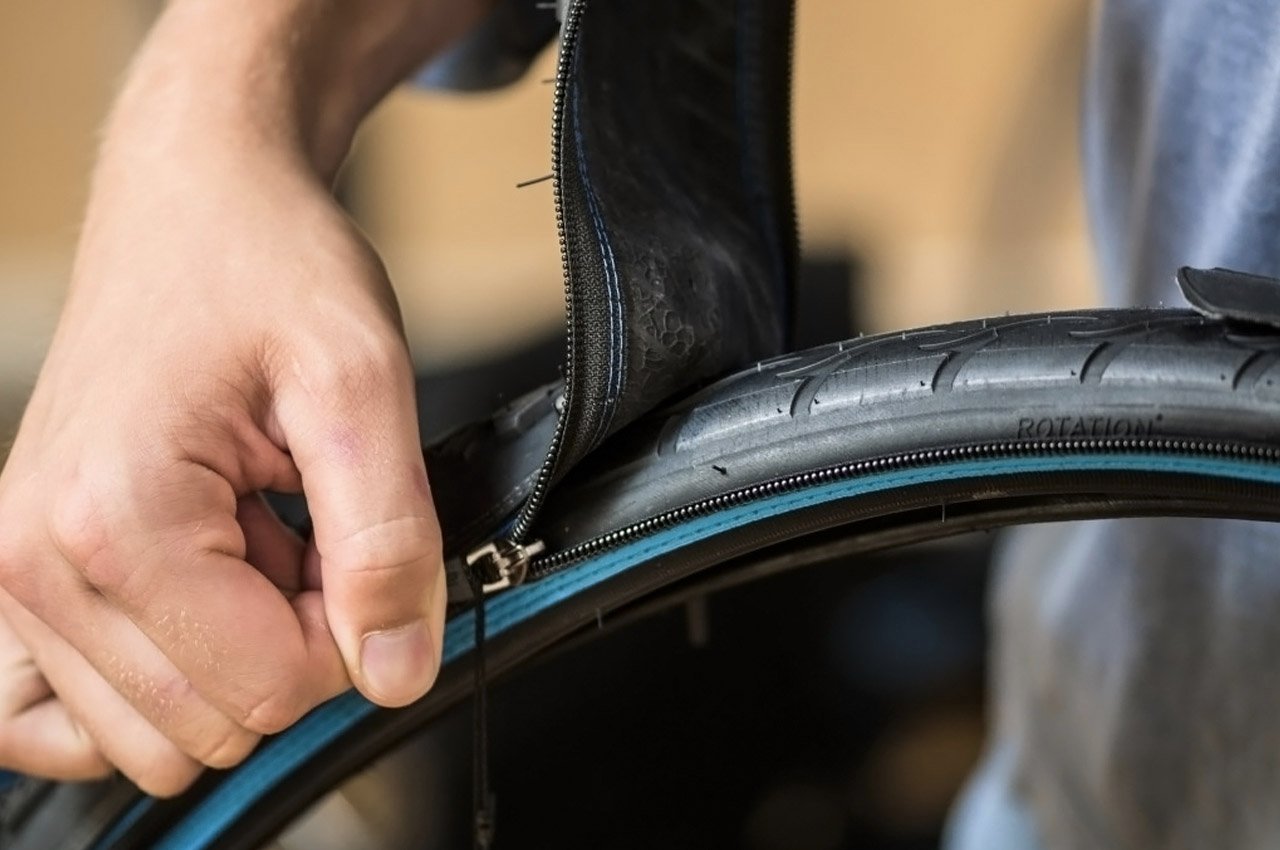
“You’re used to changing your shoes and jacket to match the location or weather. Why shouldn’t you be able to do the same with your bike?” reTyre’s zippable tire-tread system gives your city bicycle the versatility to work off the road too. A simple zipping mechanism allows you to add a secondary, tougher tread on your tires, letting you go from riding on smooth asphalt to traversing through tough terrain. No matter the speed, the distance, or the condition, reTyre’s selection of treads make it the only set of wheels your bicycle needs… and in turn making your bicycle the only bicycle you’ll need too. reTyre’s special bicycle tire comes with a zipper lining and a selection of treads or skins that you can clad on your existing tire. The original tire works great on asphalt, and the wide variety of skins allows you to ride your bicycle on mud, gravel, rocks, or even snow.
2. Folding Helmet

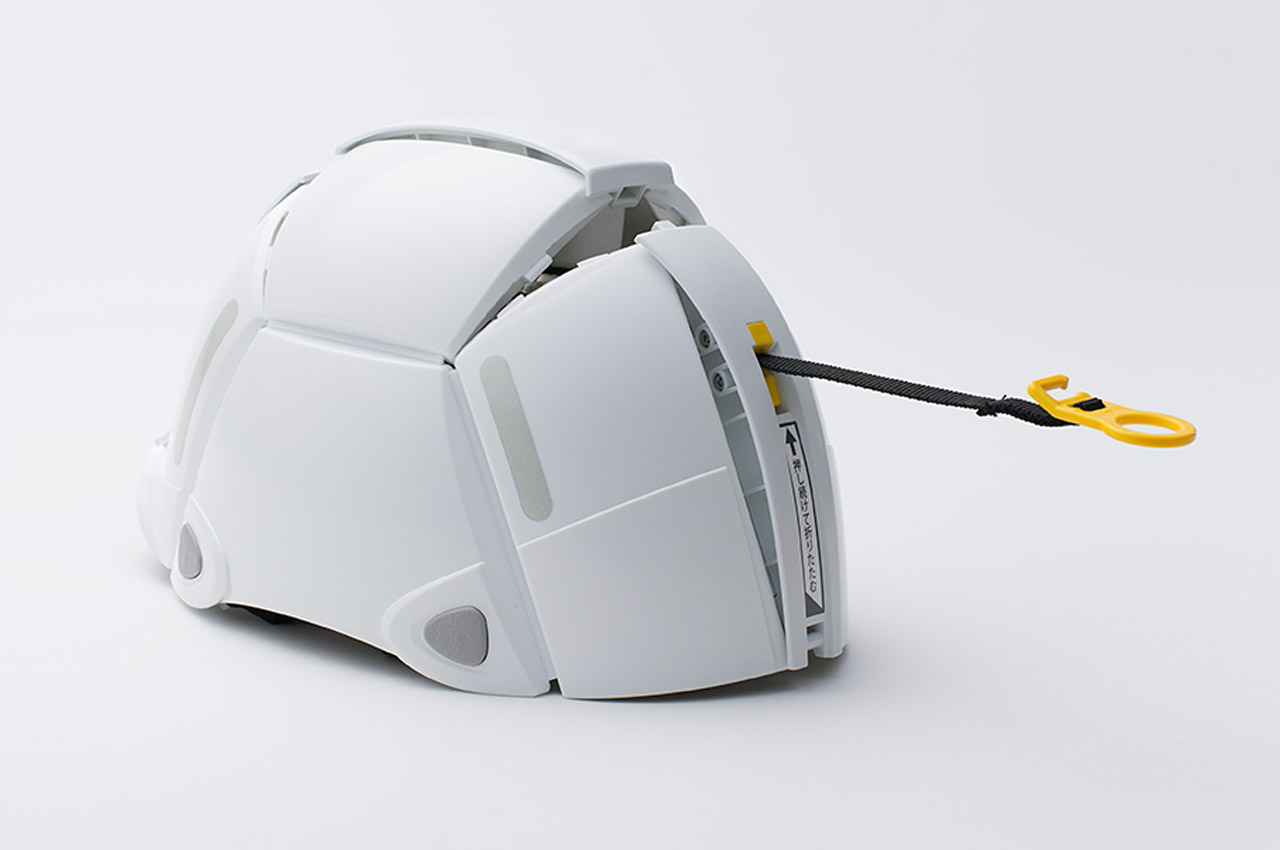
This minimalist helmet keeps things as intended without sacrificing the shape and design. Nor does it make things complicated as far as function goes – thereby, making it a perfect accessory for emergency situations in a wide array of fields. Designed by Tokyo-based R&D Mak, the intuitive design of the folding helmet falls flat like flat-pack furniture. It’s basically a helmet that you can squeeze like a burrito for keeping in backpacks, drawers, or closets. The simple pull mechanism to unfold it is the simplest I’ve seen thus far. To squeeze it to a compact form, just pressing the button on the rear section does the trick.
3. Omnilock
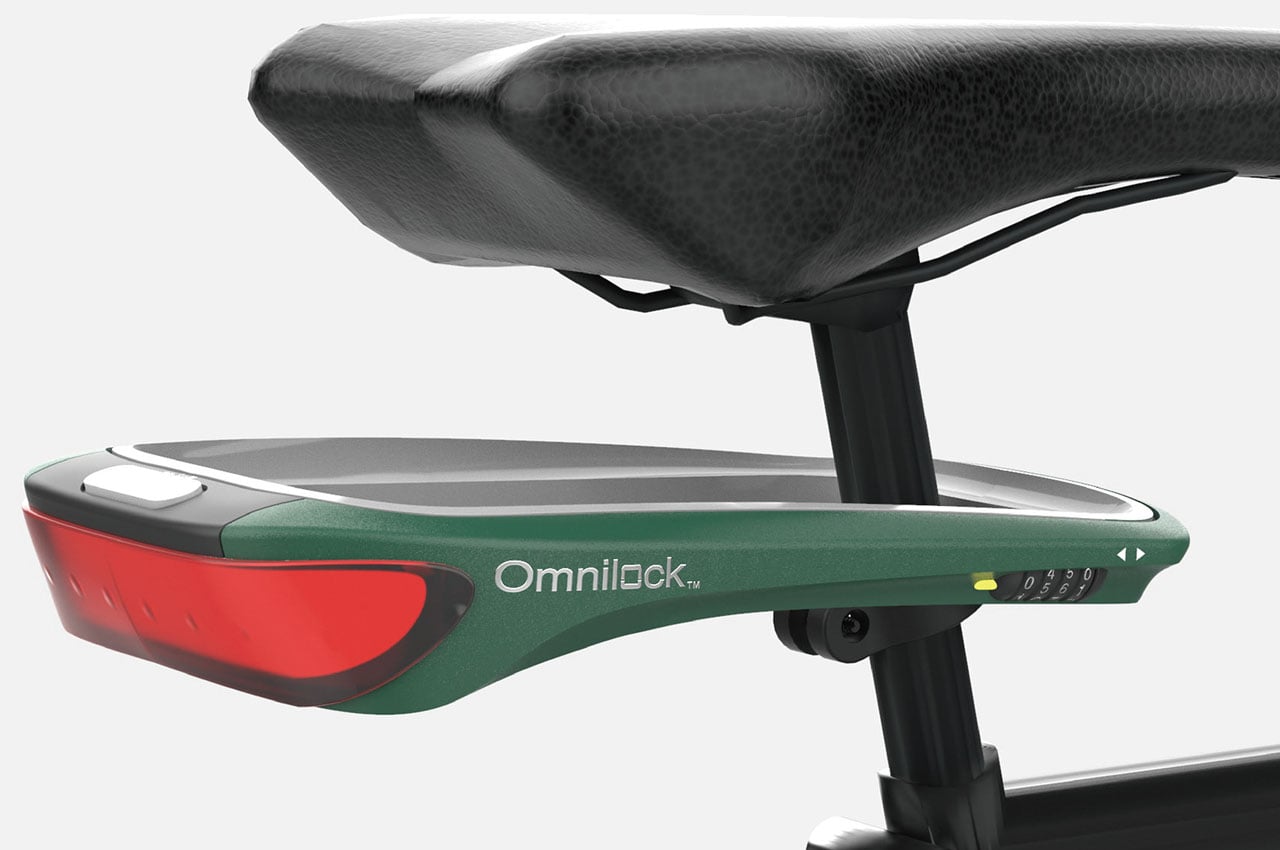
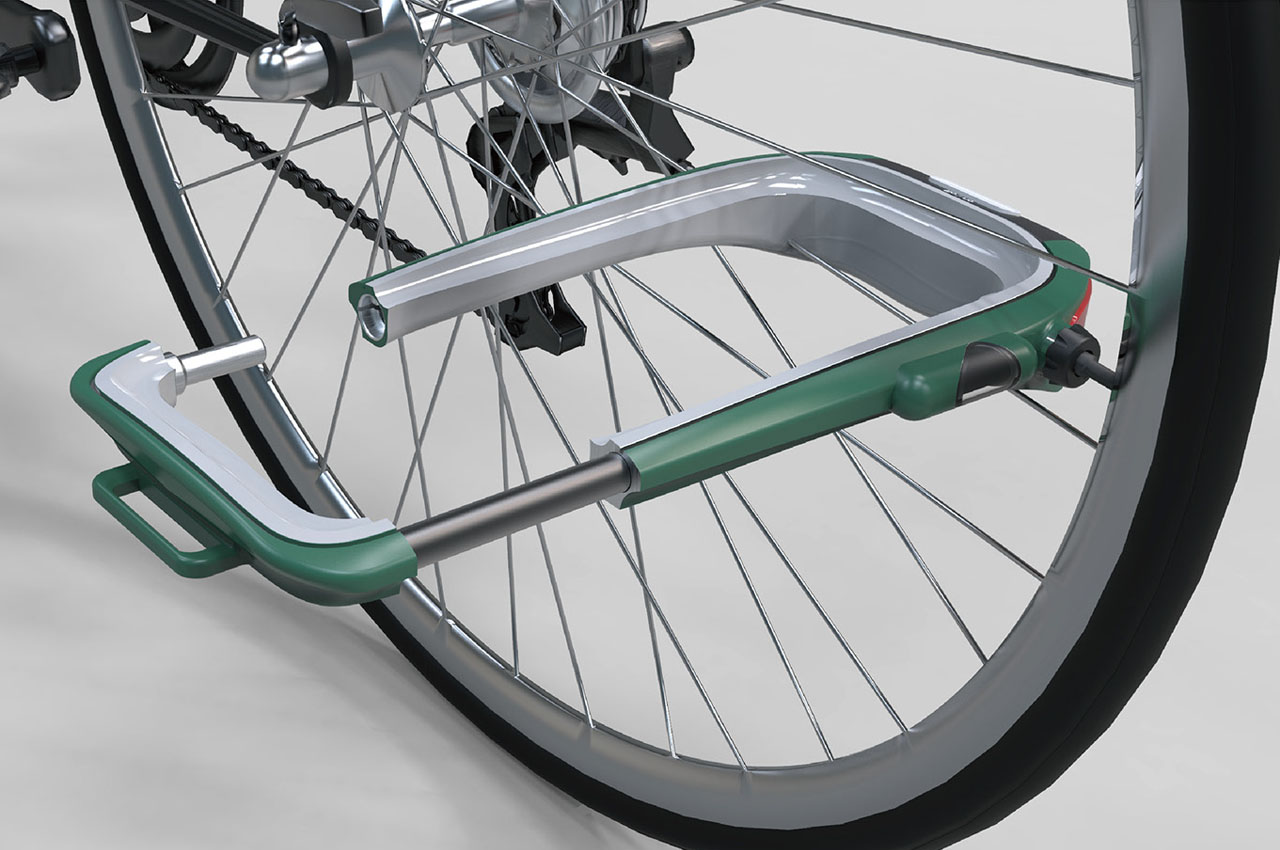
Omnilock multifunctional Bike Lock is a unique bicycle accessory that performs double duty as a bright taillight and tire inflator as well. This multiple utility of the accessory means – the rider has less to worry about – if he/she is an avid bicycle user. Someone who likes to pedal to the mountains or spend a whole lot of time going for extended bike runs in the morning for fitness. Safety is another important thing that the bike lock addresses as the taillight adds another layer of visibility for motorists to take note of when on the go. That means the bike lock sits right under the saddle when in commute, and when you need to park it, simply take out Omnilock and lock the rear wheel.
4. Vento
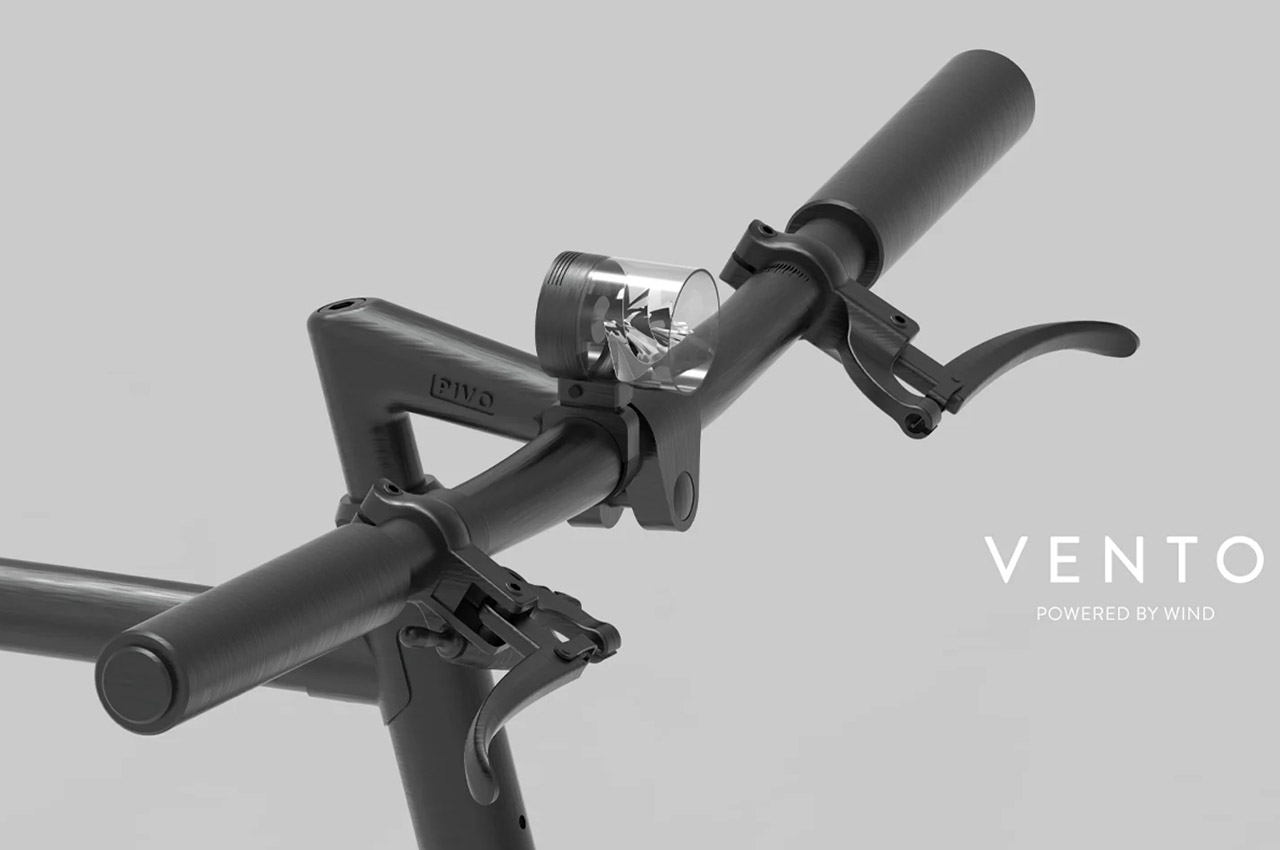
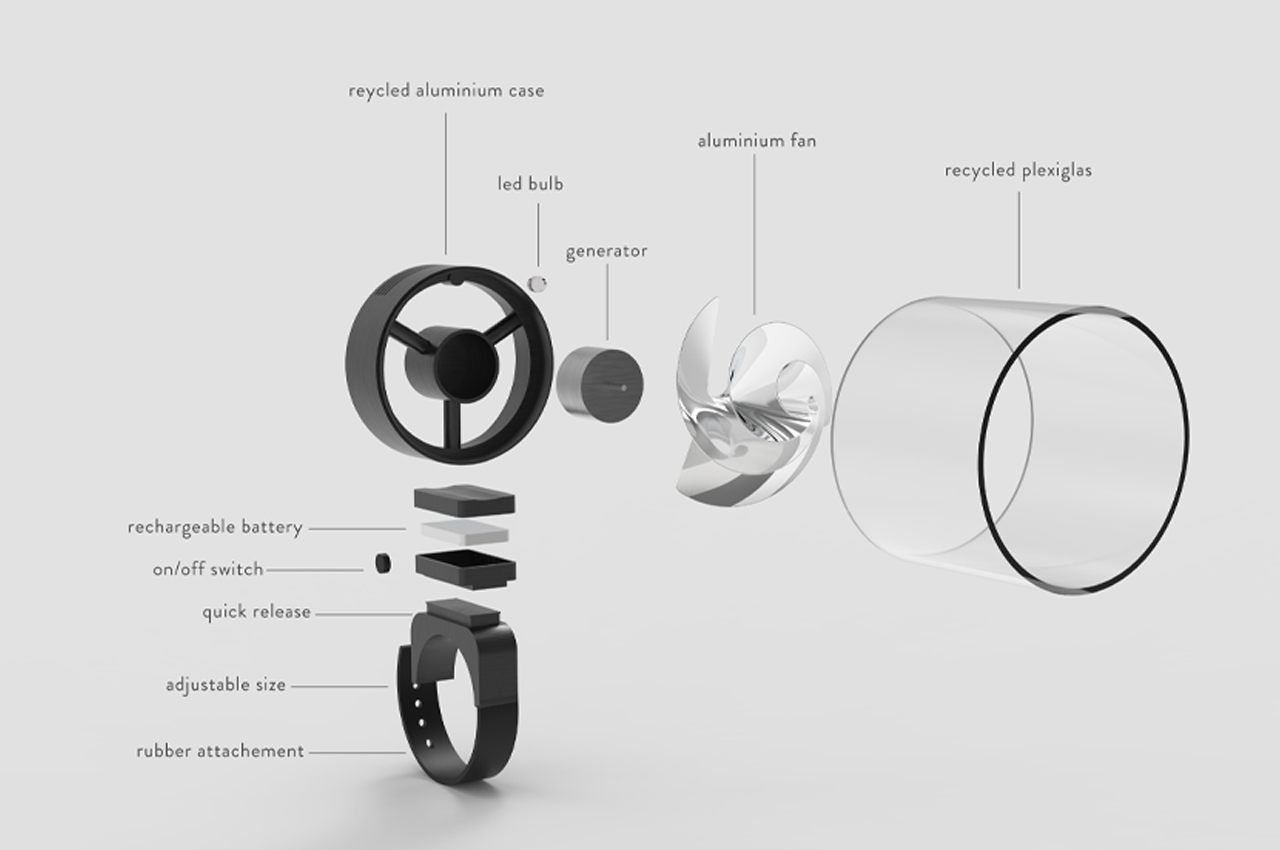
Inspired by his desire “to reinvent the ways we use and produce energy,” on small-scale levels, Vento is not merely a bicycle light, as Bestenheider describes, but “a power plant, a way to question energy consumption, and an object to connect like-minded individuals. Vento is a mindset.” Composed of four main components, Vento is like a miniature wind turbine. Constructed from recycled plexiglass and aluminum, Vento’s microturbine harvests wind energy while the bicycle is in motion. Then, the energy is converted into electricity through electromagnetic induction that takes place in the turbine’s generator. The bicycle light’s battery then stores this energy and the LED bulb generates light. While moving in your bike, the wind is always whipping past you, so the light will always work when needed. Positioned conveniently right between the handlebars, Vento also features on/off and blinking switches for day use.
5. Garmin Bicycle Computer
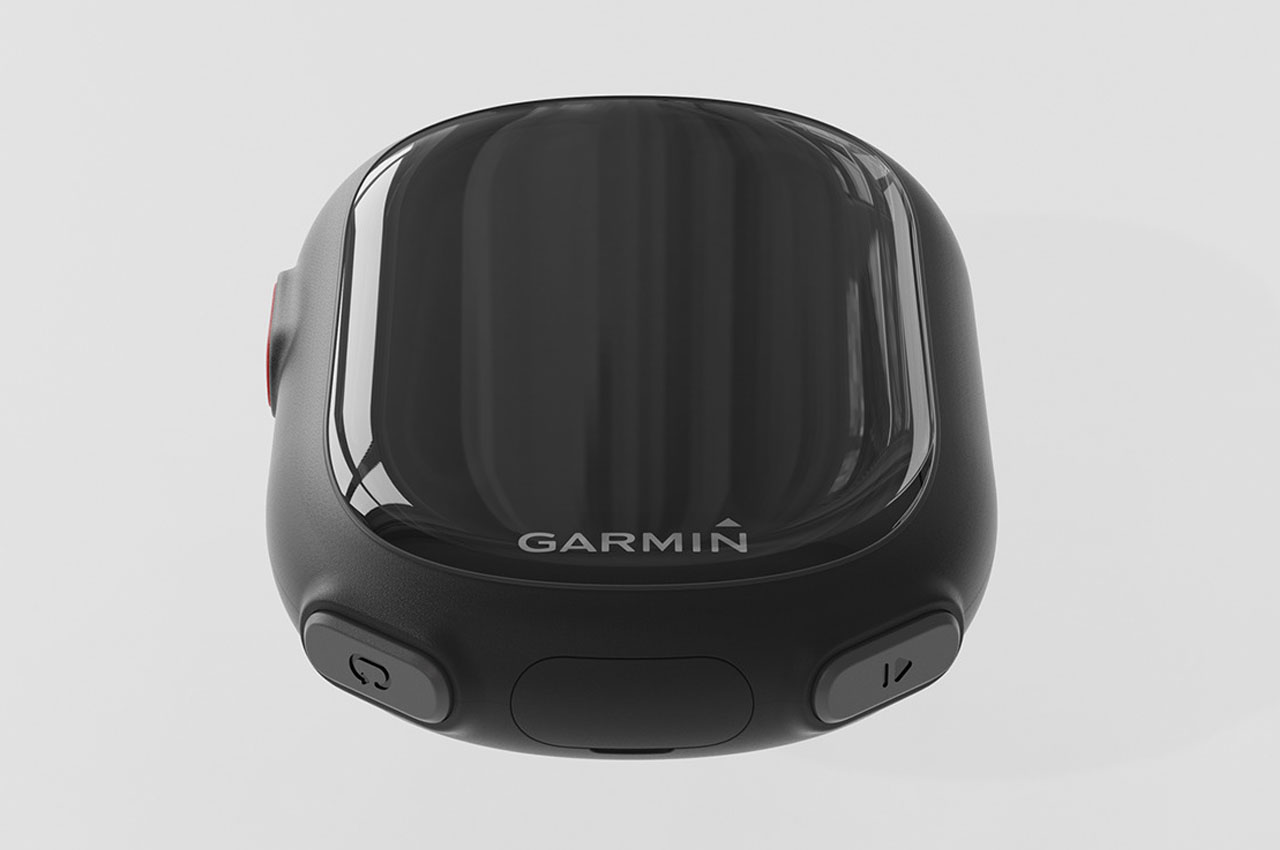
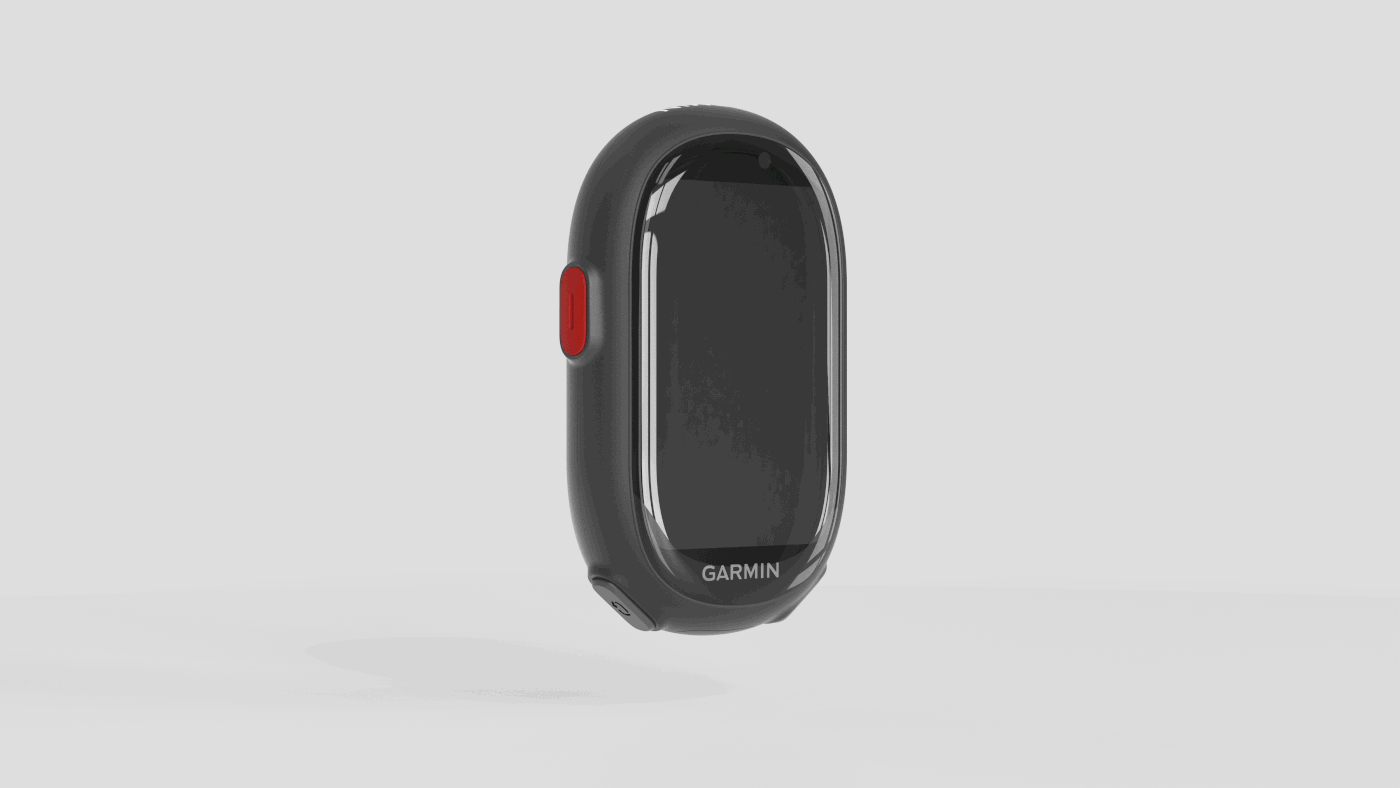
This Garmin bicycle computer takes a detour from the design language for the brand’s current line-up of Edge GPS bike computers for bicycle riders. Industrial designer WuShuai has thought of a refreshing design for the next Garmin computer for your ride to next get stranded on any hiking trail. His design has a more contoured aspect to it, the convex display is a telltale indicator of the fact. Being a bike enthusiast himself, Wu wanted to create a softer design language for a future Garmin Edge product. However he himself admits that the screen is more susceptible to breakage in this new form if there is an accidental fall. That’s a story for another day if this design is referenced by Garmin for consideration.
6. The LingMou
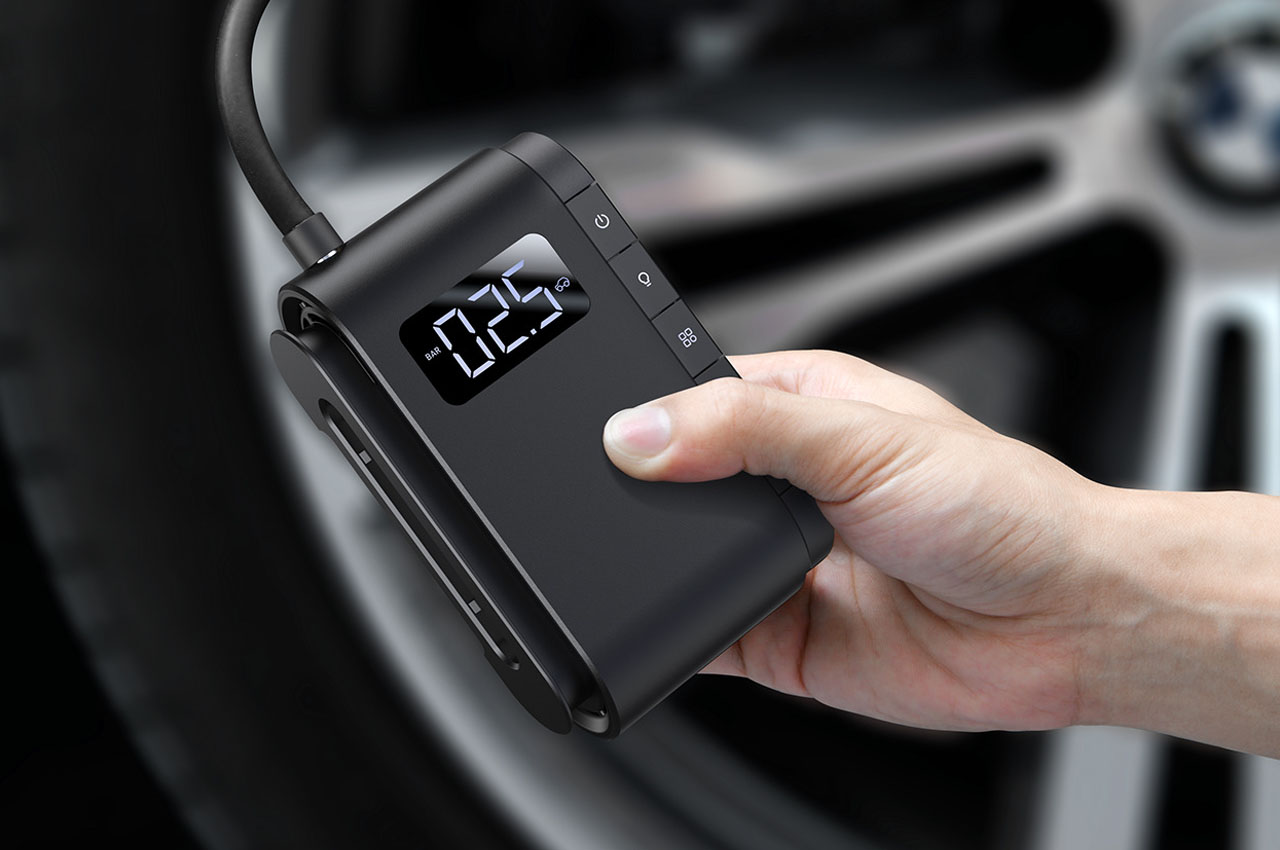
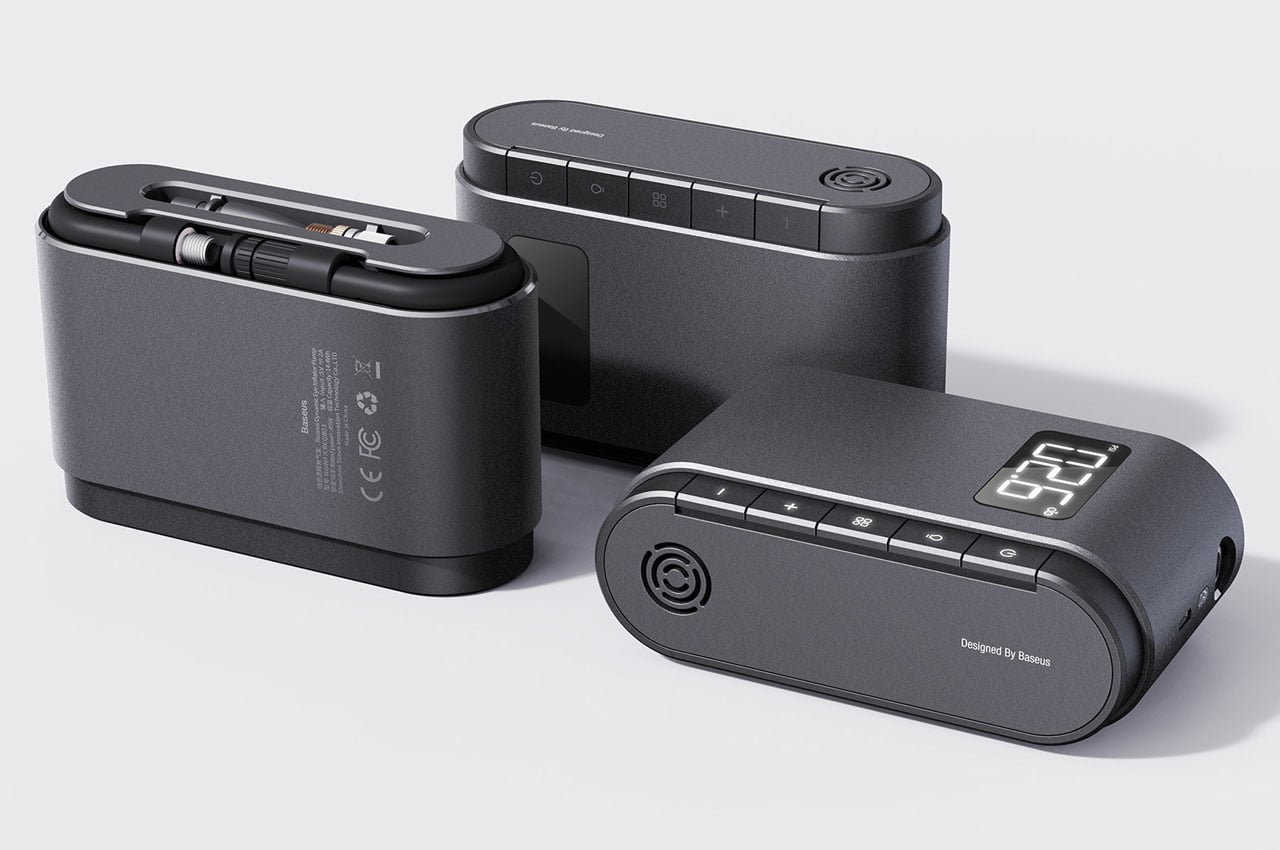
Meet the Lingmou intelligent portable air pump designed by Yifanzi J for awkward situations on unknown roads. Keeping in mind that motorists need to keep a check on their vehicle’s air pressure levels in all the tires, the portable air pump is a must-have without any questions. Tire bursts on freeways account for accidents, and no one wants to jeopardize their, as well as other motorist’s lives, do they? This proposed concept design is meant for Generation Z who like things as simple and time-saving as possible – not to forget the styling quotient.
7. Ray
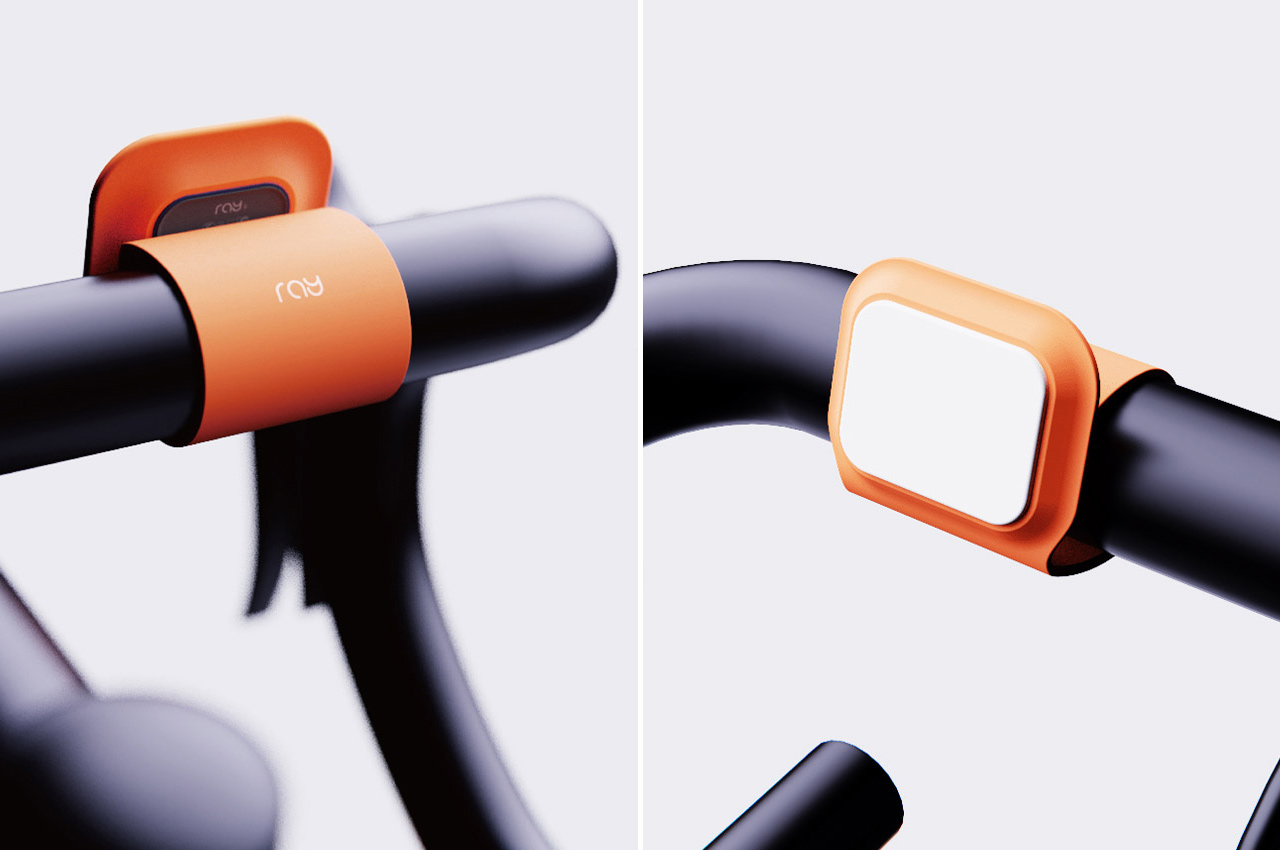
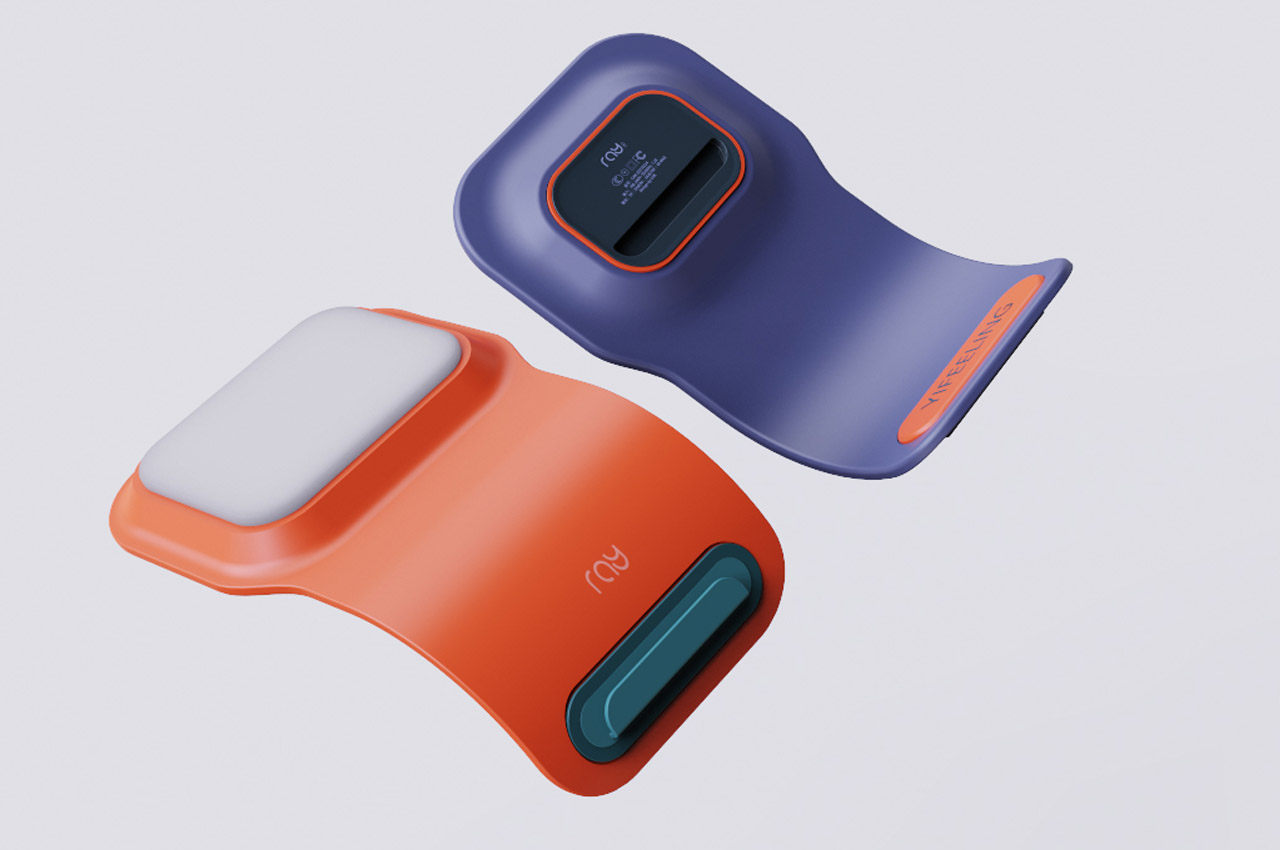
Cha Hongkun, a designer from China has pondered over tweaking the design of a portable light to an extent where it addresses an even wider array of activities. Cha calls it the “Ray” – an outdoor accompanying portable light with a never before seen form factor. It’s essentially a wide strap that can be hooked onto your bike, backpack, or anything one can think of. It goes without saying – Ray is an outdoor essential accessory that’ll never let you down. The ease of use and portable credentials make it one accessory I would want in my absolute essentials for a trip anywhere. The portable LED light can be charged with a USB-C compatible power bank or via a wall outlet. What’s got me hooked on here is the cool choice of colors the designer has penned for Ray.
8. Airban
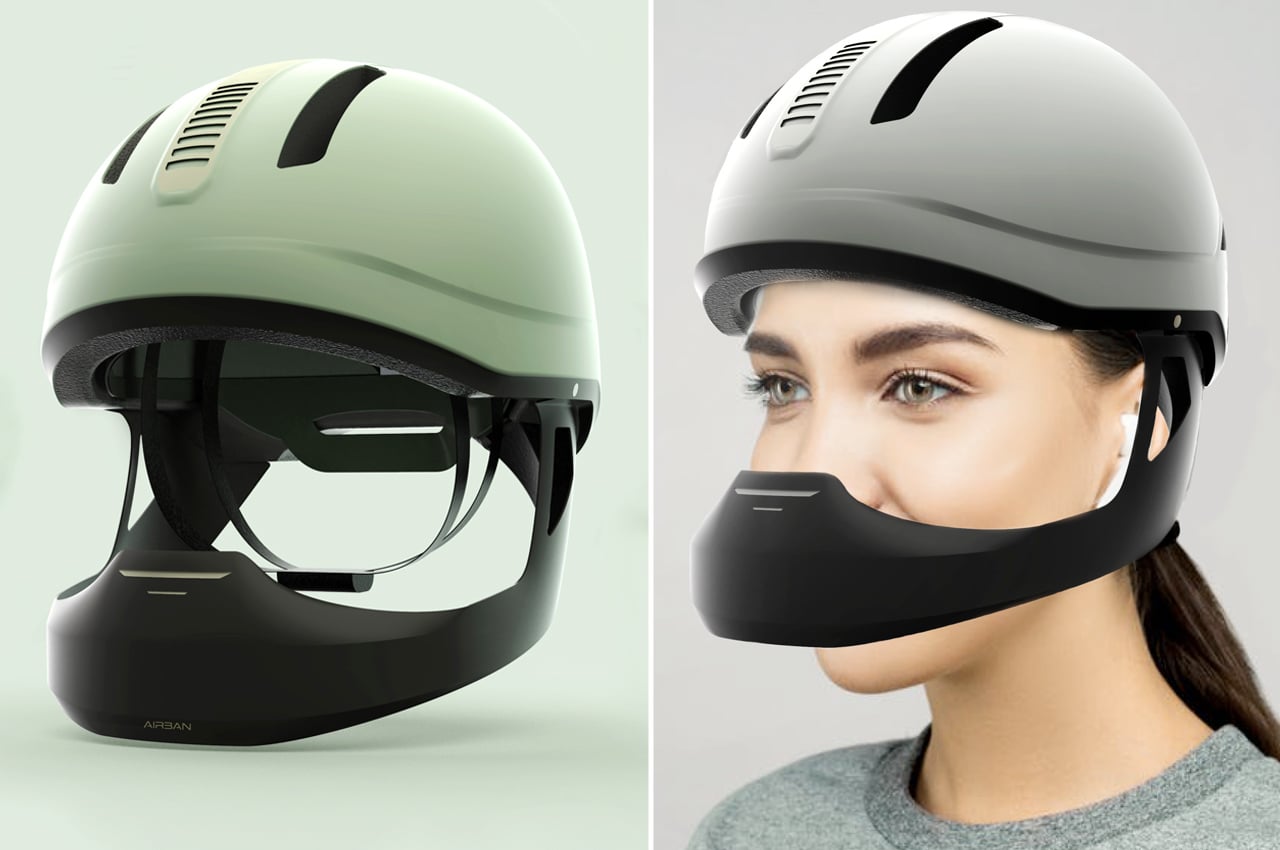
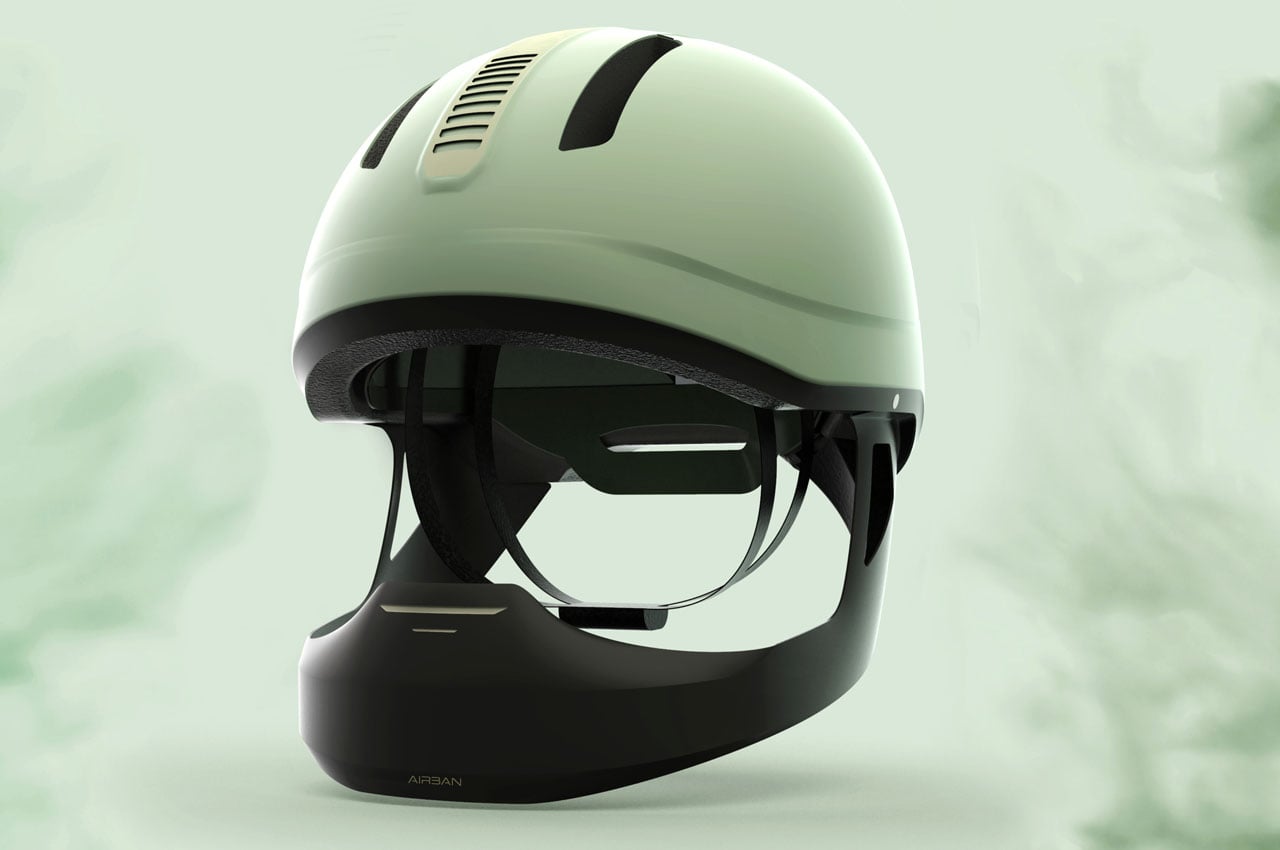
Christened Airban, the urban bike helmet aims to take on the unavoidable air pollution crisis. The advanced helmet sucks polluted air, filters it, and then beams pure air onto the fixed face shield that’s at a slight distance from the face. As the rider keeps moving forward, the air passes through the front vents on the front and enters the air channel. Simultaneously air is drawn from the rear via a small brushless fan that projects the air to the breathable position. Air entering the Airban helmet from both these channels is filtered through the HEPA filter which removes 99.97% of 0.3 μm particulates. The activated carbon layer eliminates any smoke, odors, or other pollutants – therefore, beaming the rider with clean air even in the most polluted environment.
9. NASA-inspired Airless Bike Tires
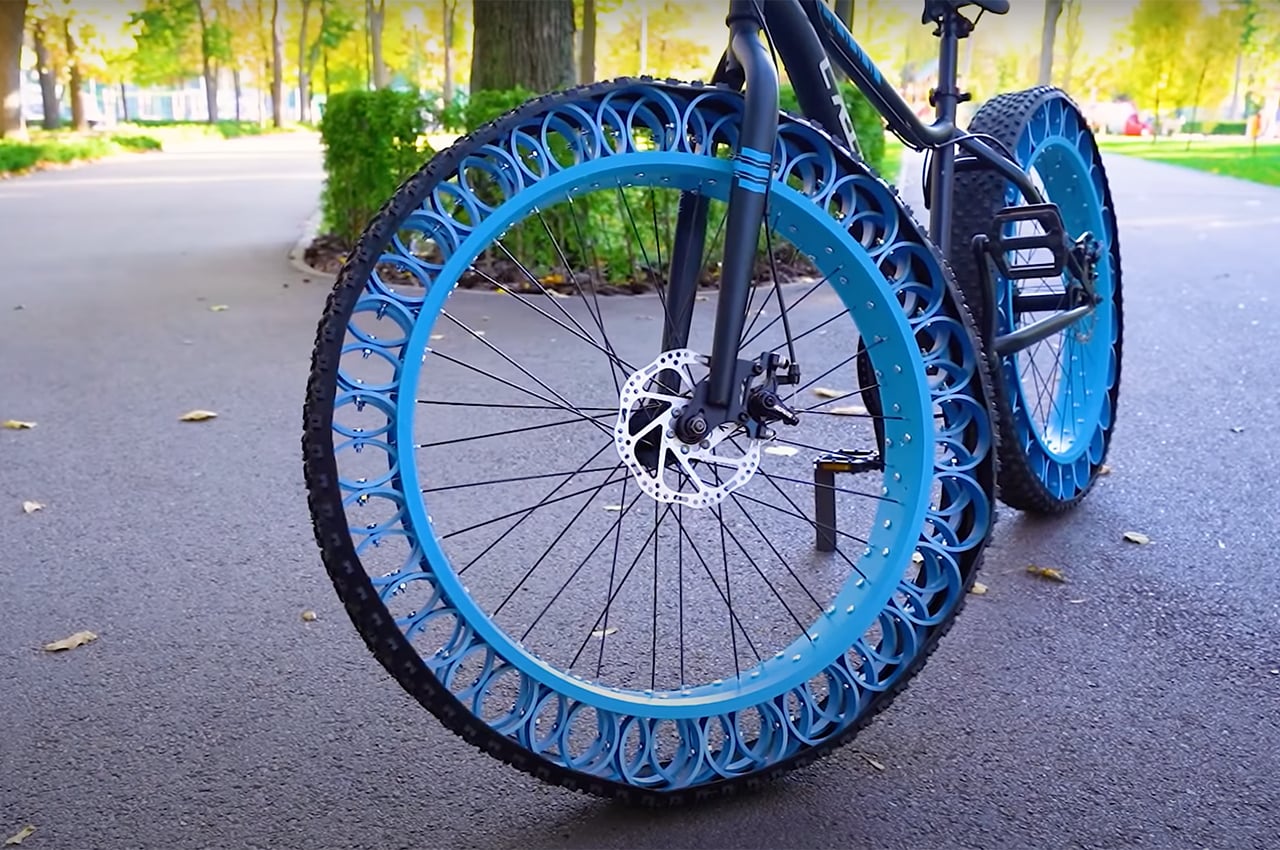
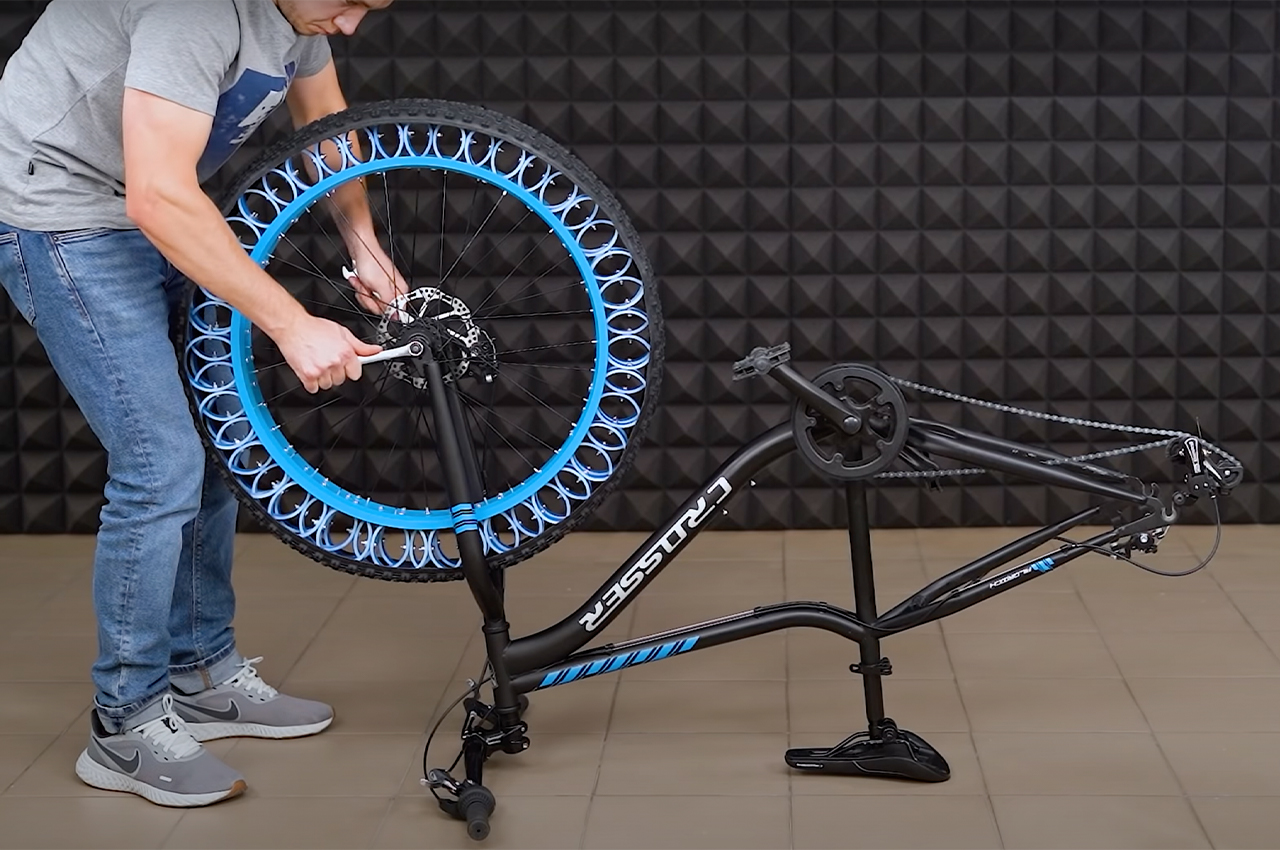
No one wants a flat tire while mowing the lawn or playing golf and the chance for a flat tire is far higher in places like construction zones and building demolition sites. It makes sense that some vehicles prioritize airless tires and some don’t, but what about bicycles? The Q, popular science and DIY YouTube channel, asked the same question and looked no further than an old PVC pipe and some nuts and bolts to answer it. Before constructing his airless tires, The Q was sure to pick a PVC pipe that had enough density to support a rider and ride well on different terrain. Settling on a ½” thick PVC pipe, The Q then sliced the PVC pipe into two-inch wide rings. From there, the DIY YouTuber connected all of the rings into a single link after drilling three holes into each and joining them together with nuts and bolts.
10. The BUCK

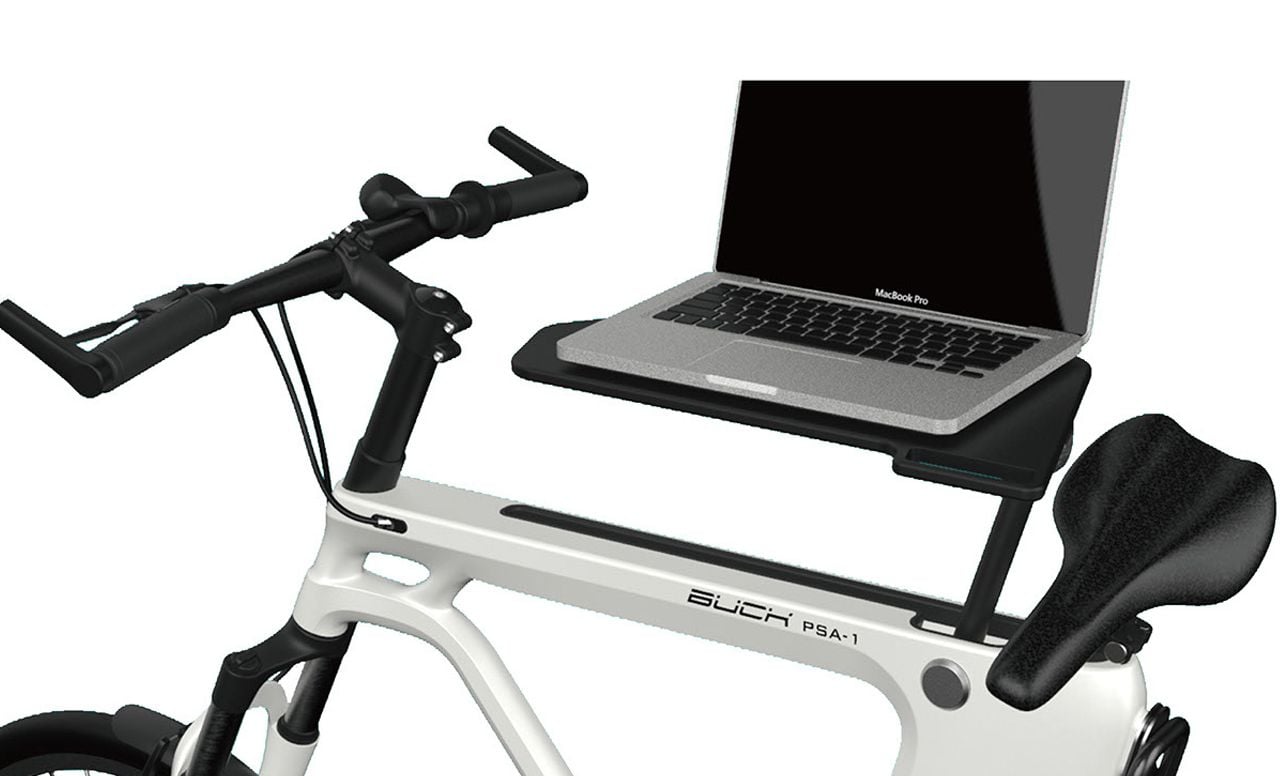
This bicycle has a super cool accessory attached to it! The BUCK electric bike has a laptop stand that elegantly conceals beneath the bike frame when not in use. The moment you need to perform an important task – just park the bike, swivel the laptop stand in position and your mobile standing workstation is ready. You just have to slide it out of the bike frame’s section and attach it to the saddle which can be moved to a 90 degrees position to give up space for the stand.
The post Top 10 bicycle accessories trends of 2022 first appeared on Yanko Design.
